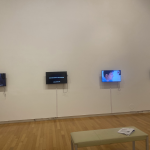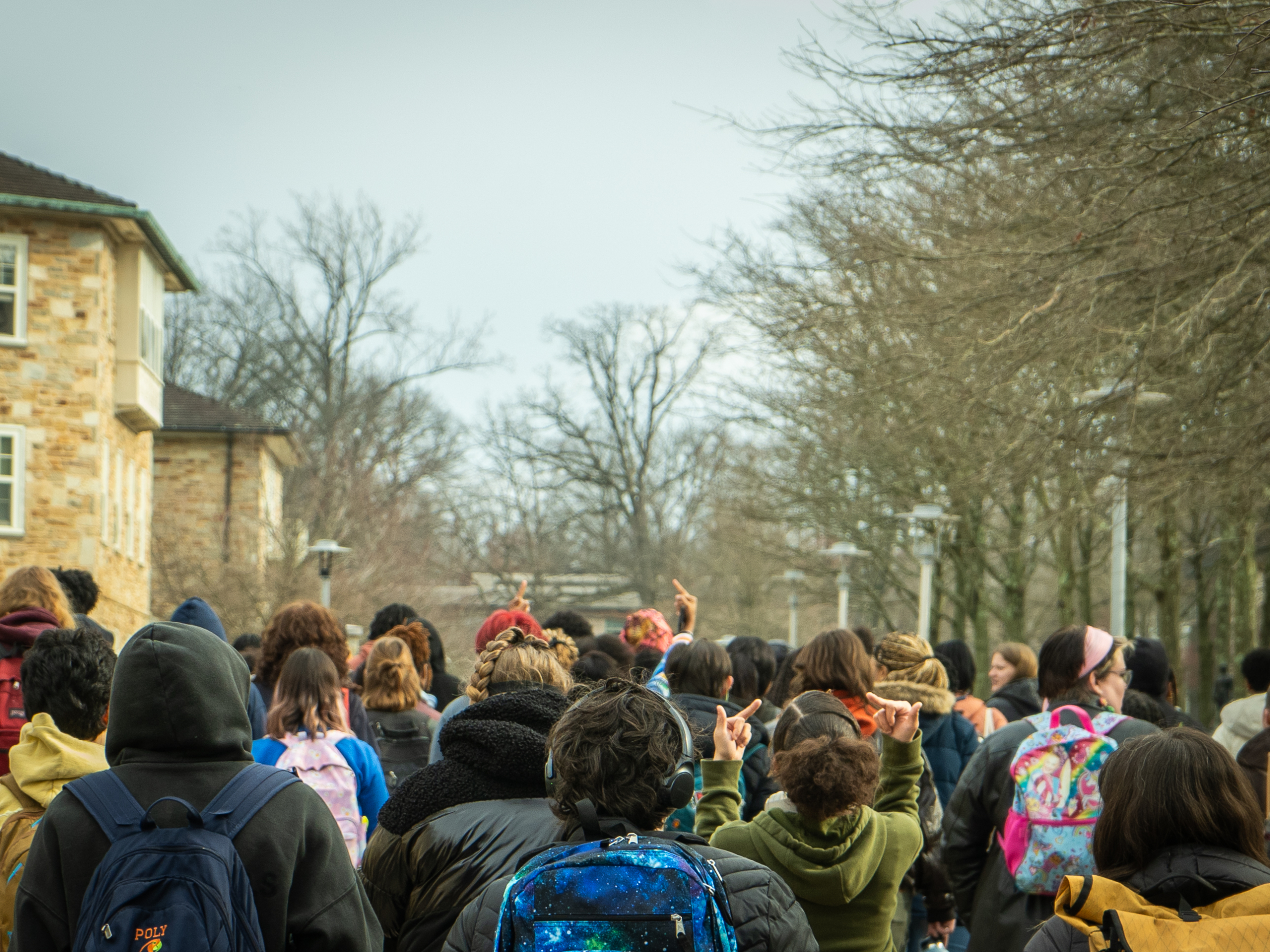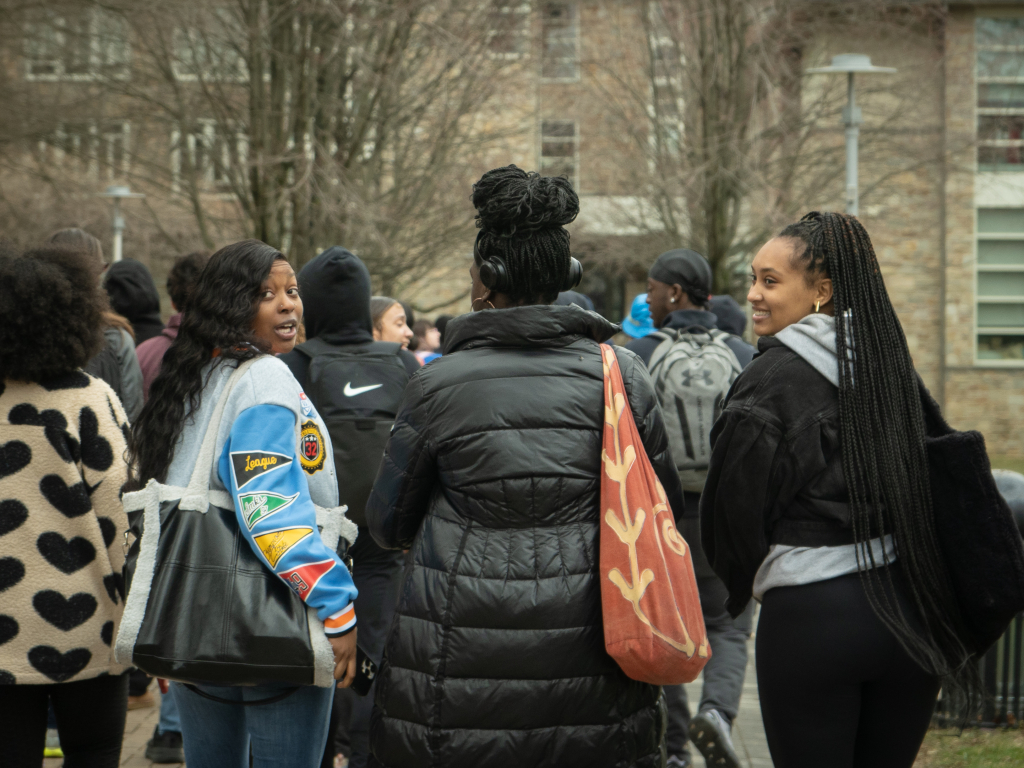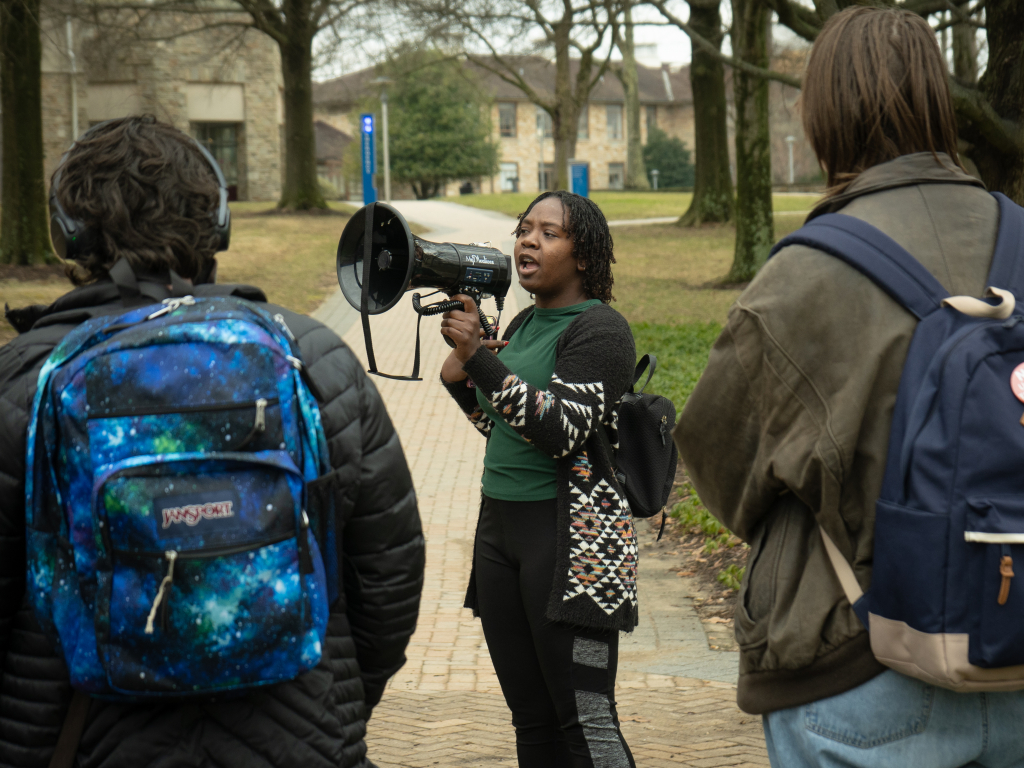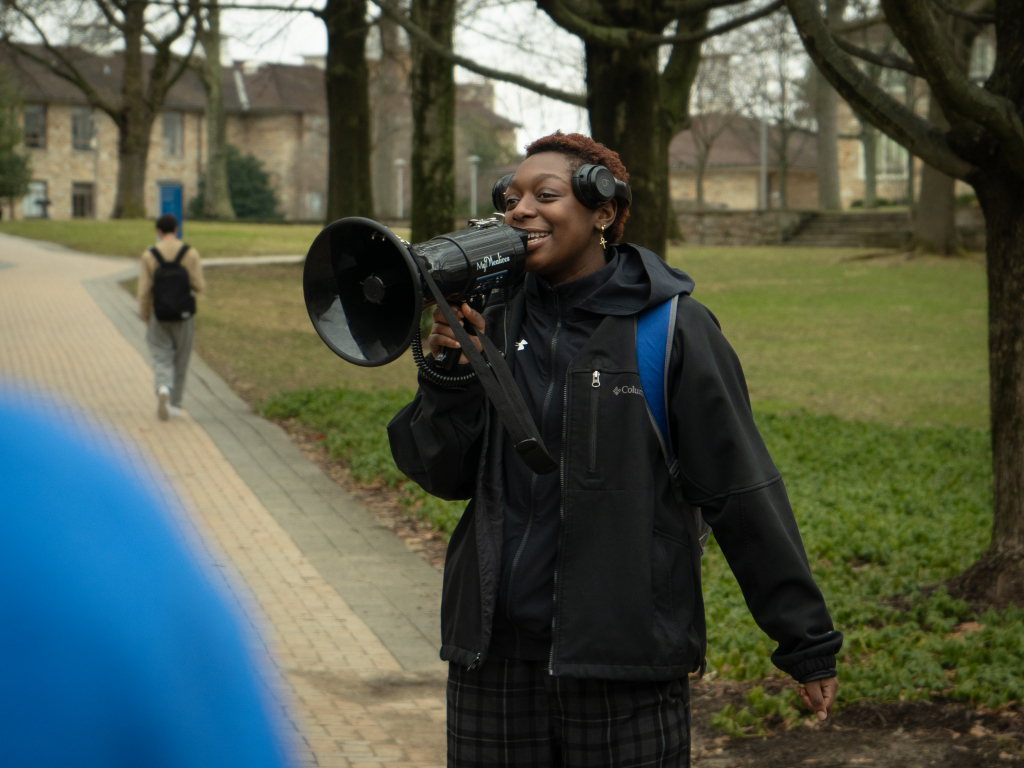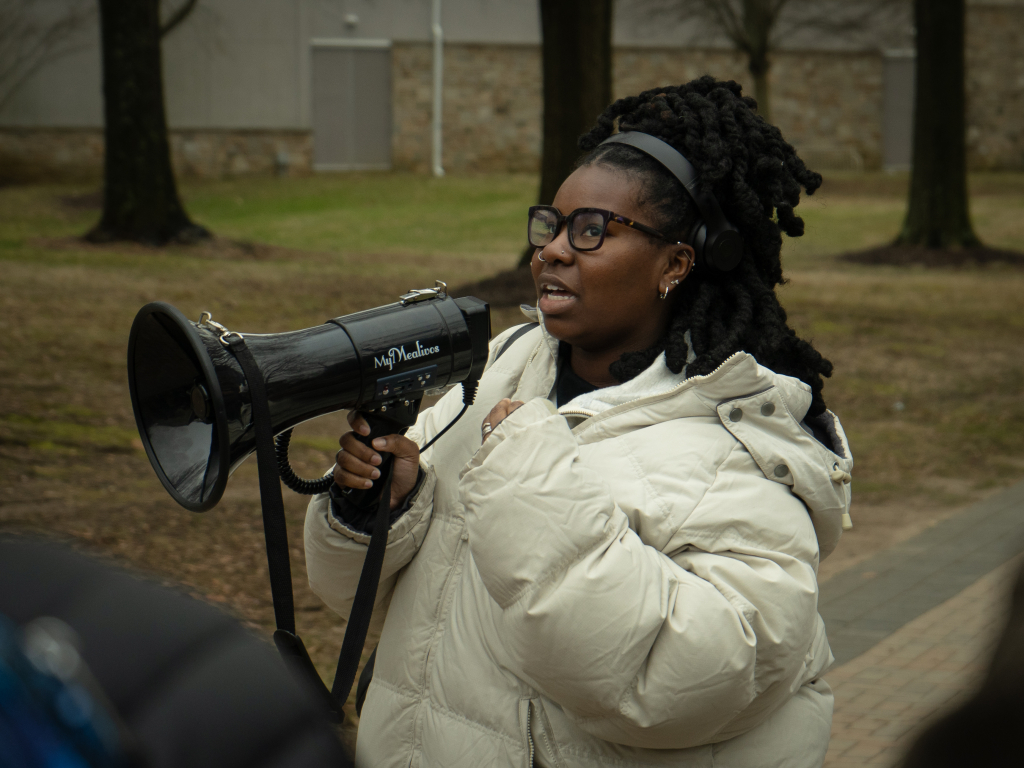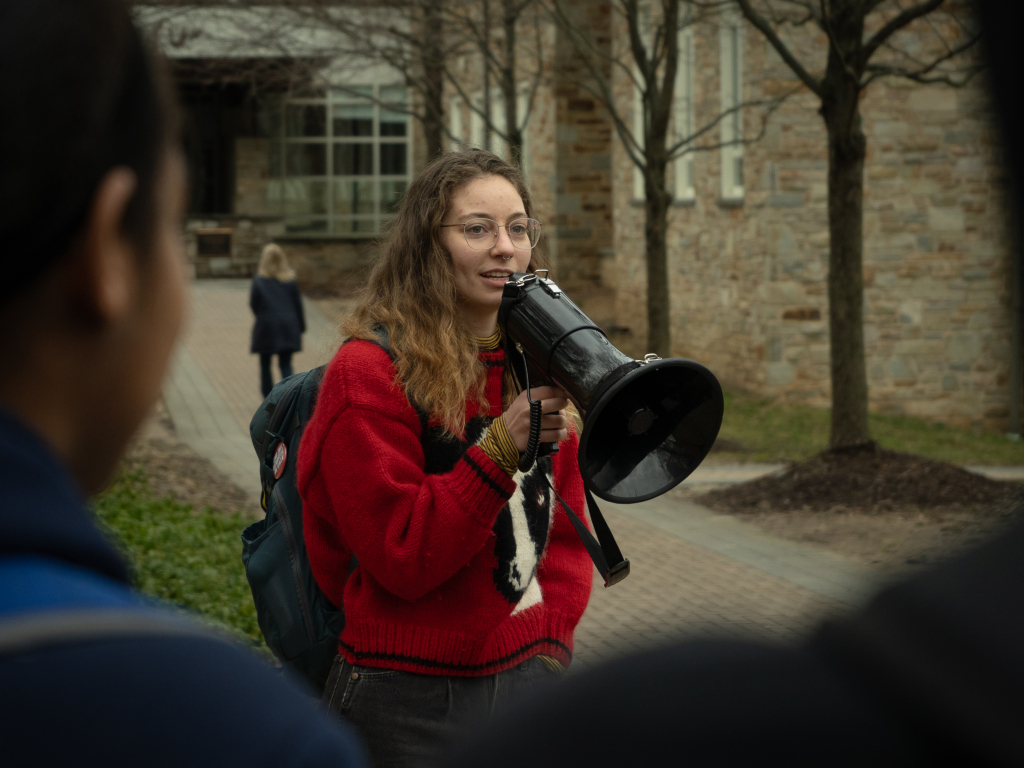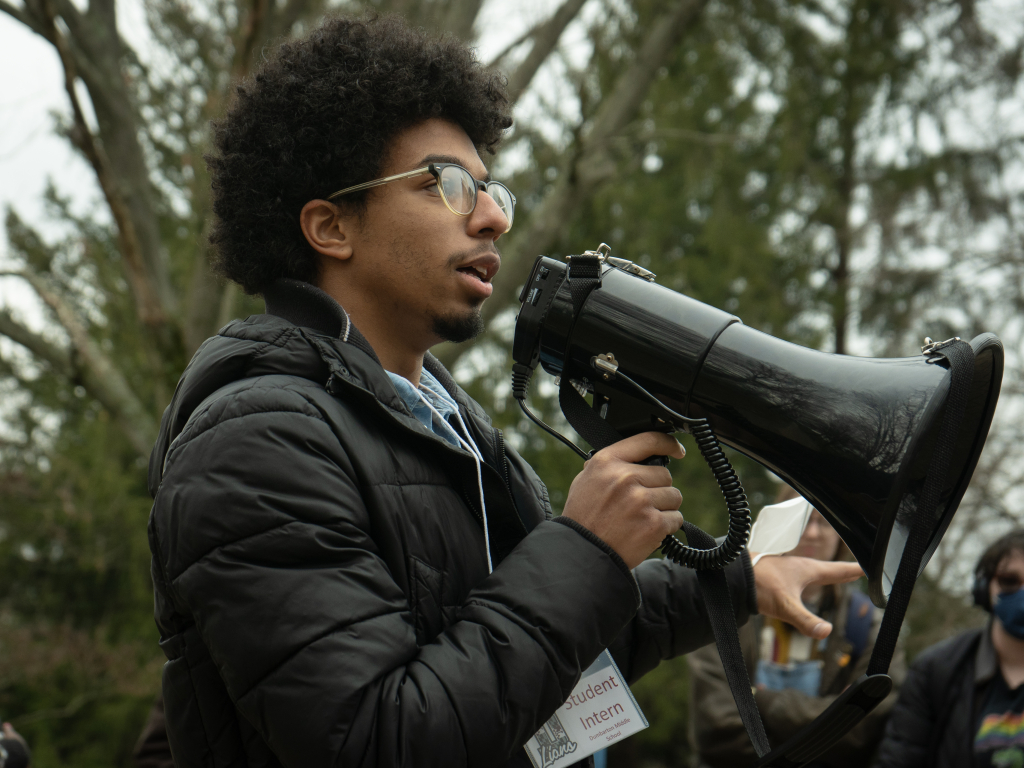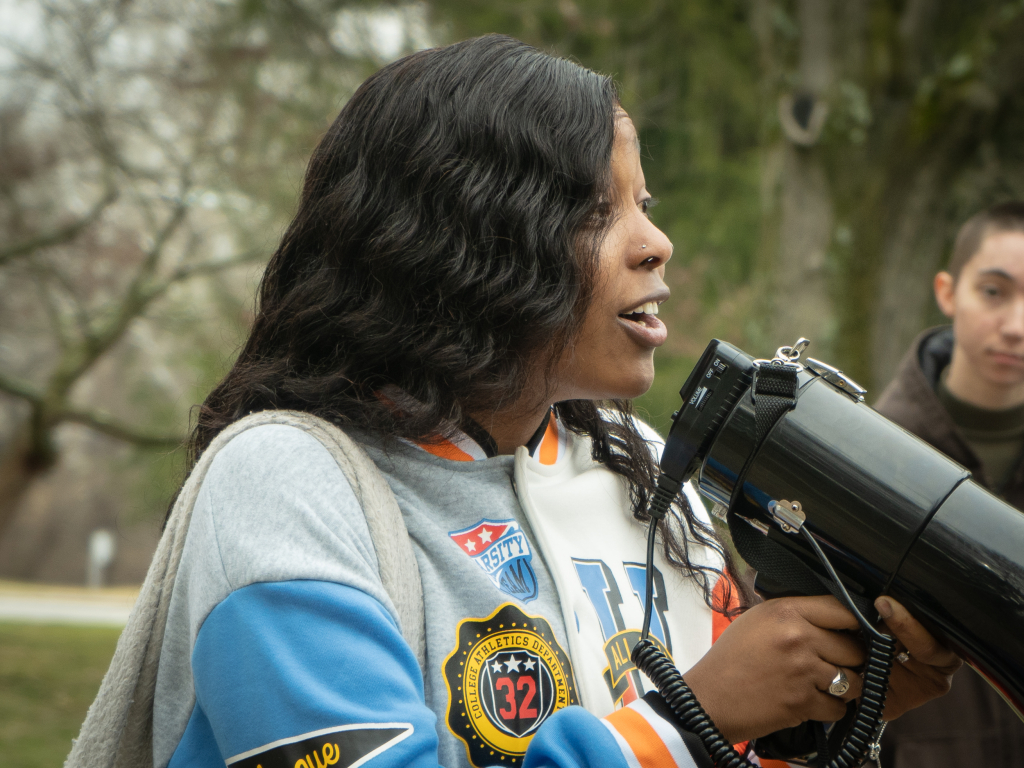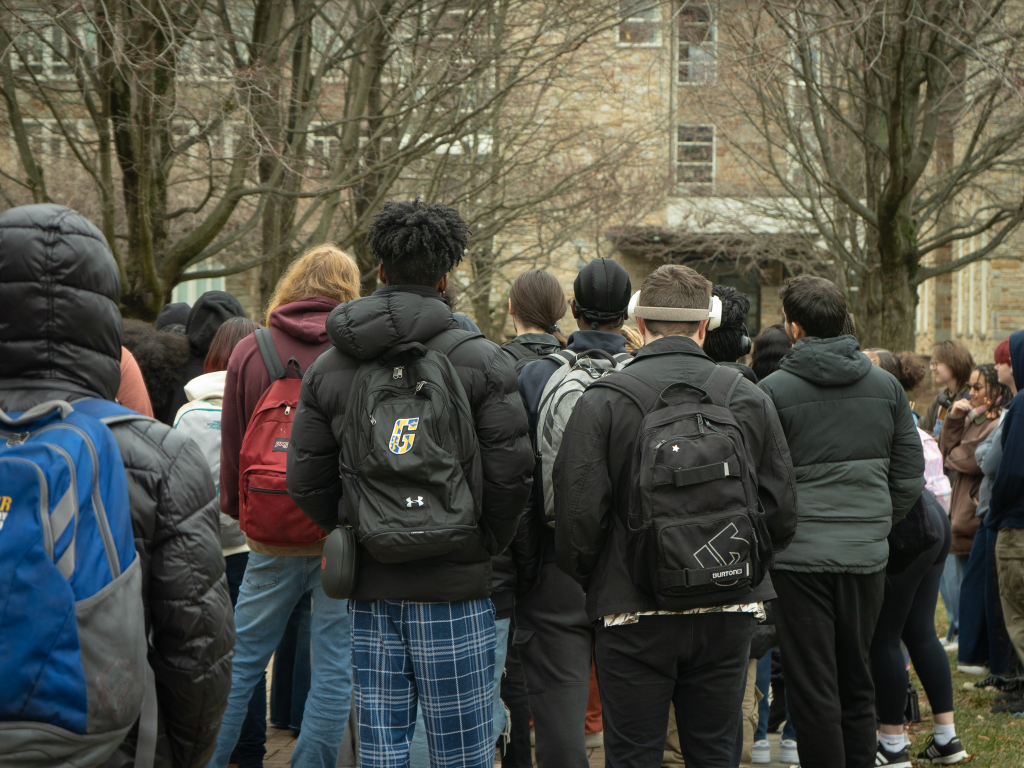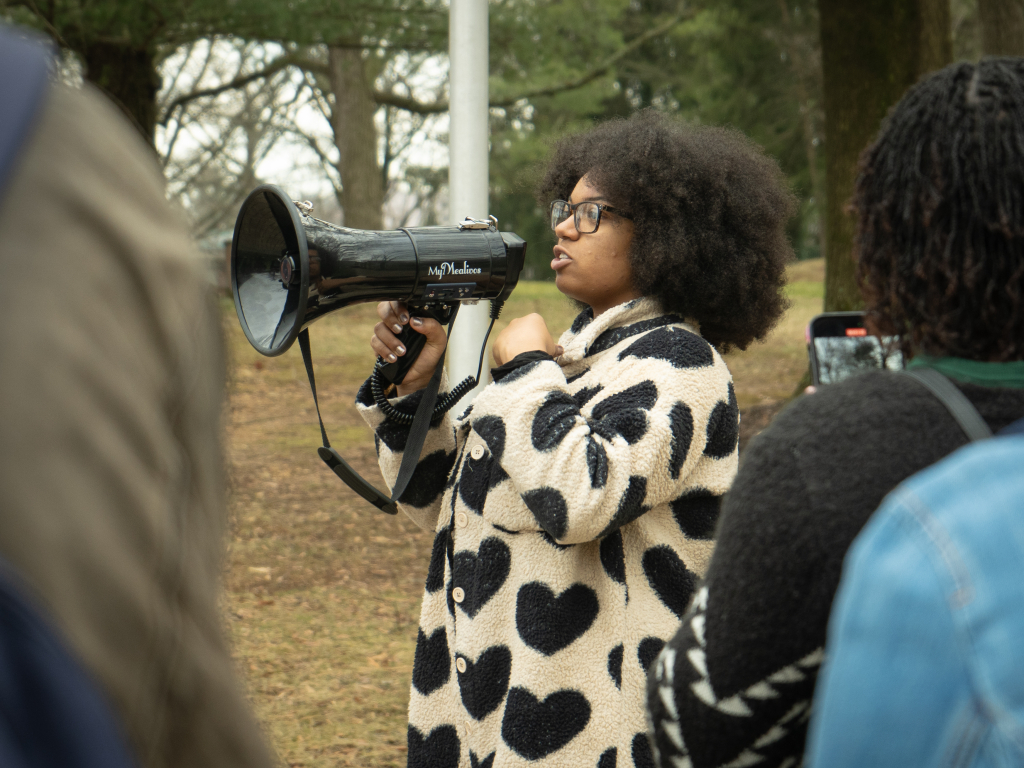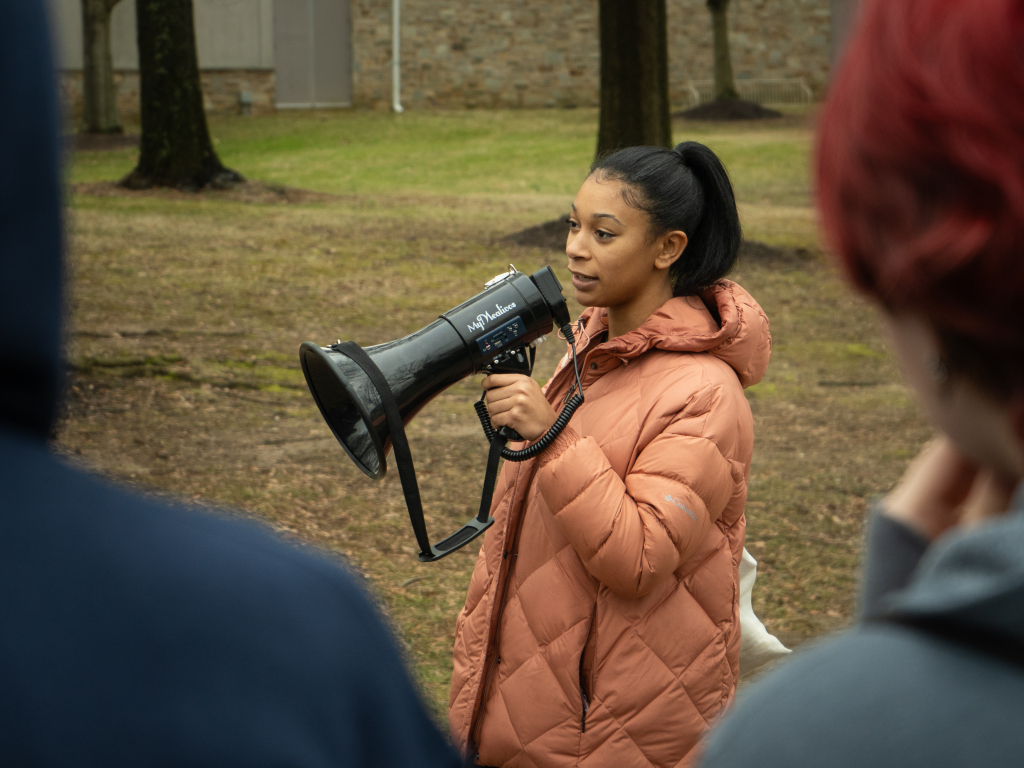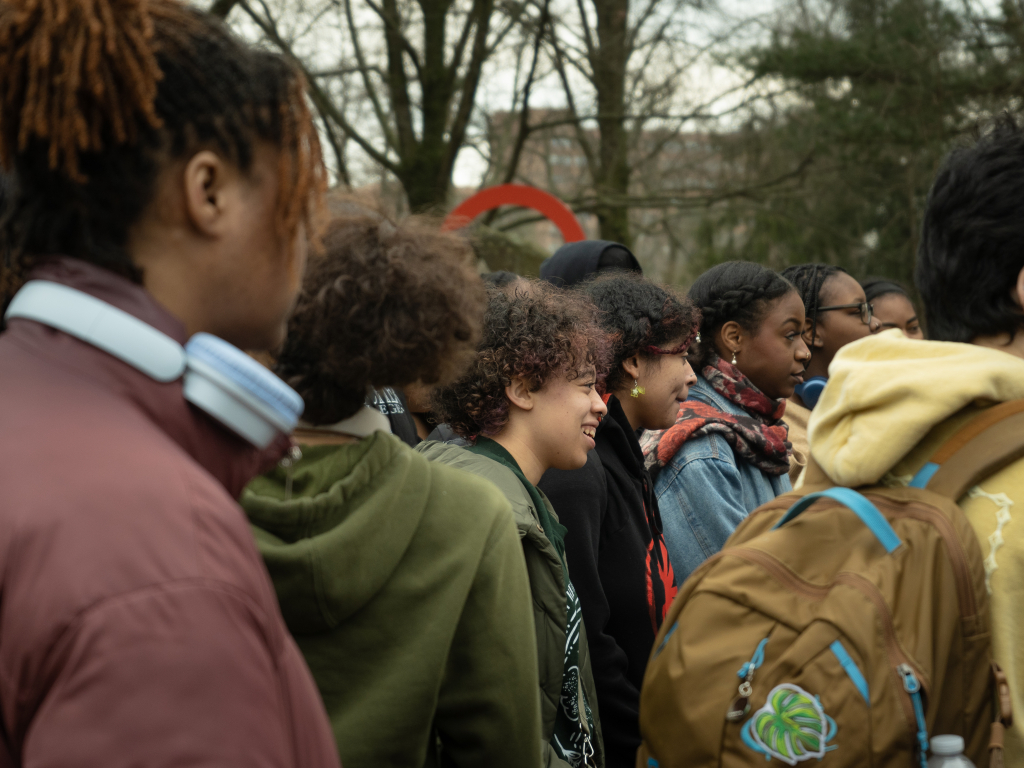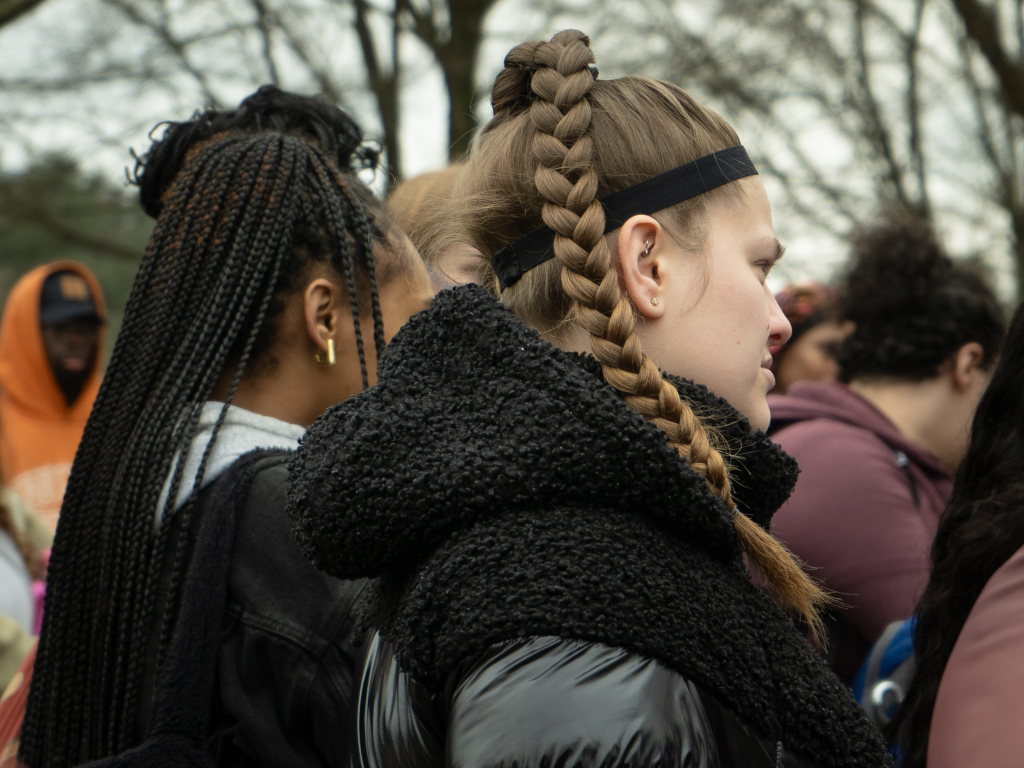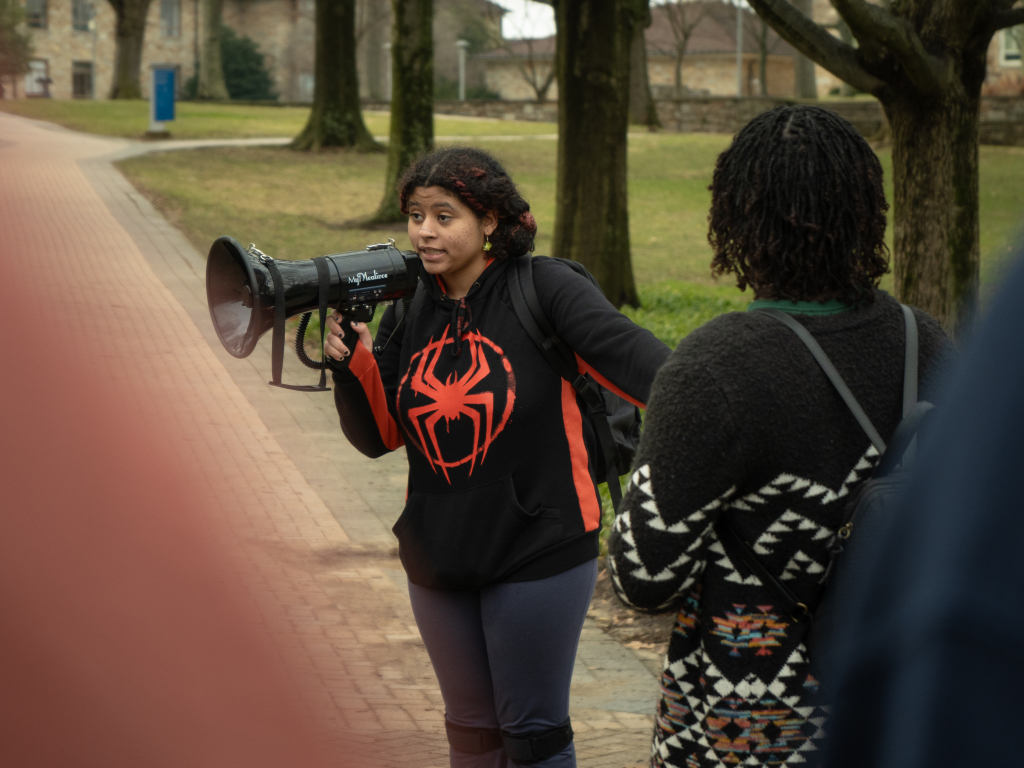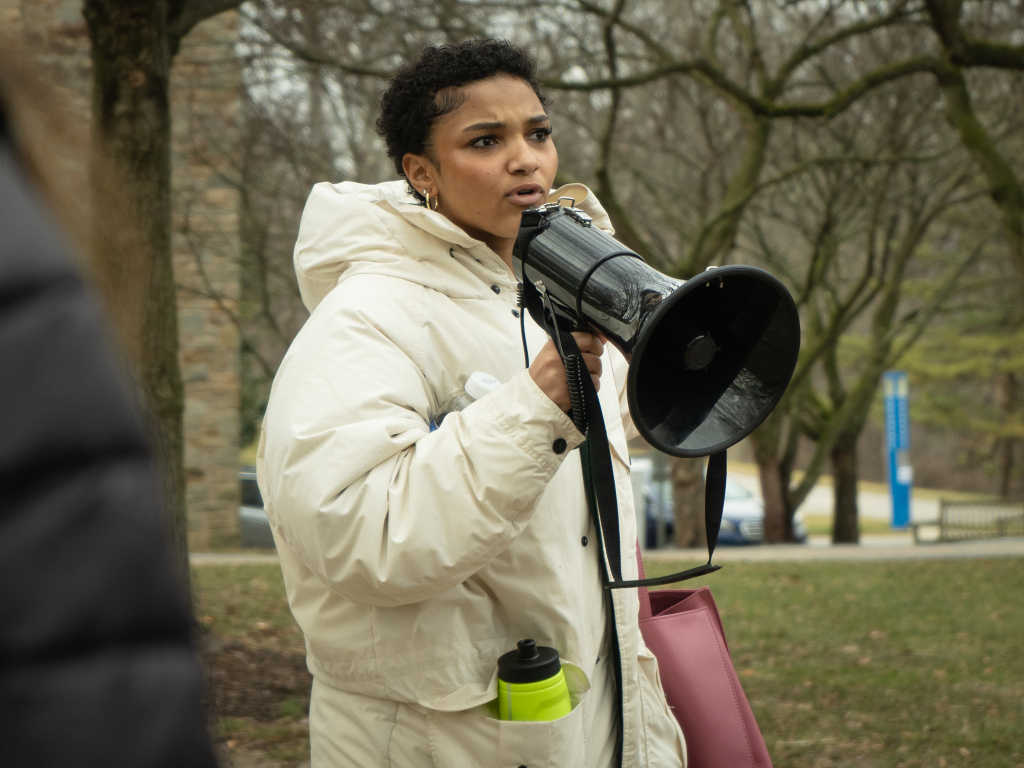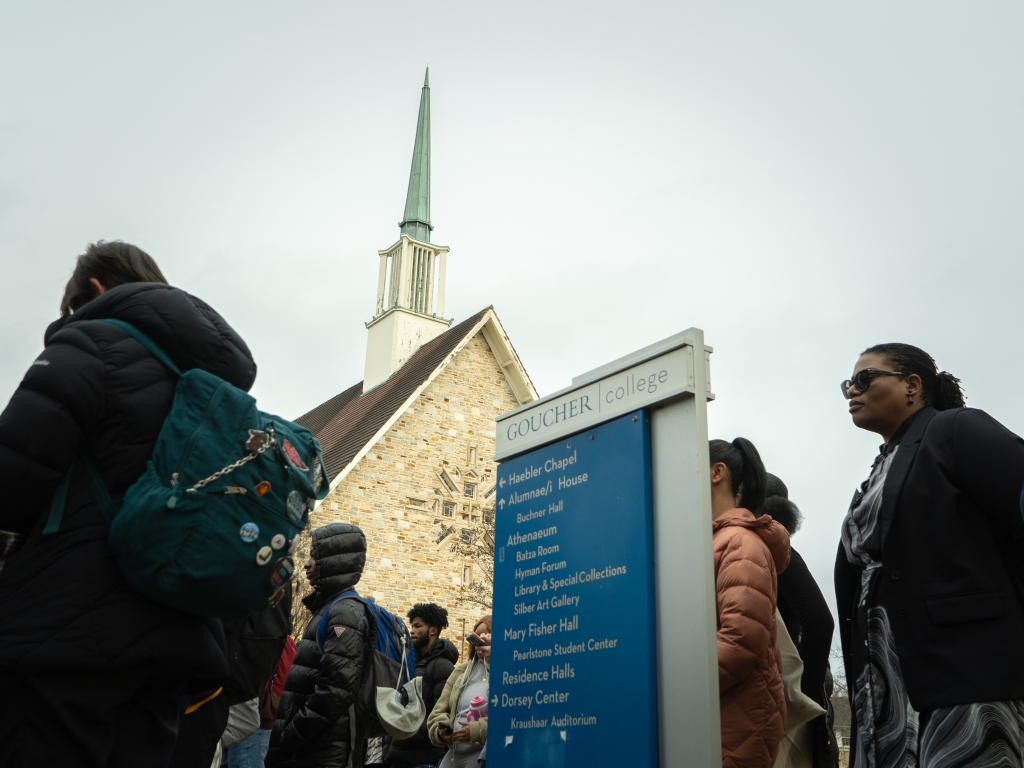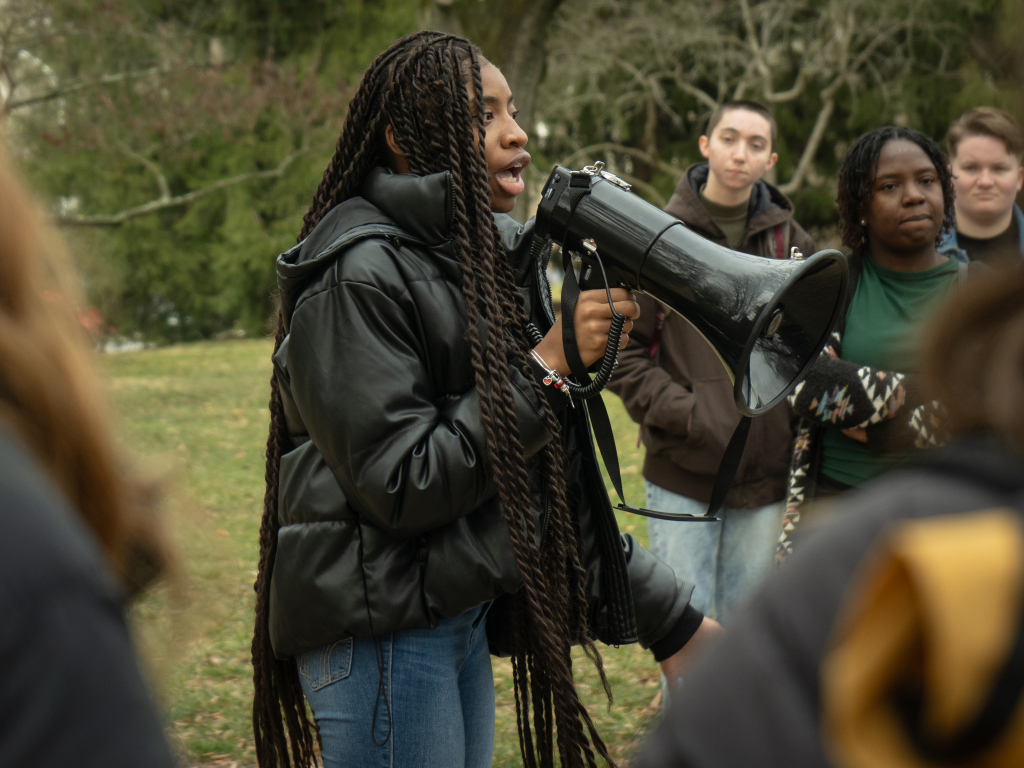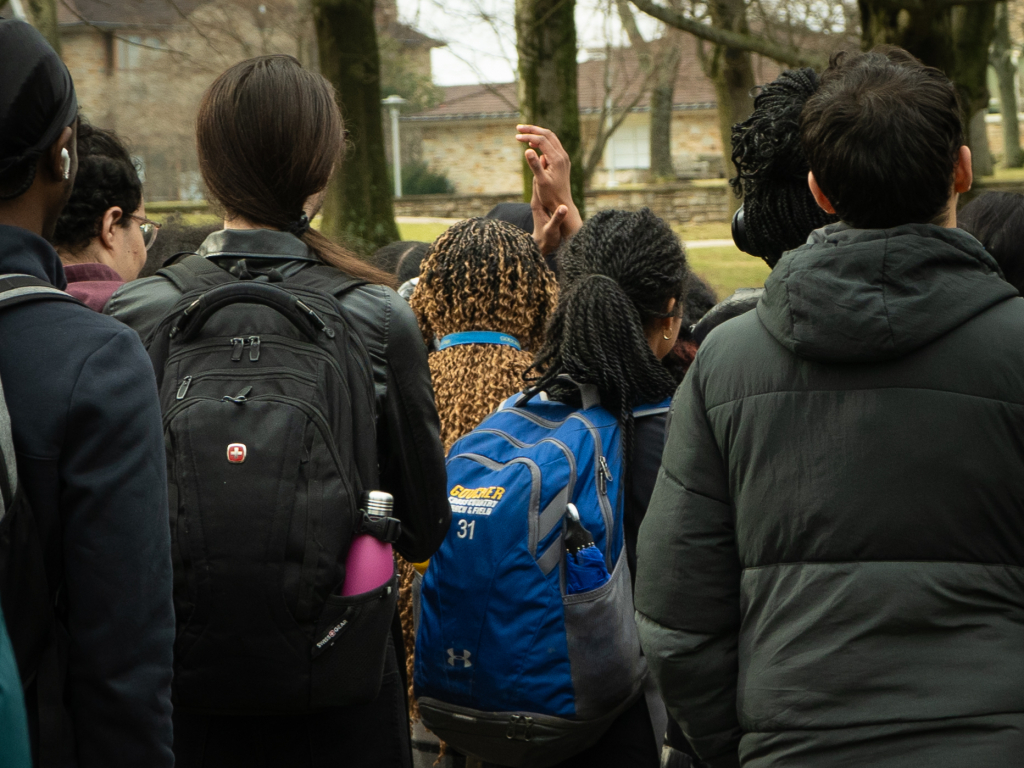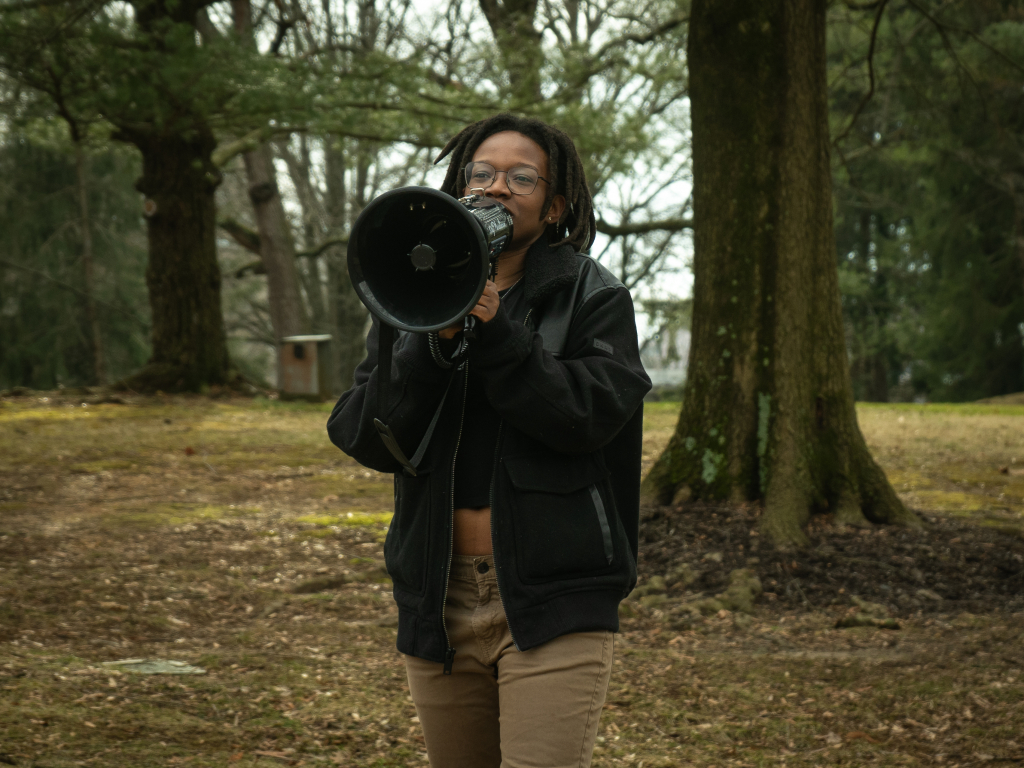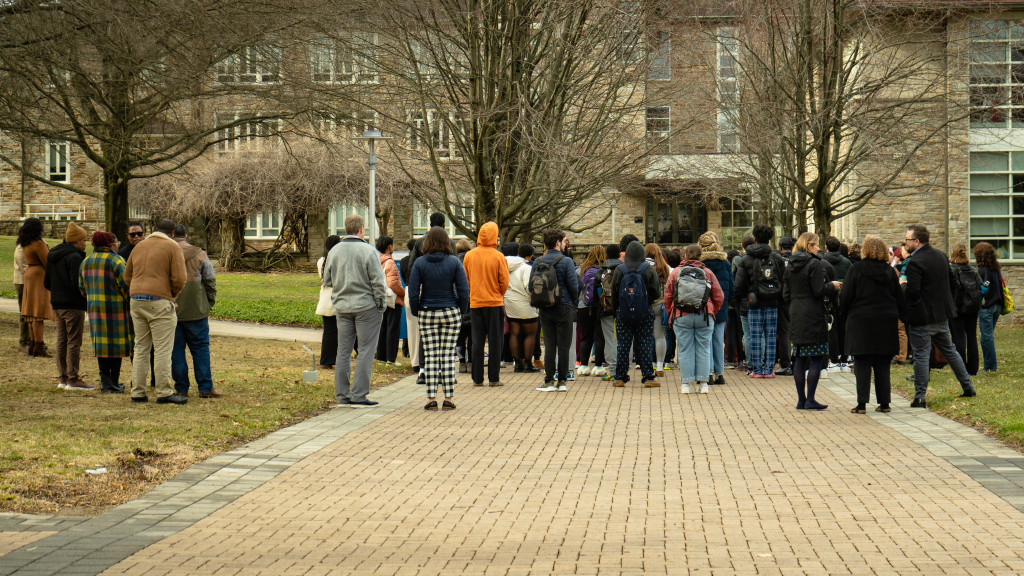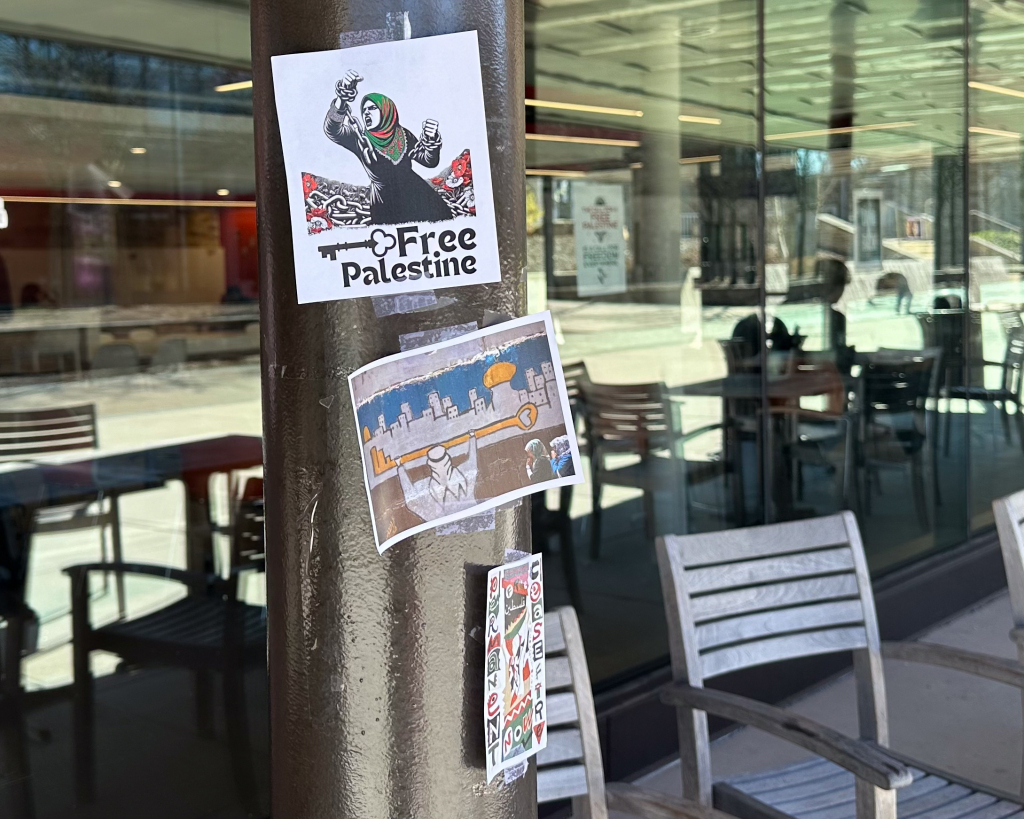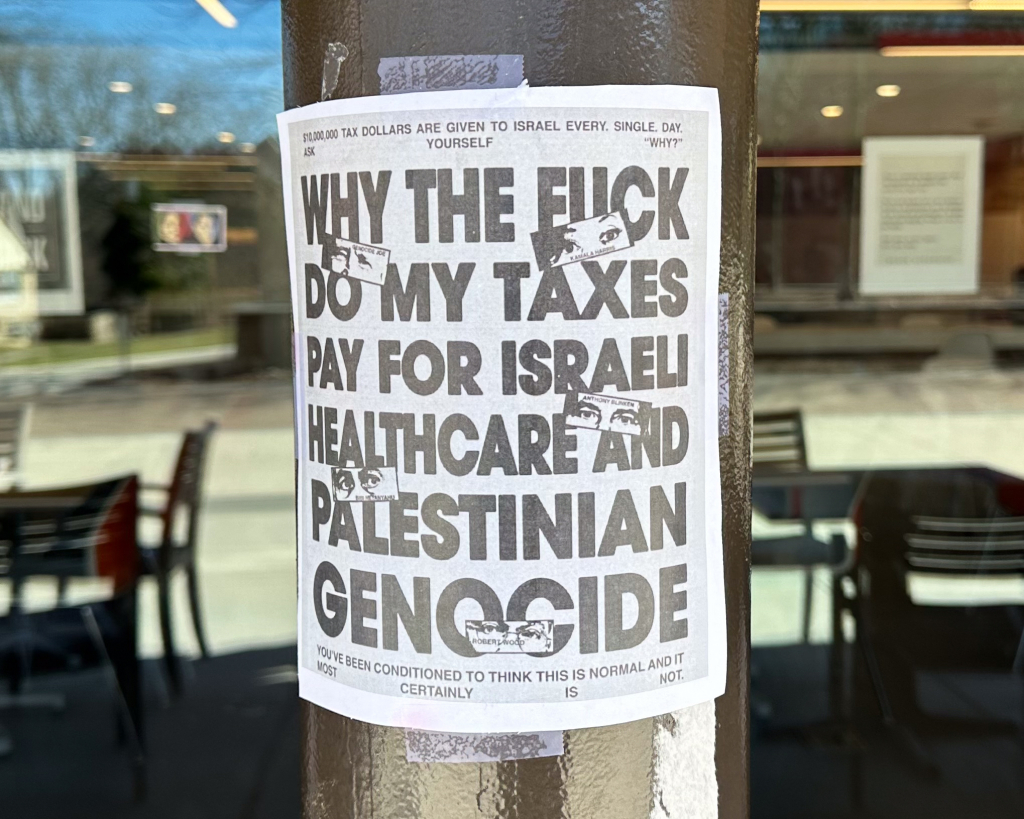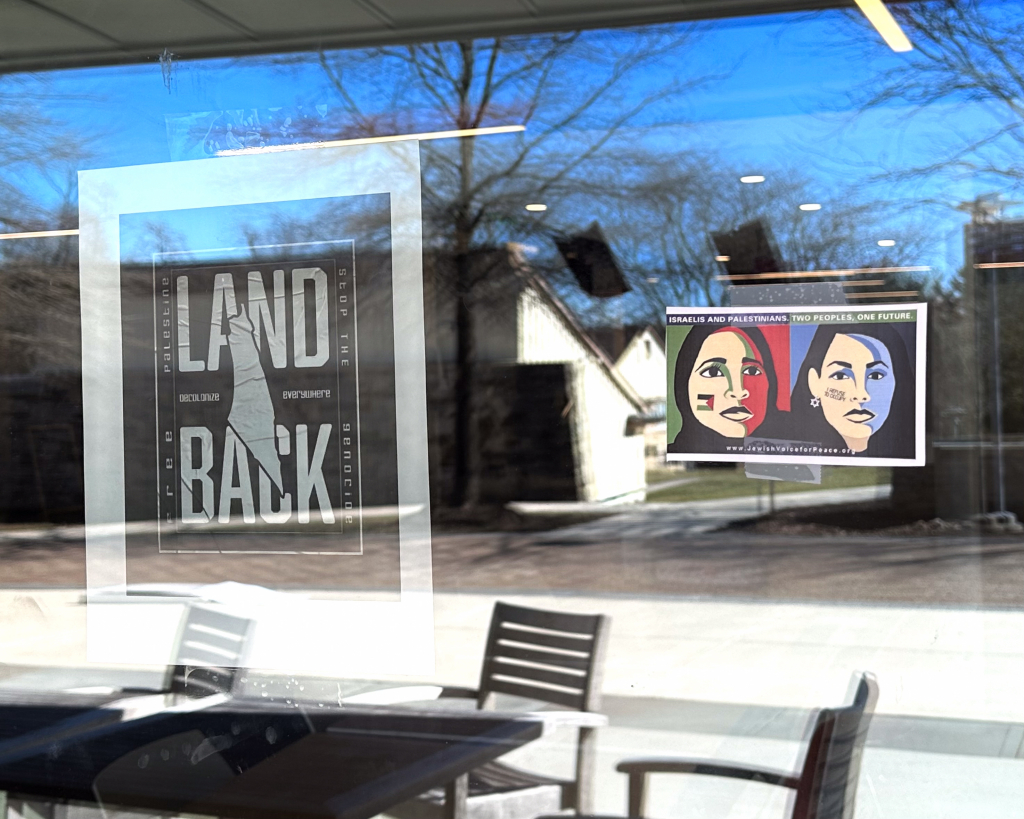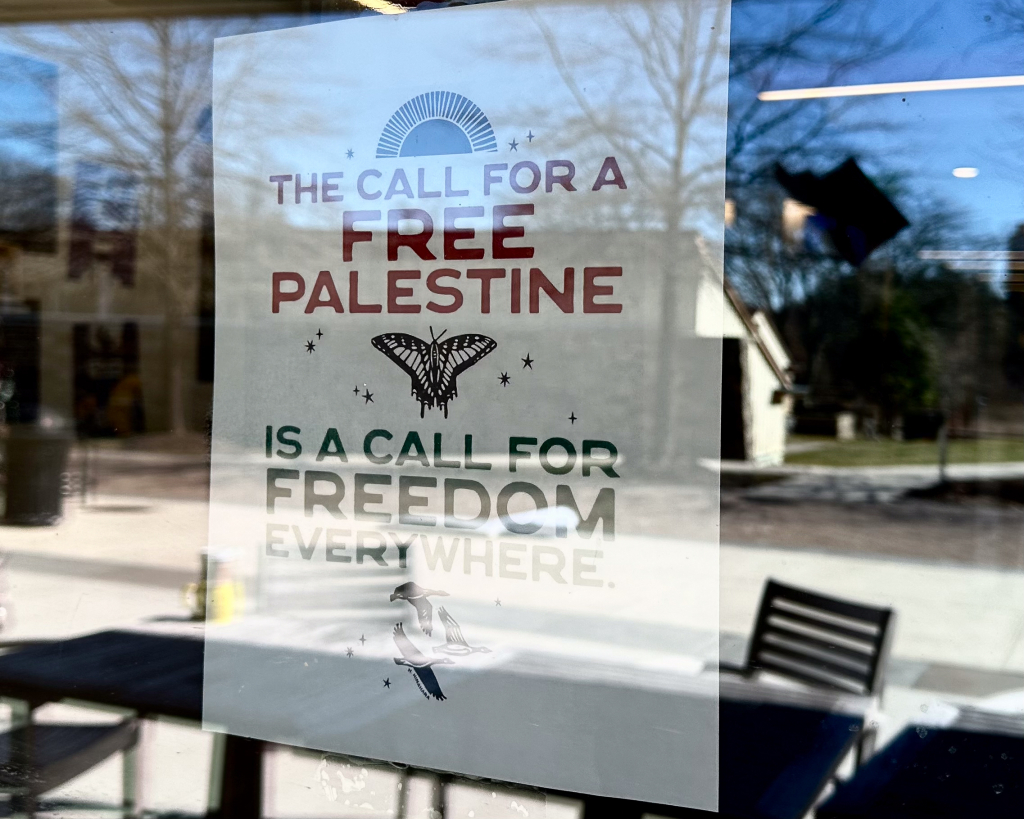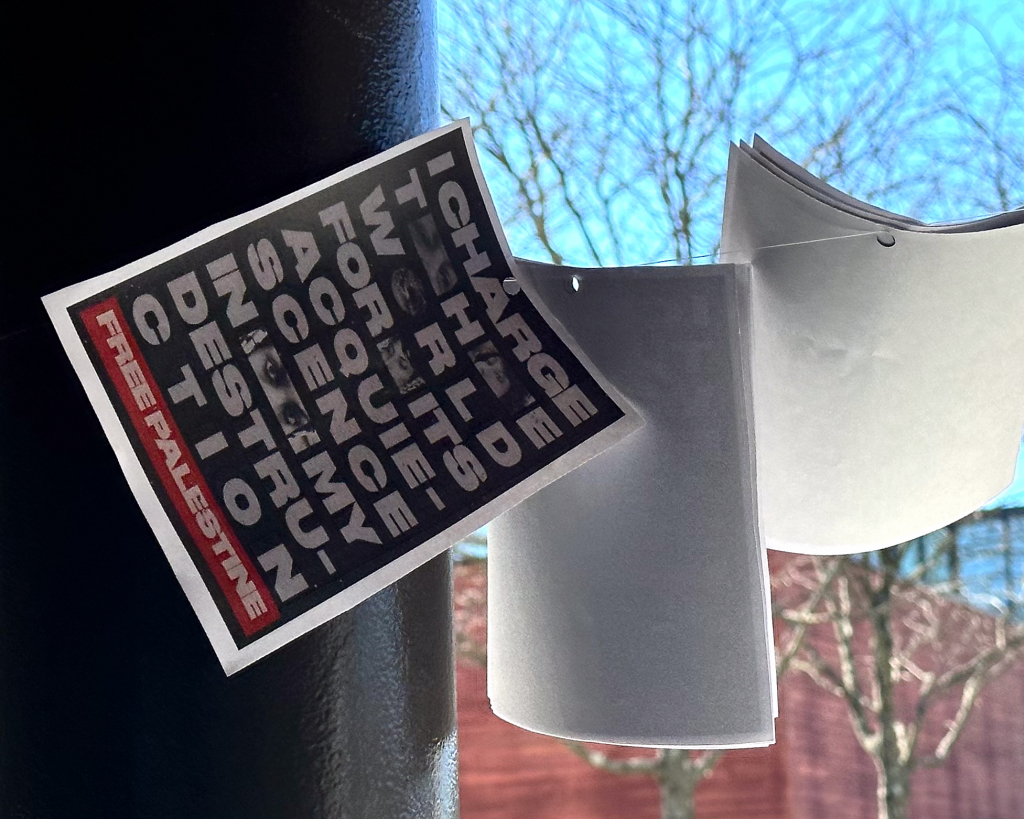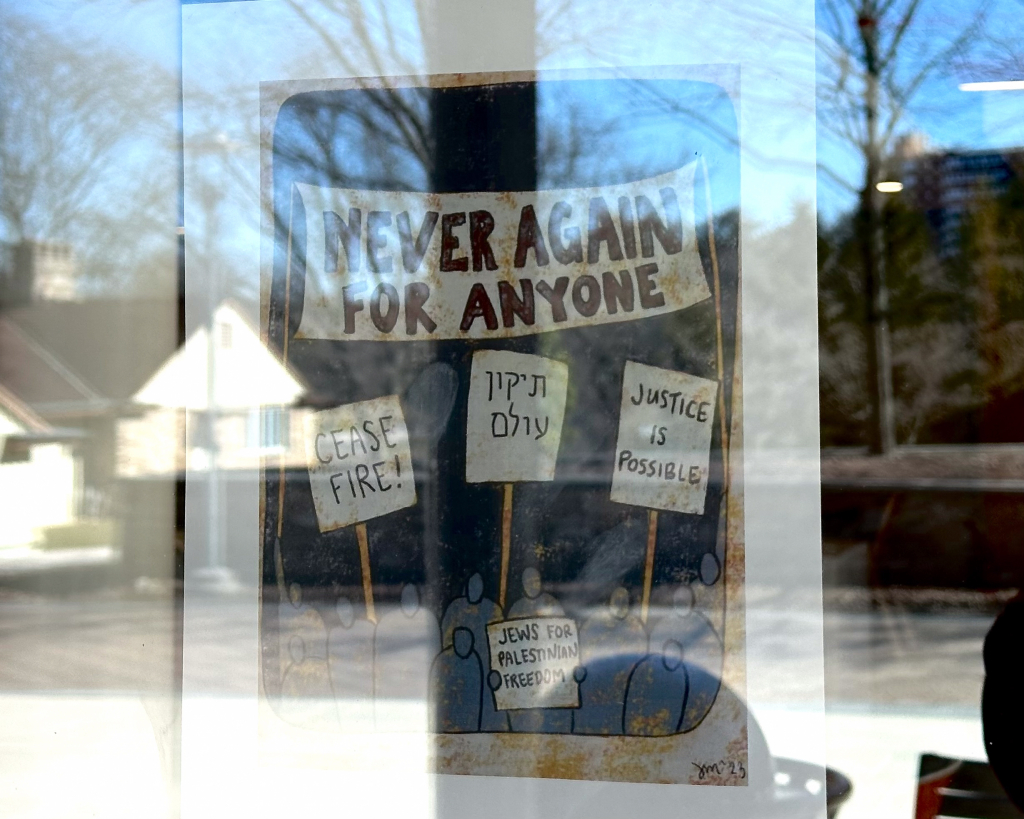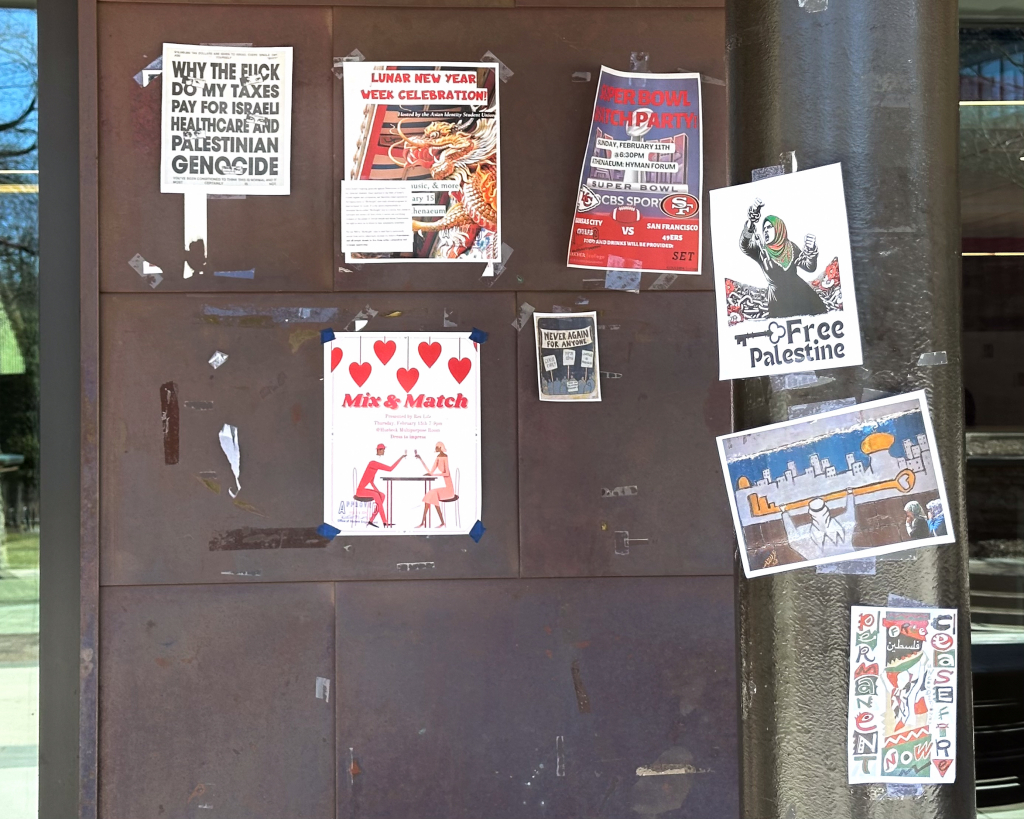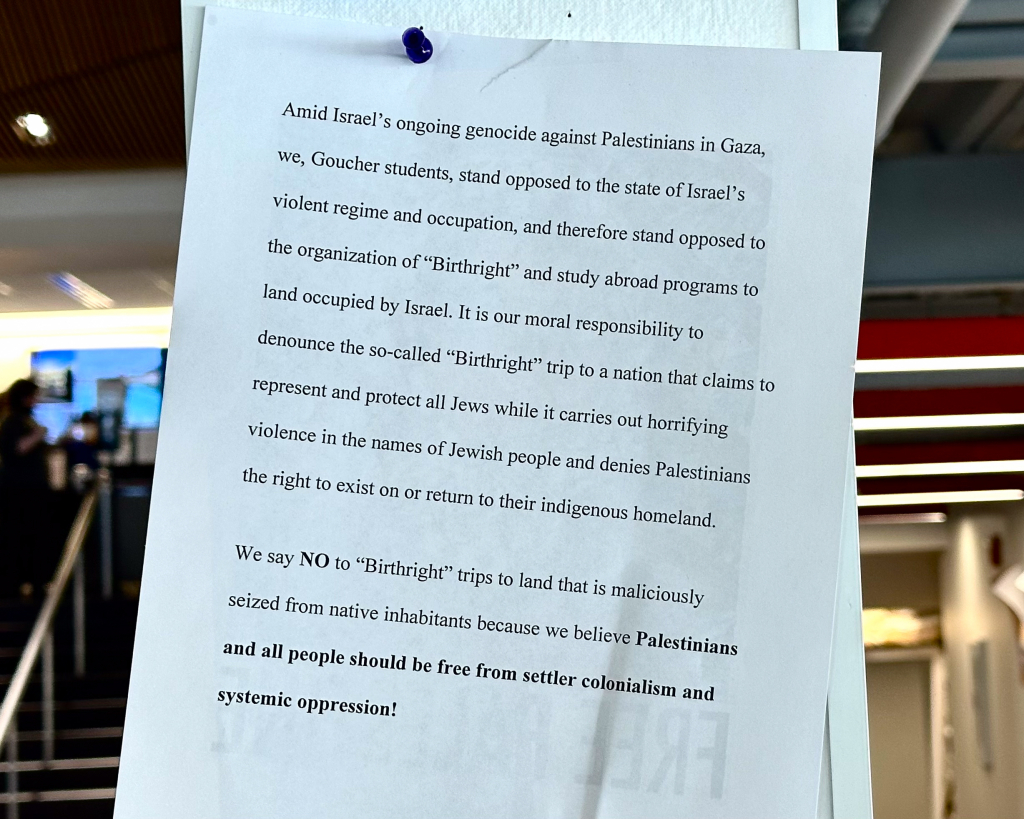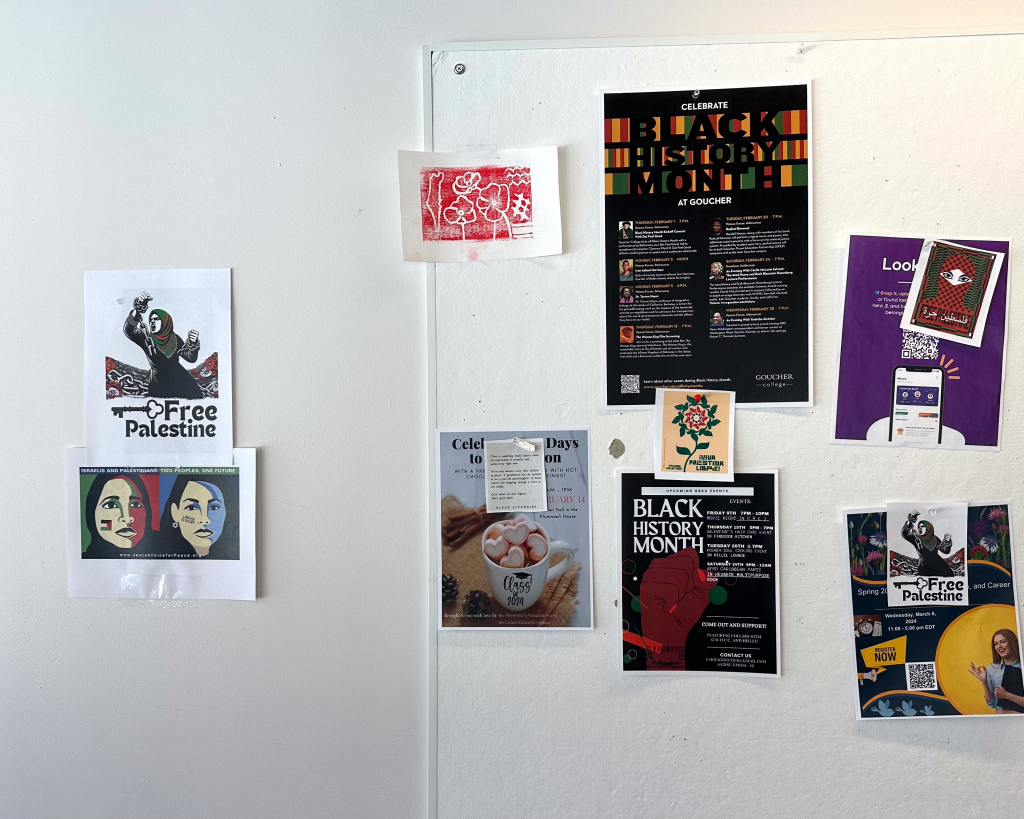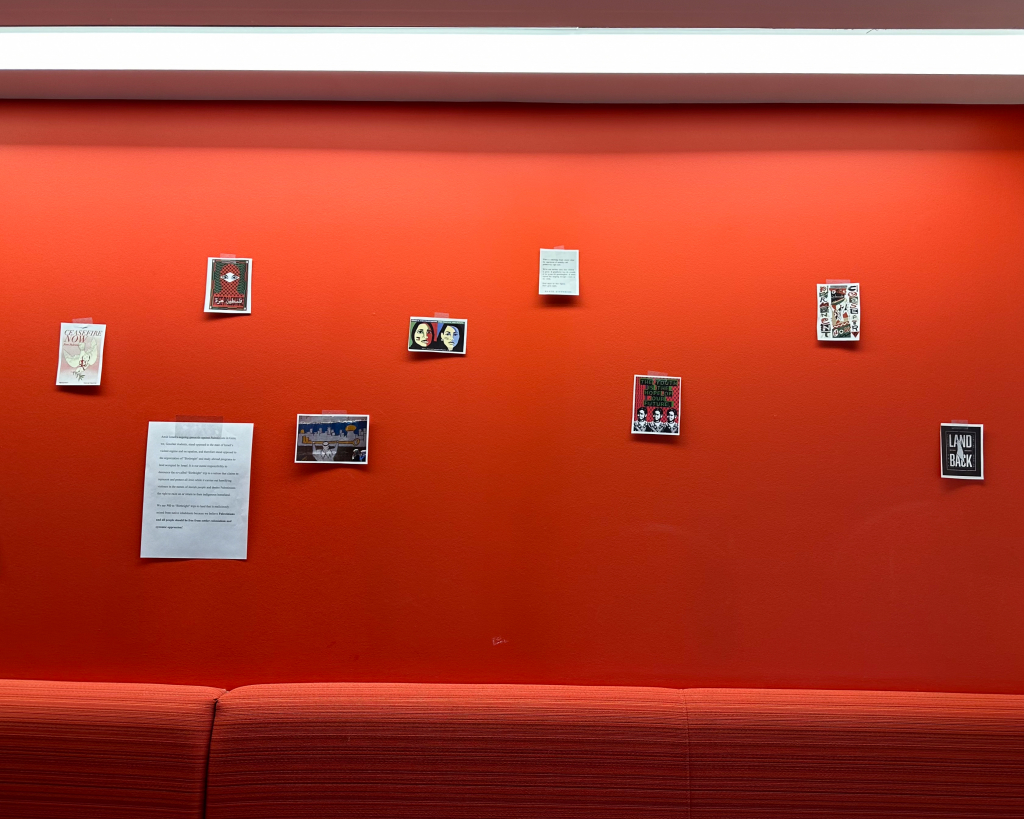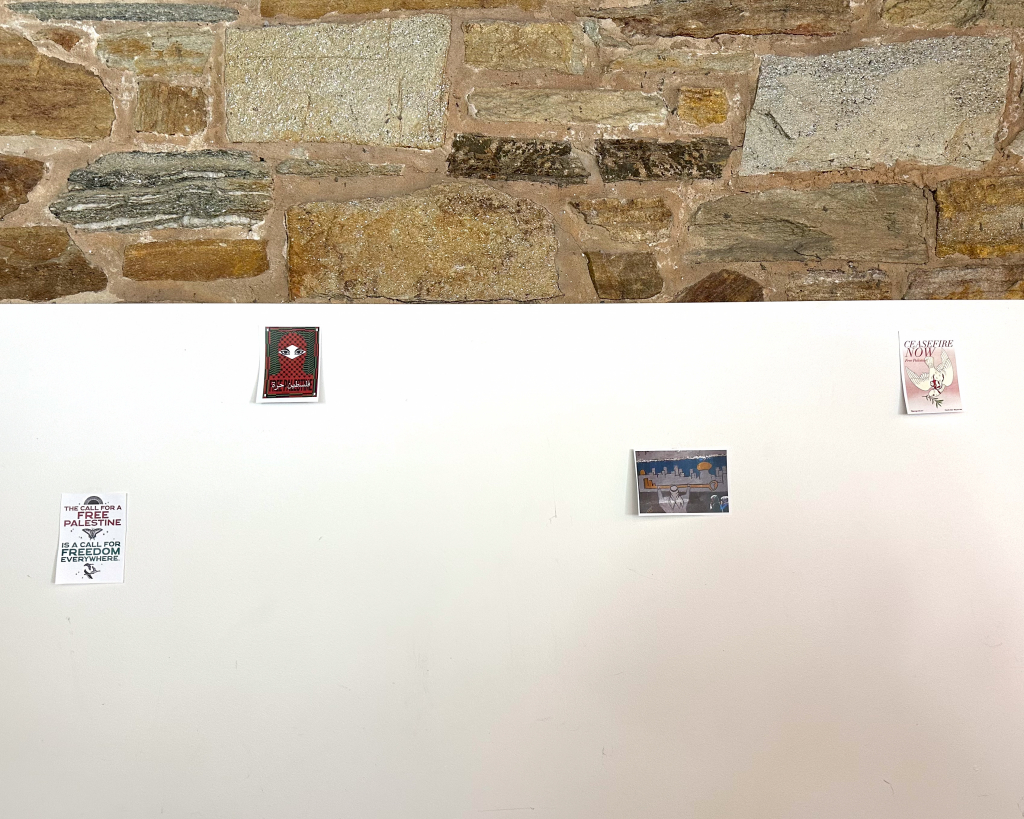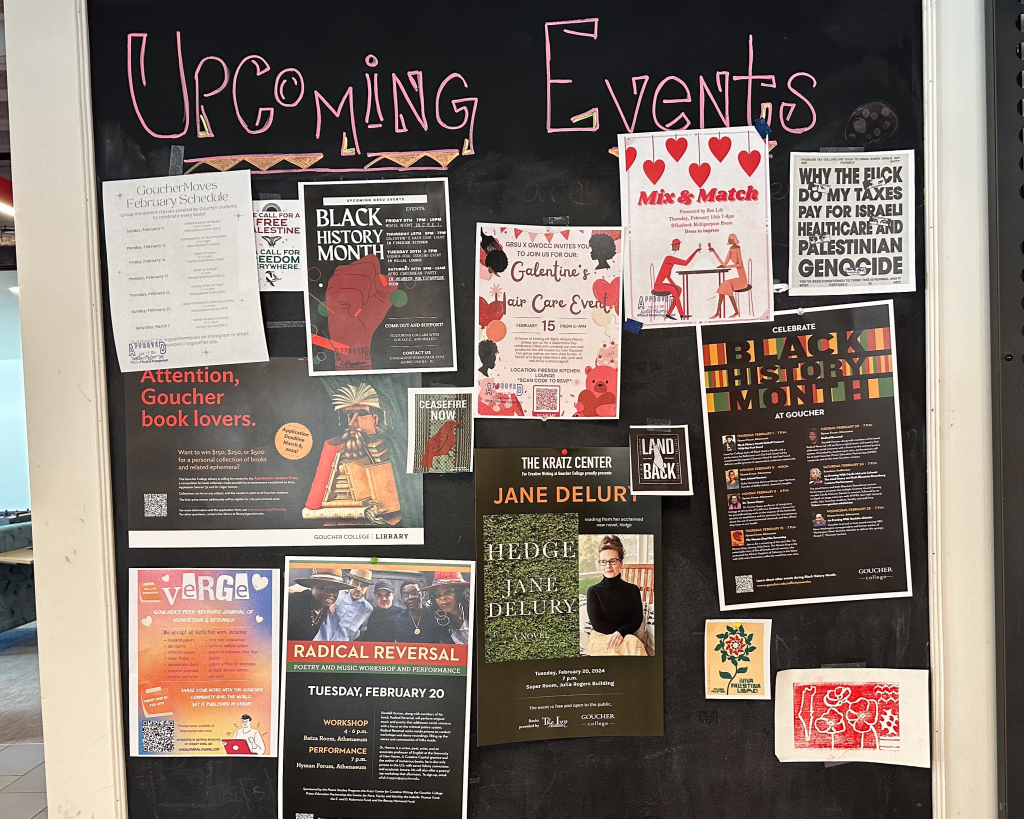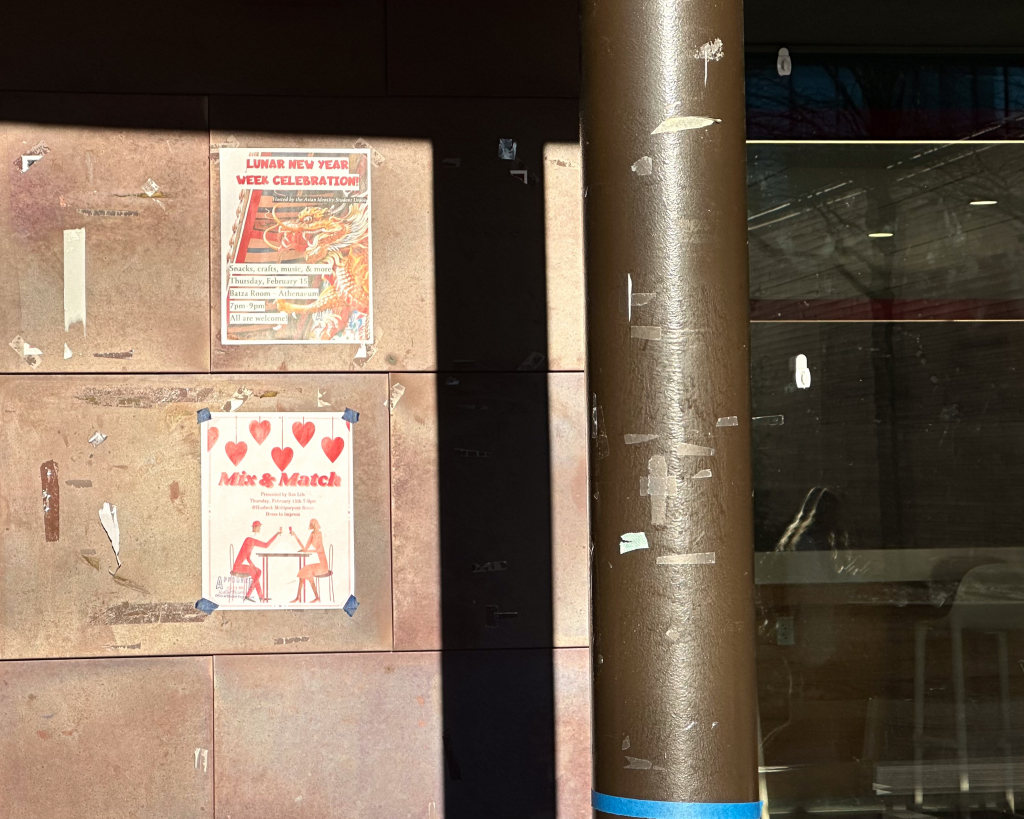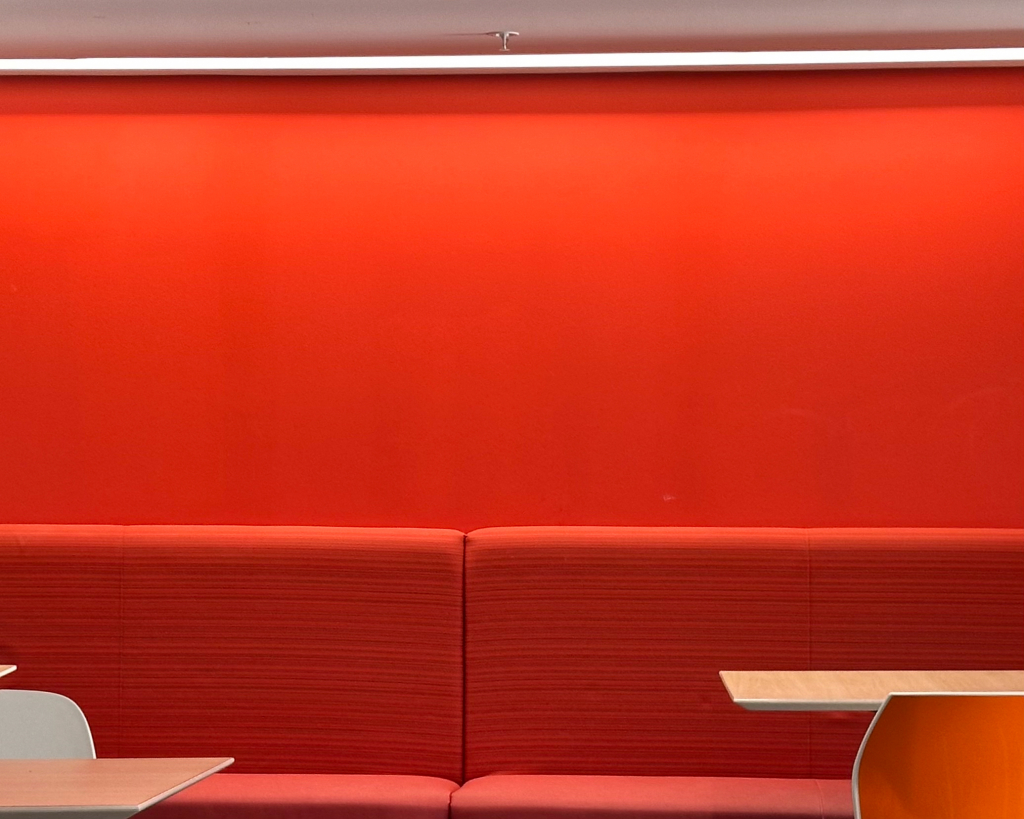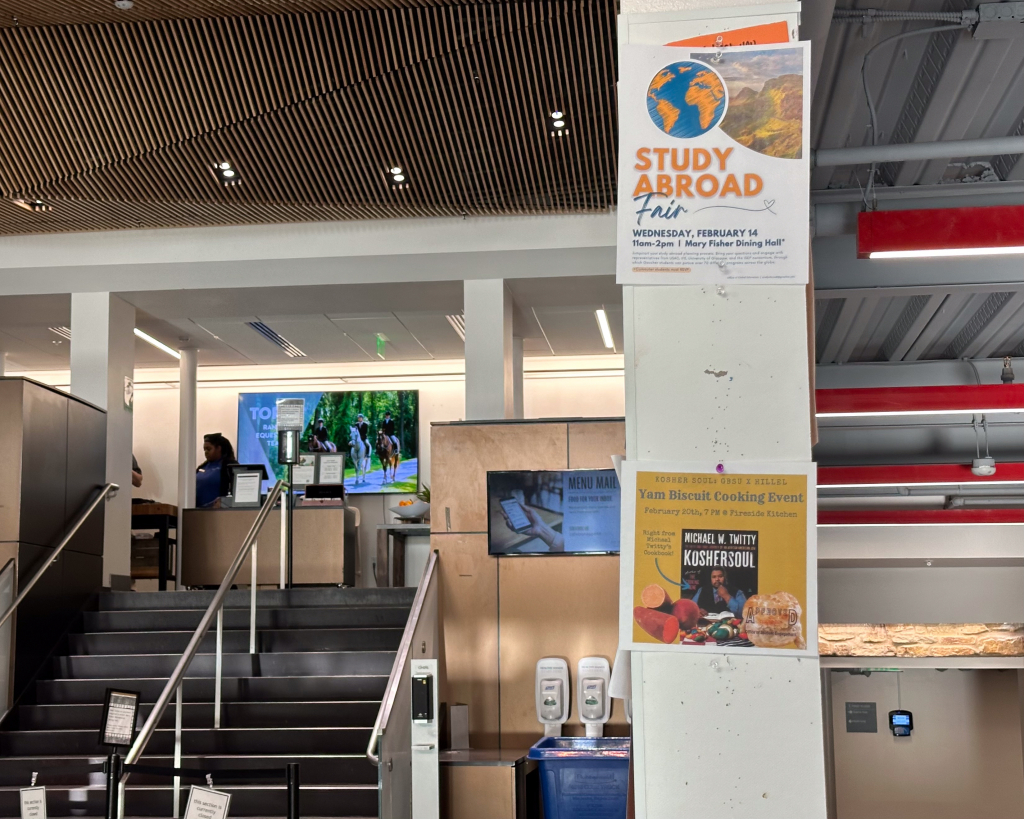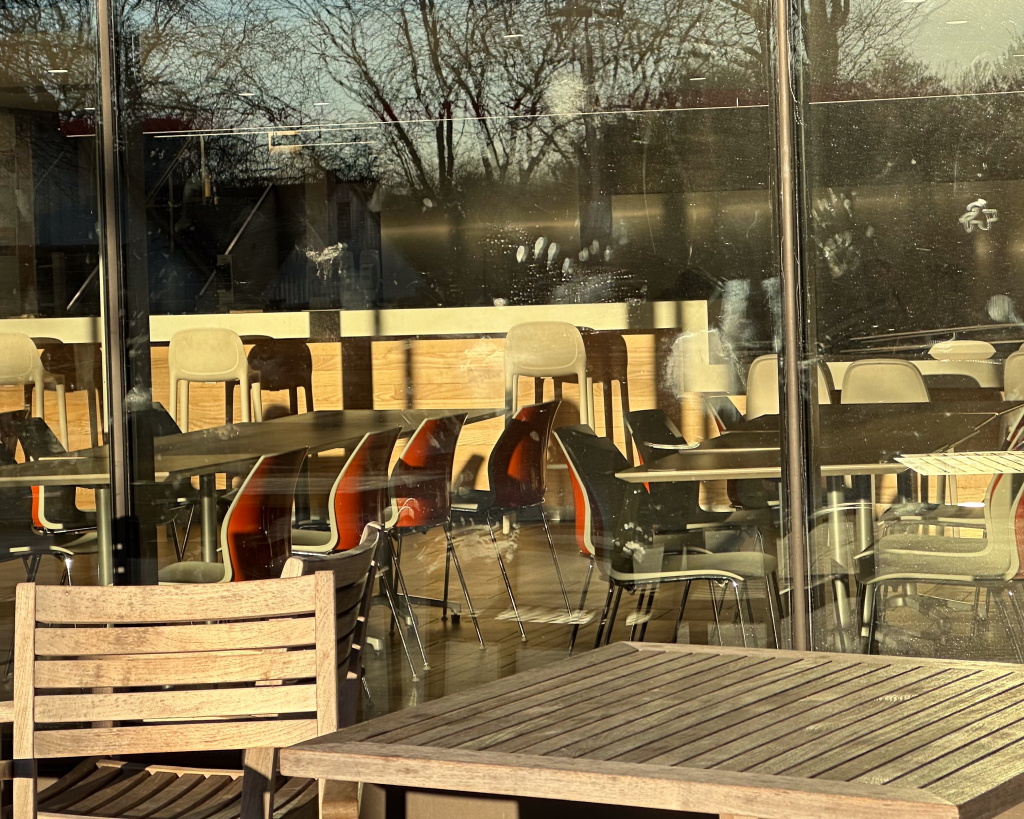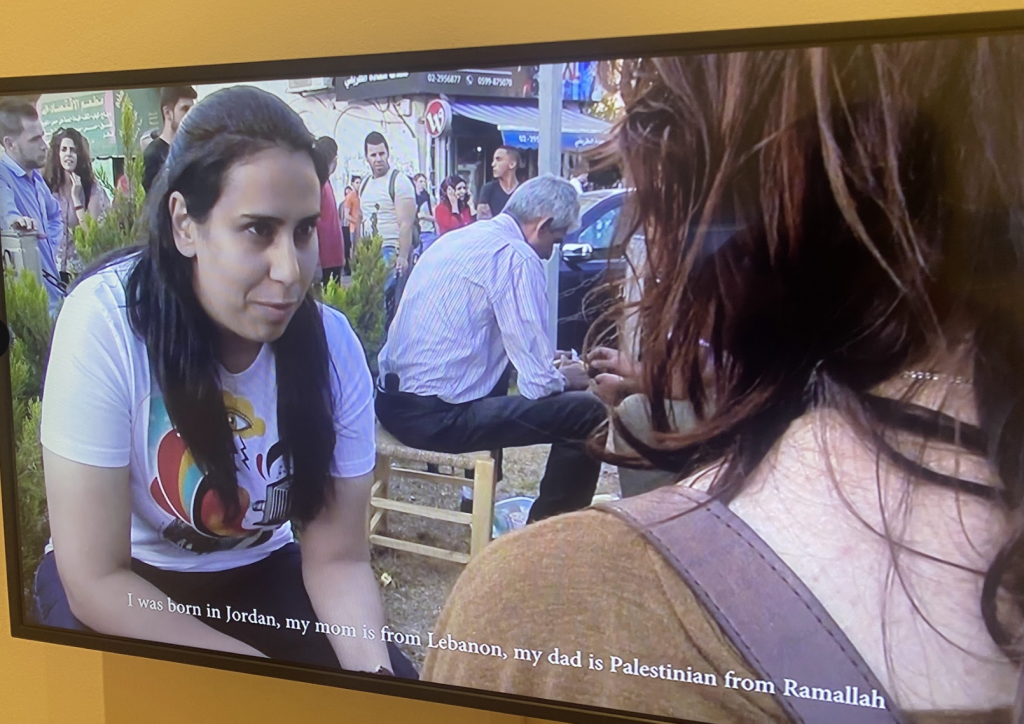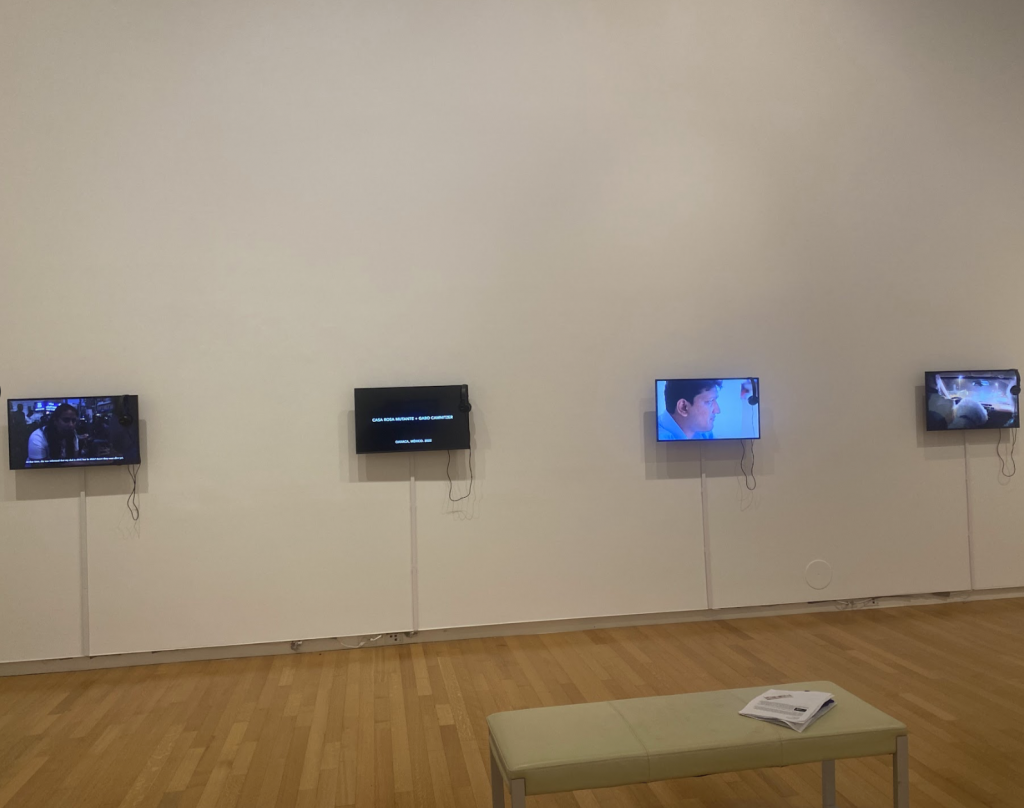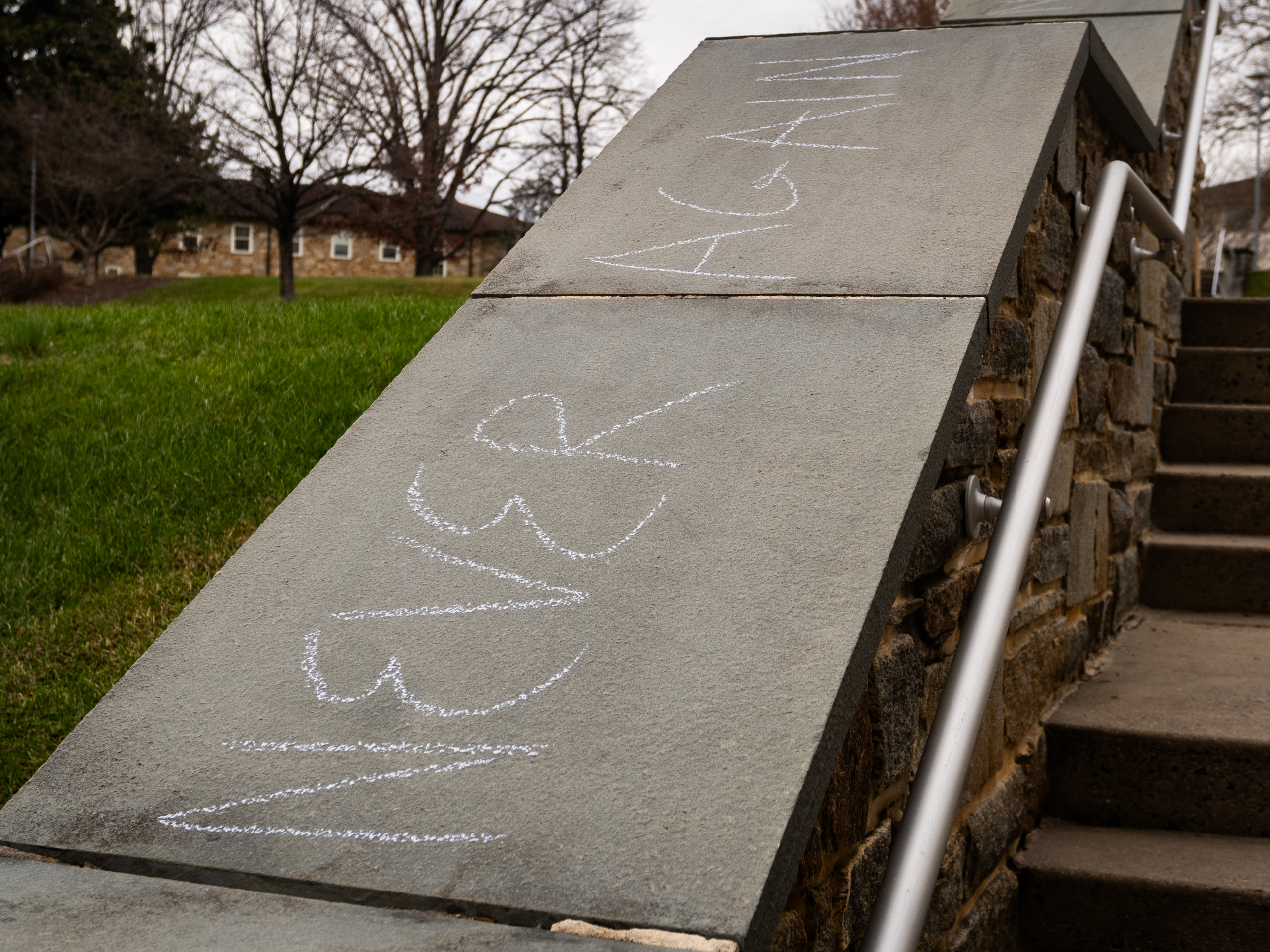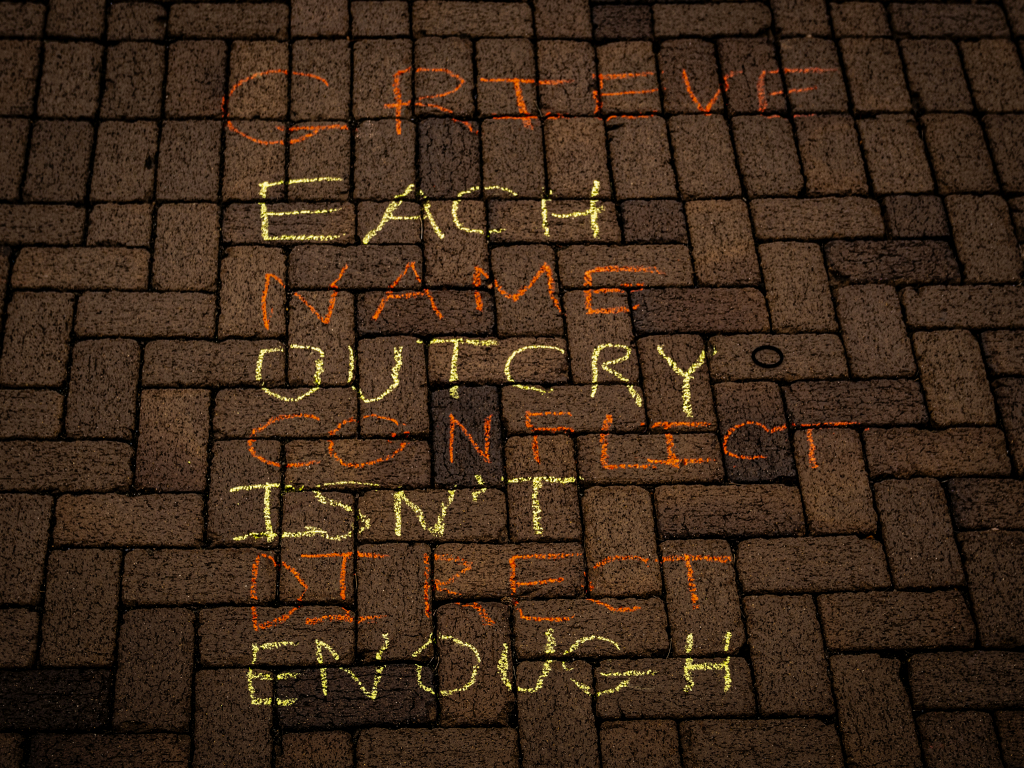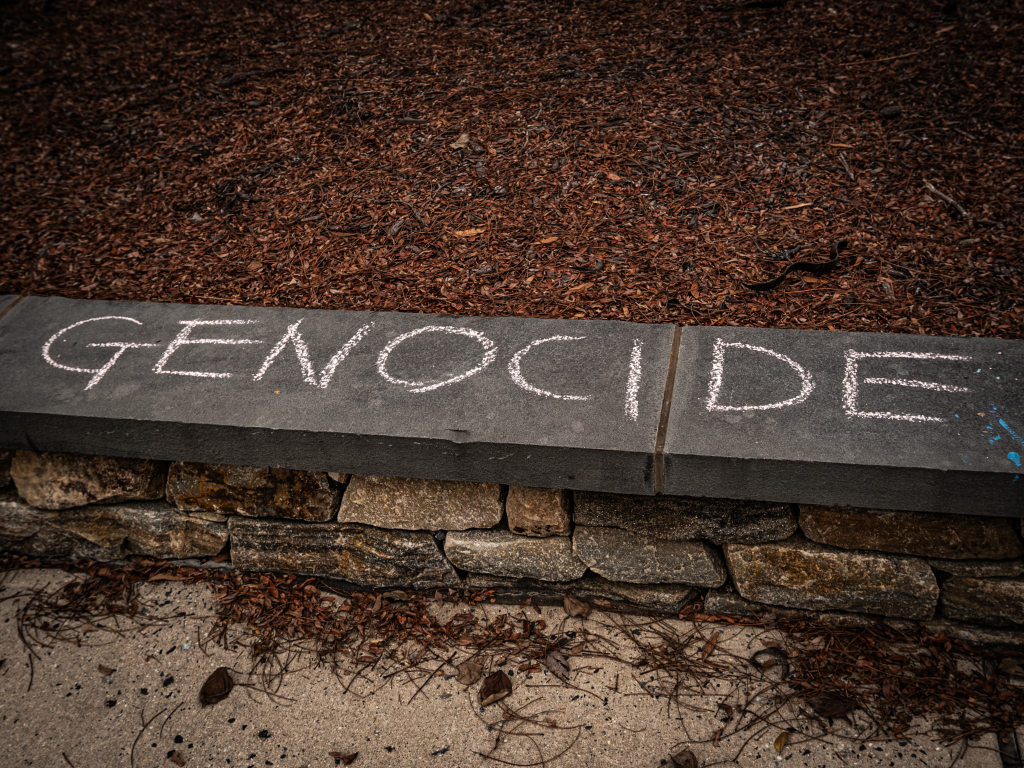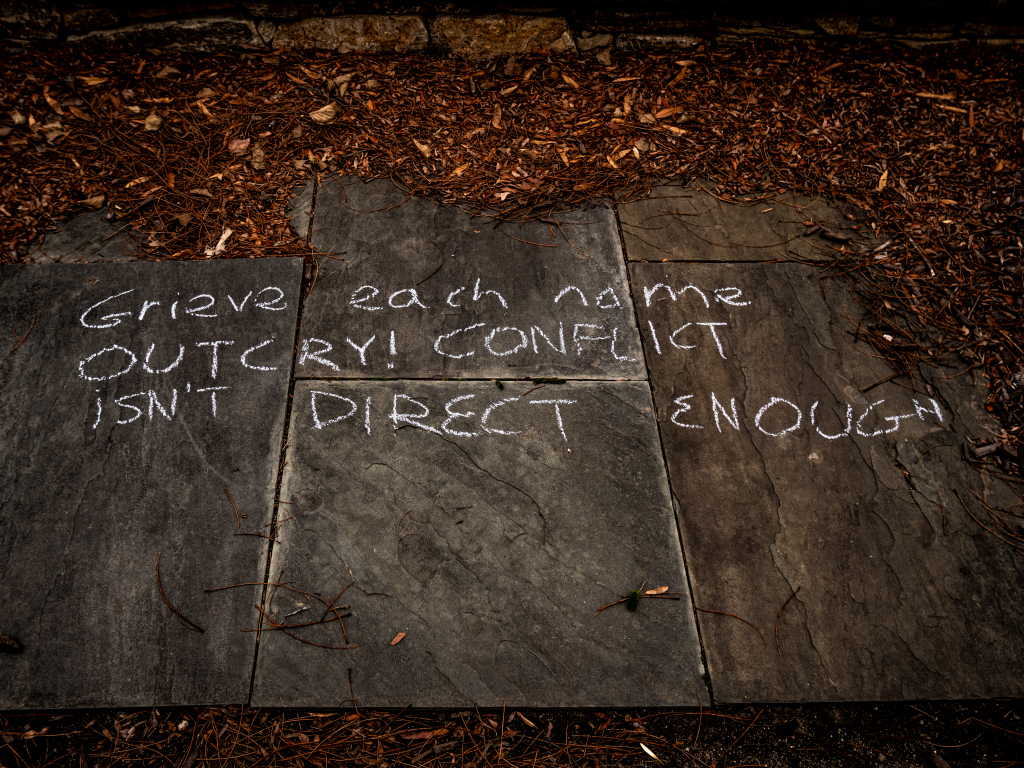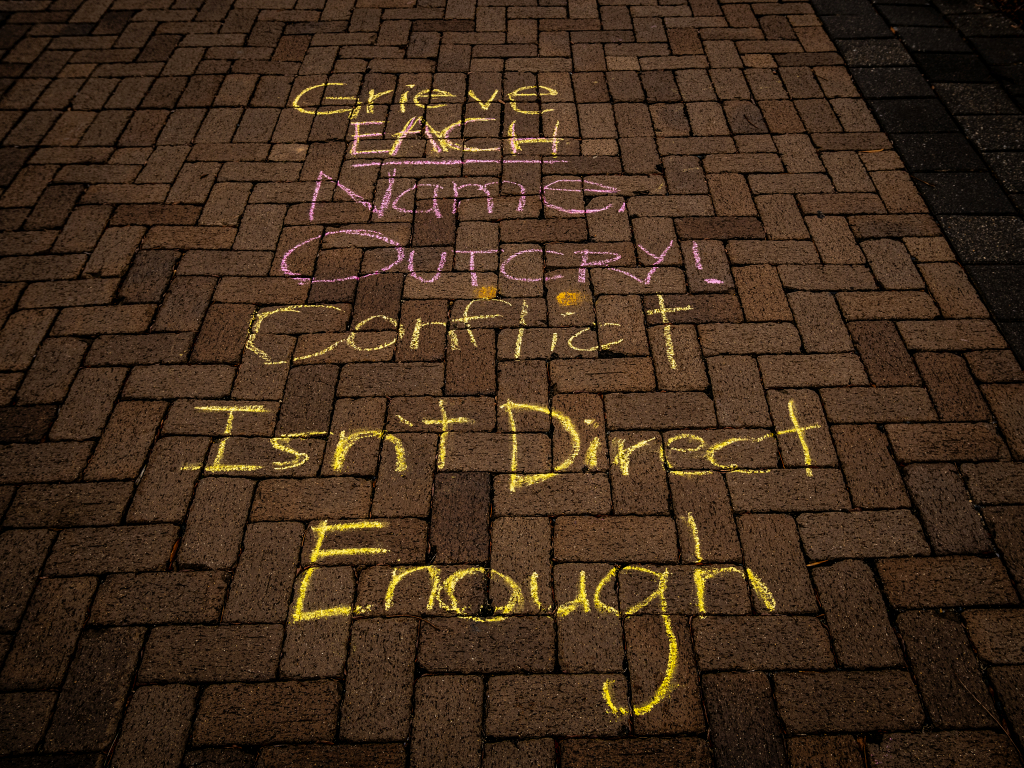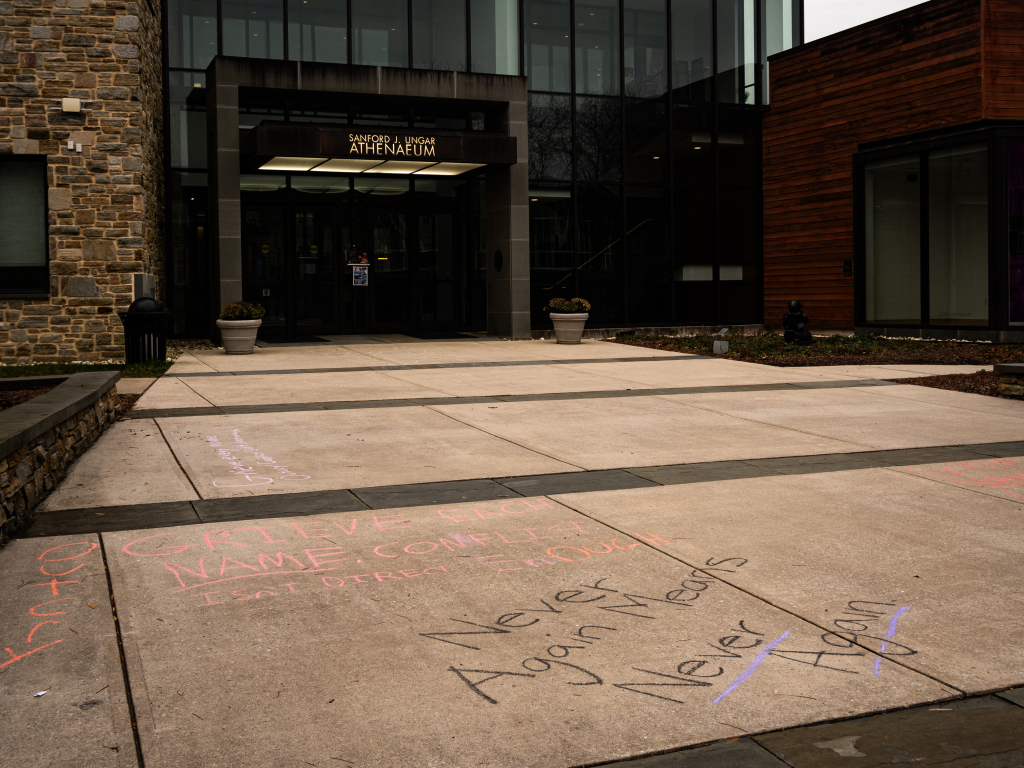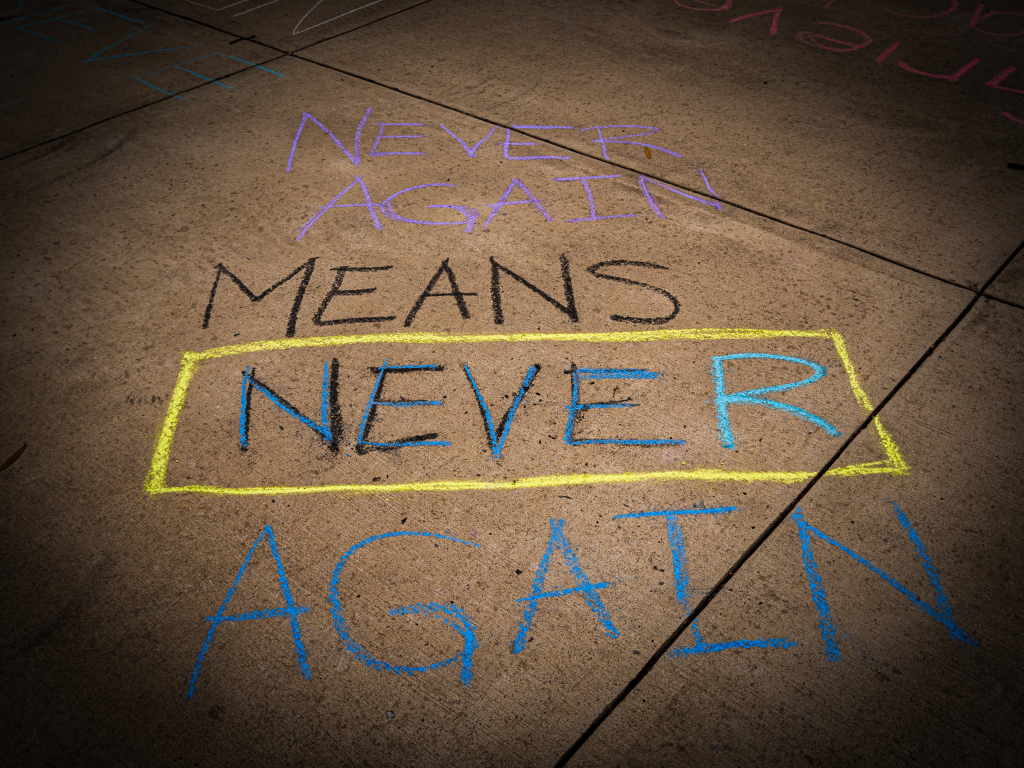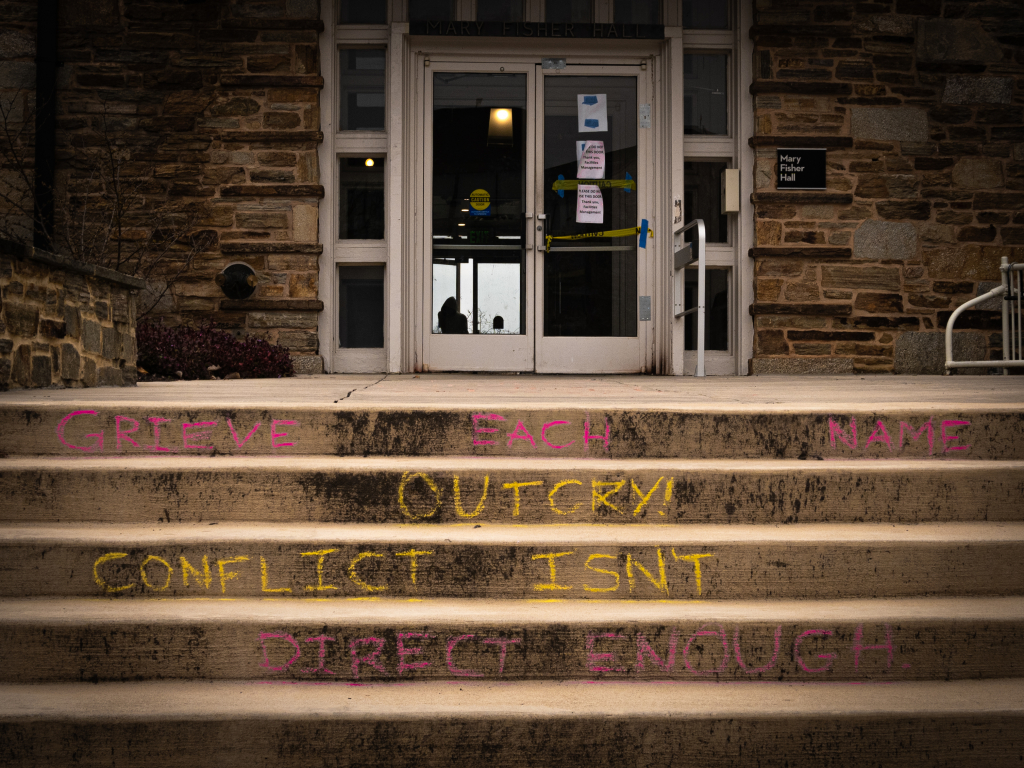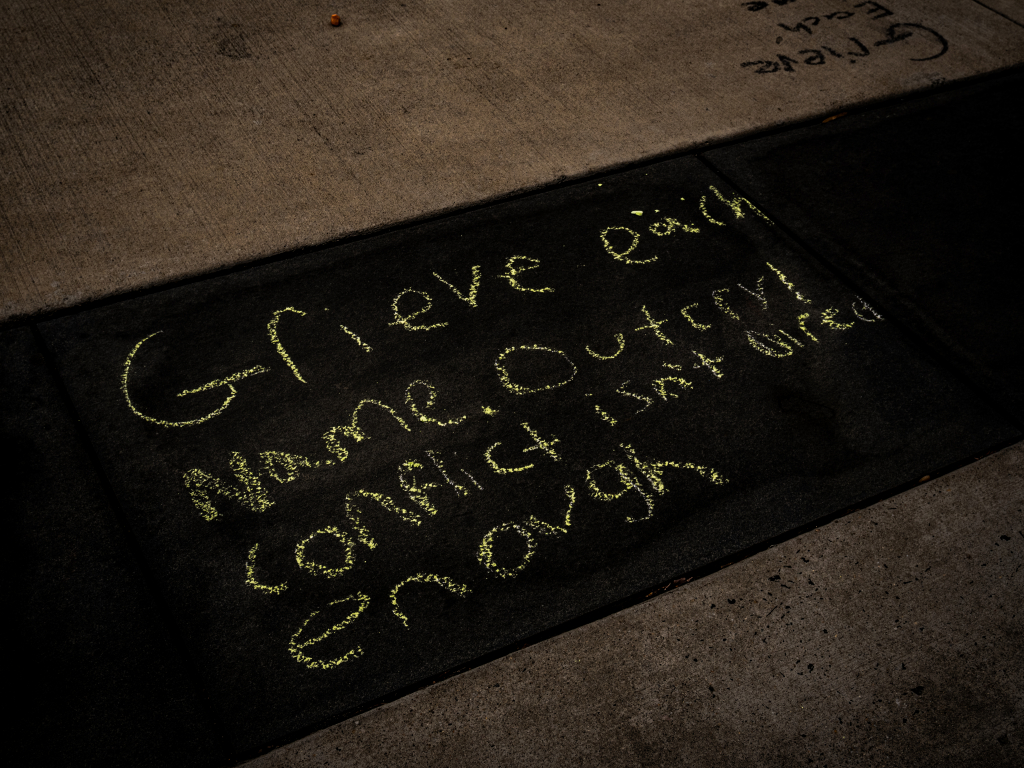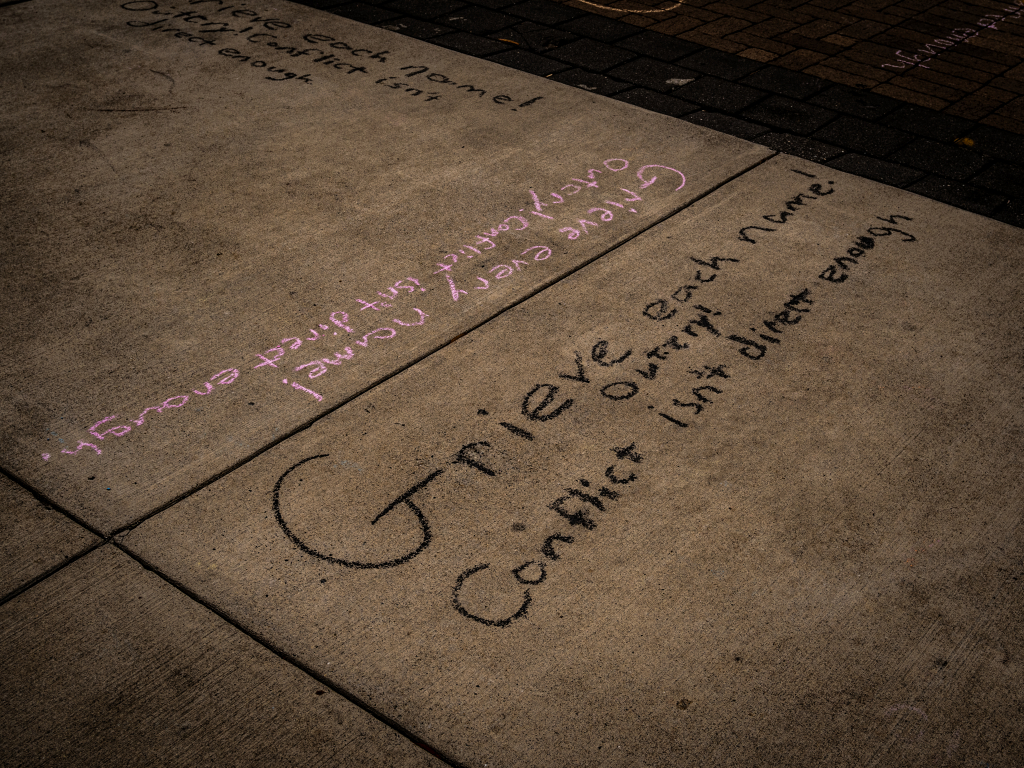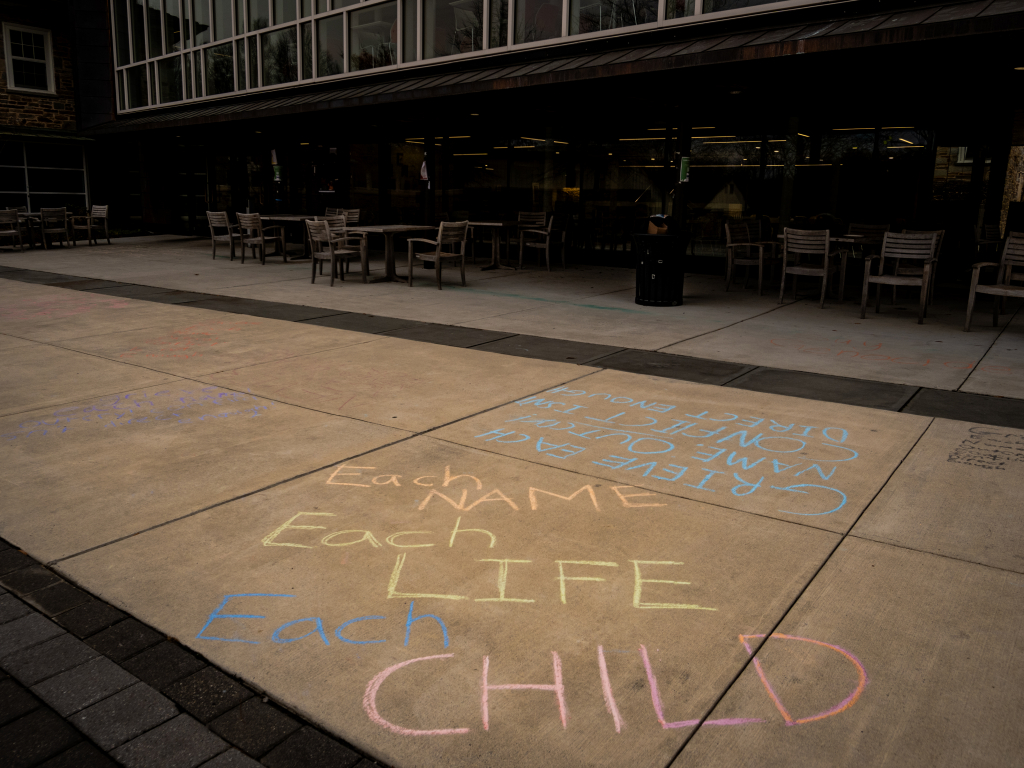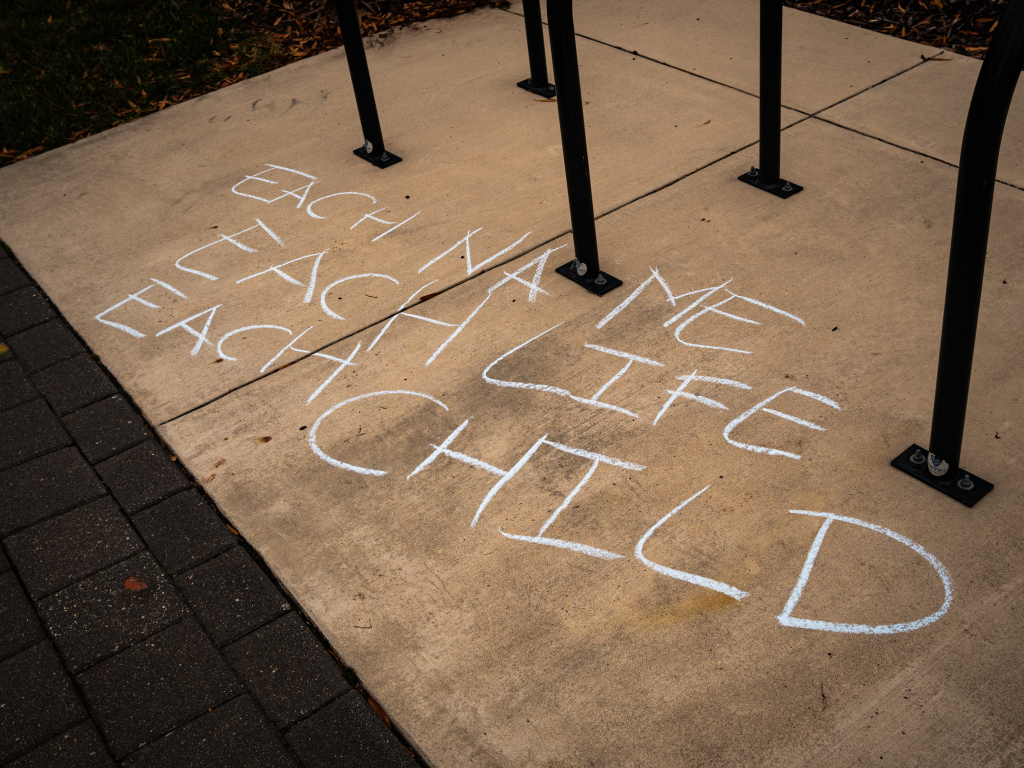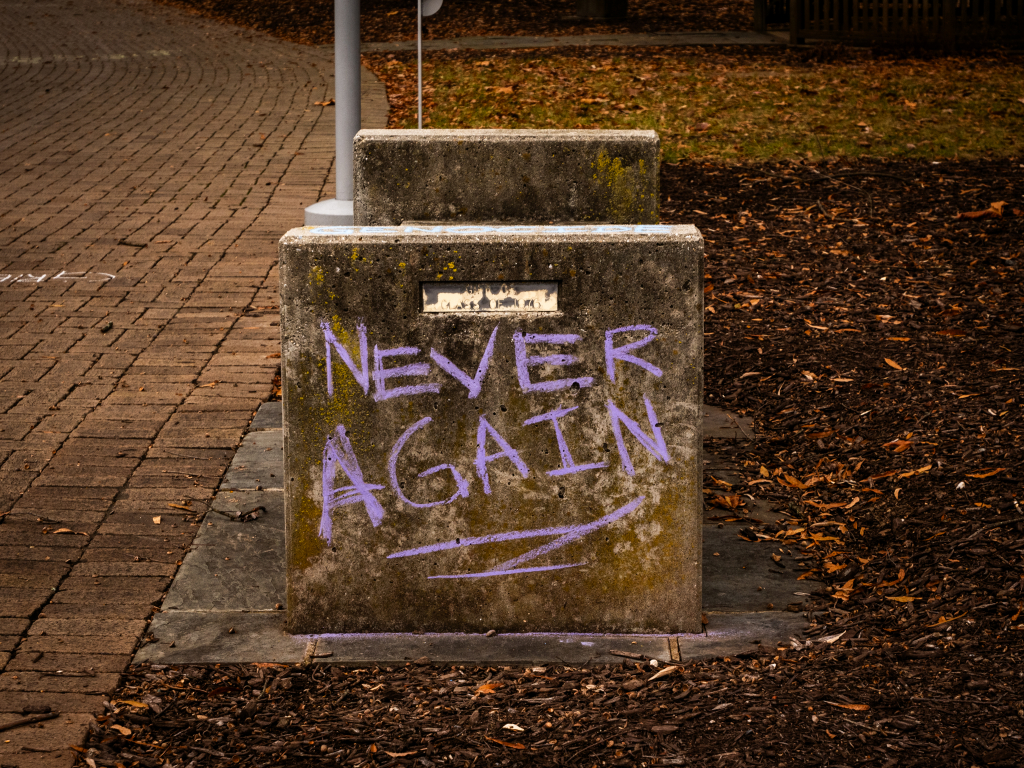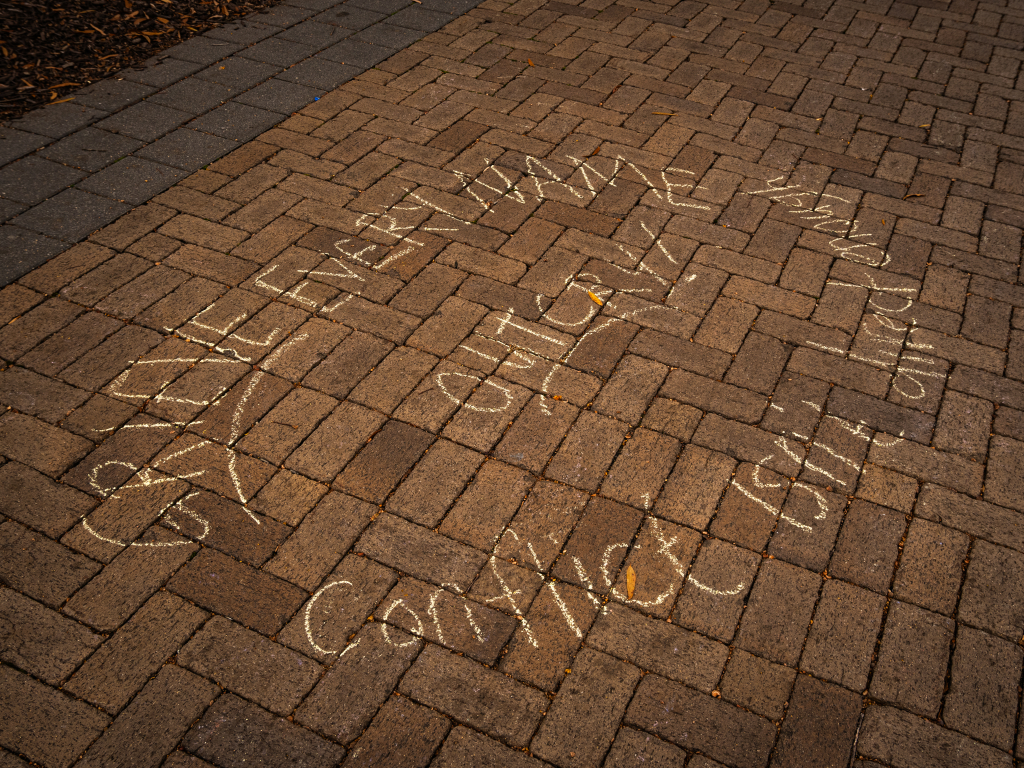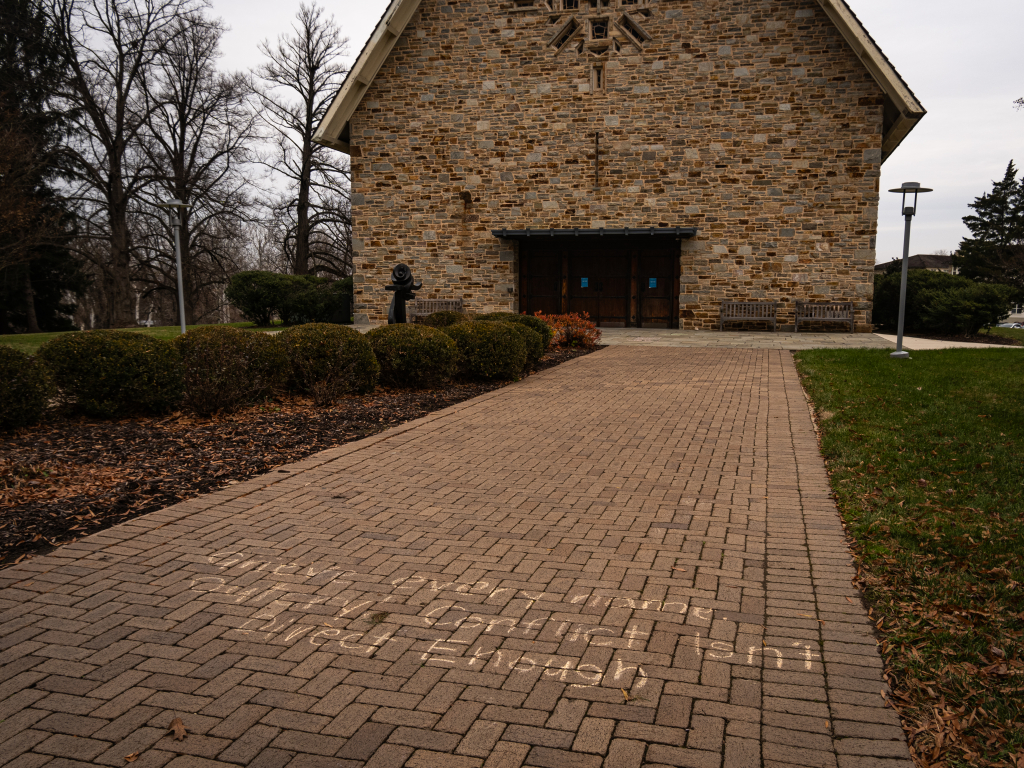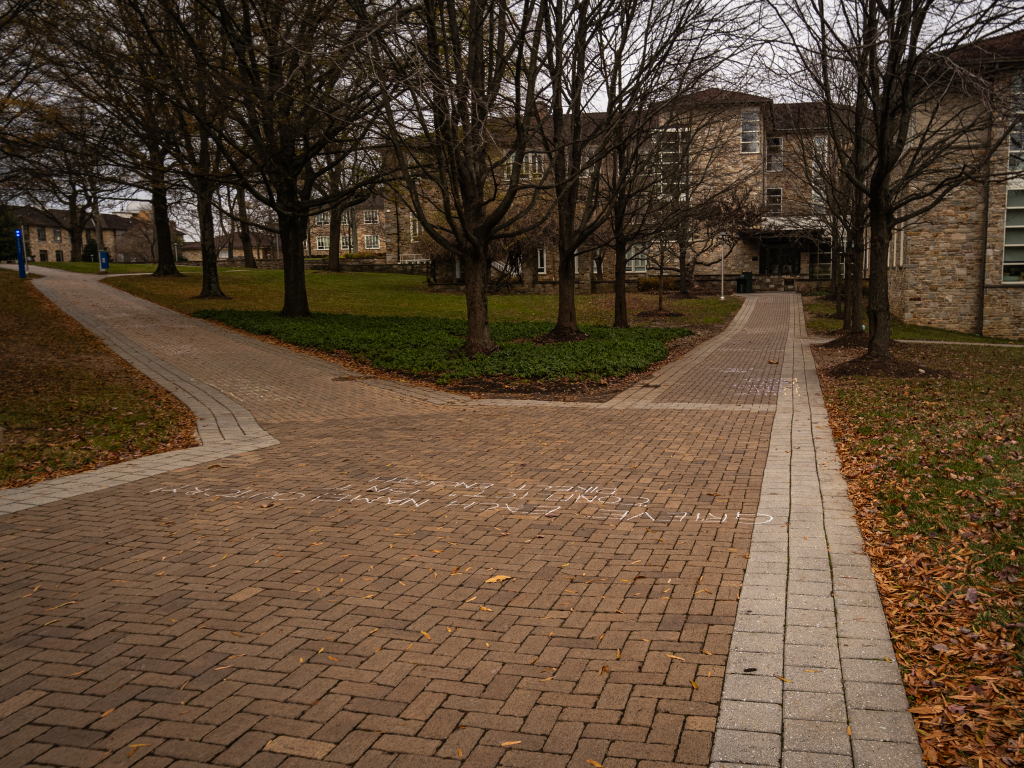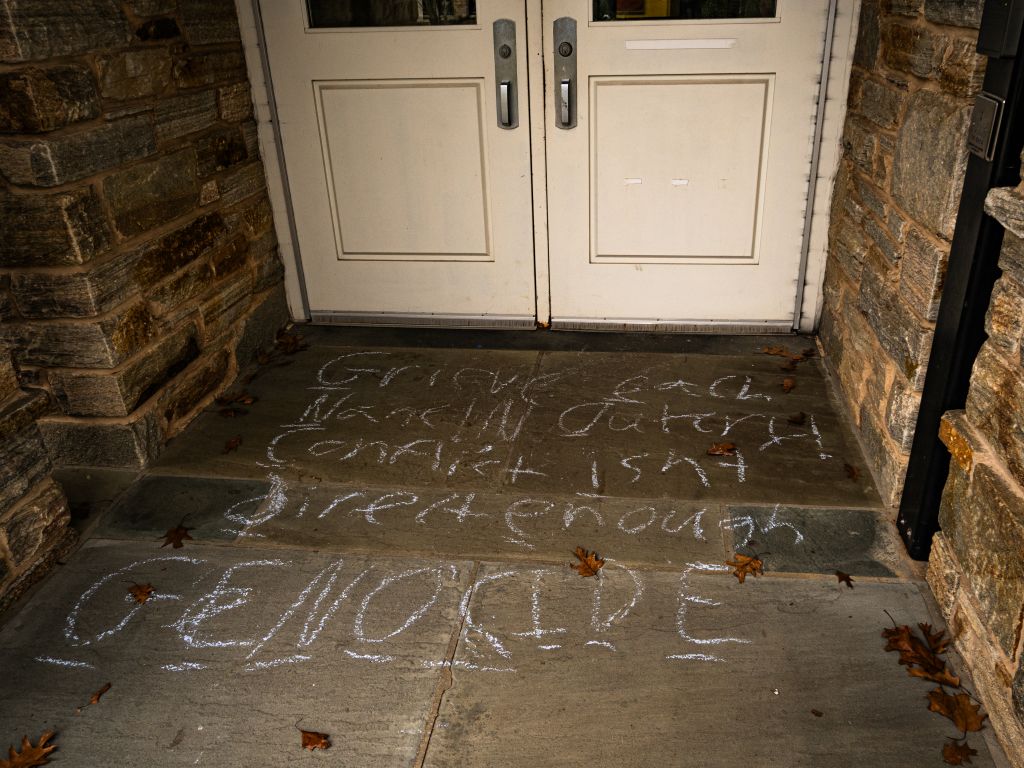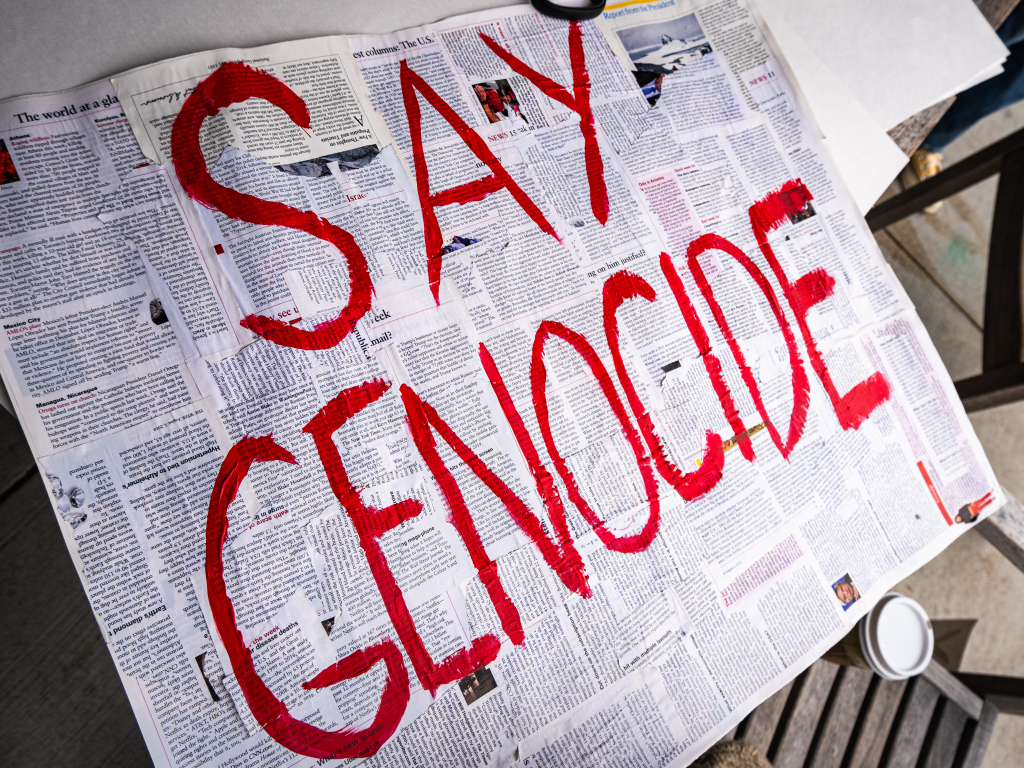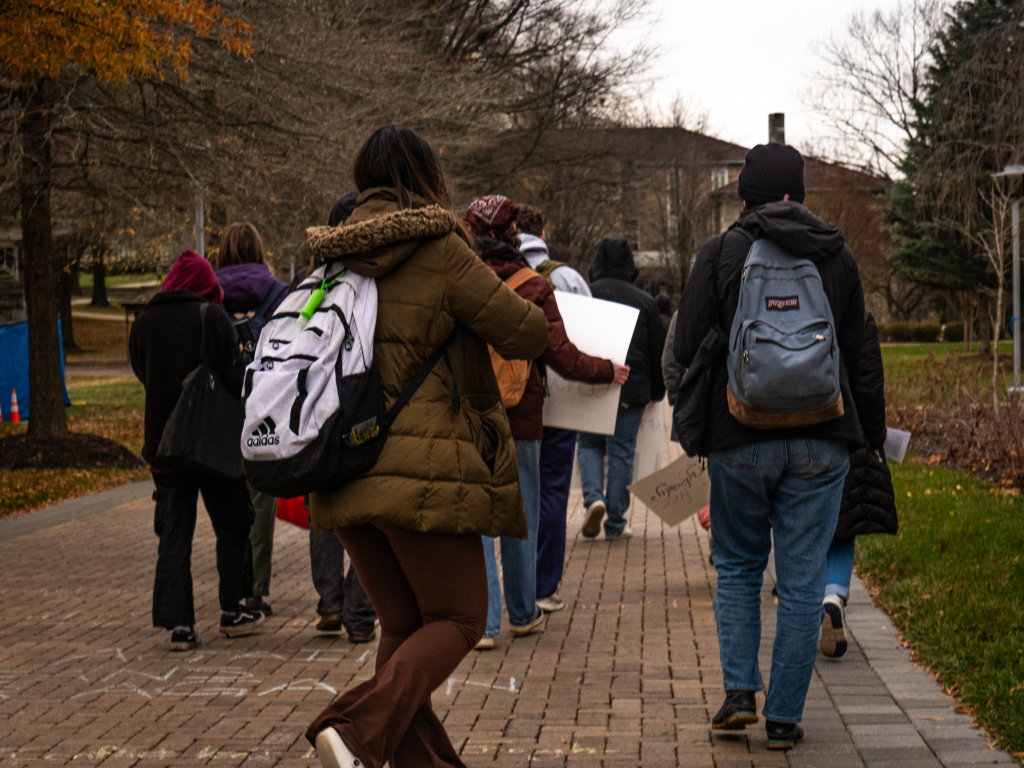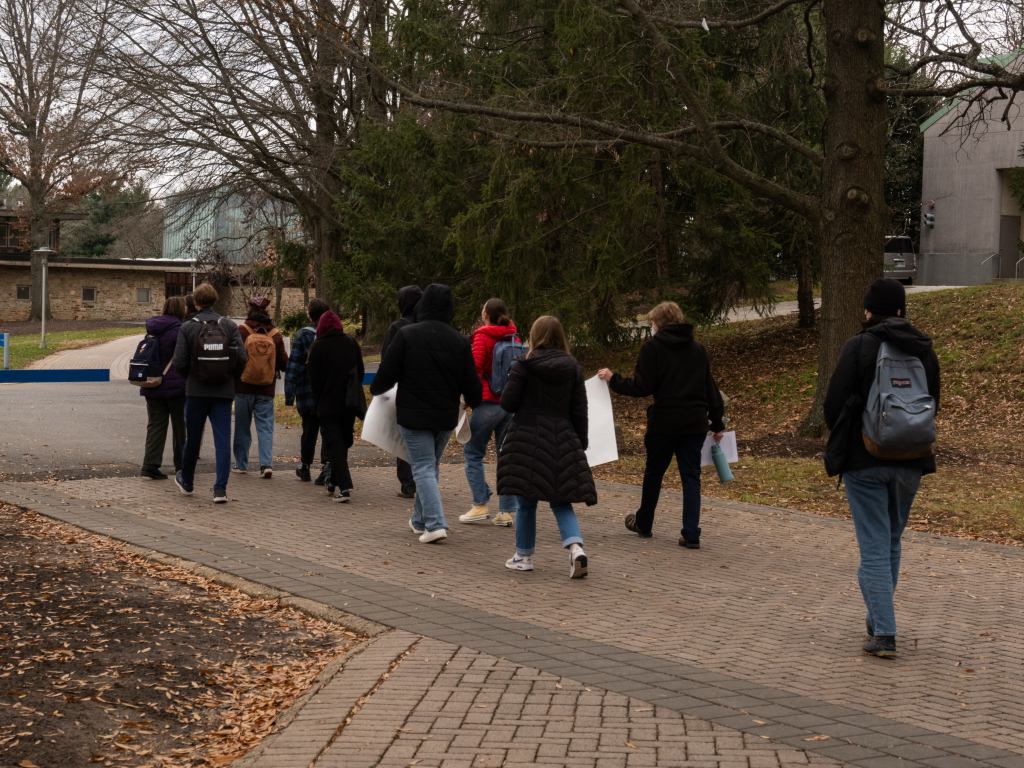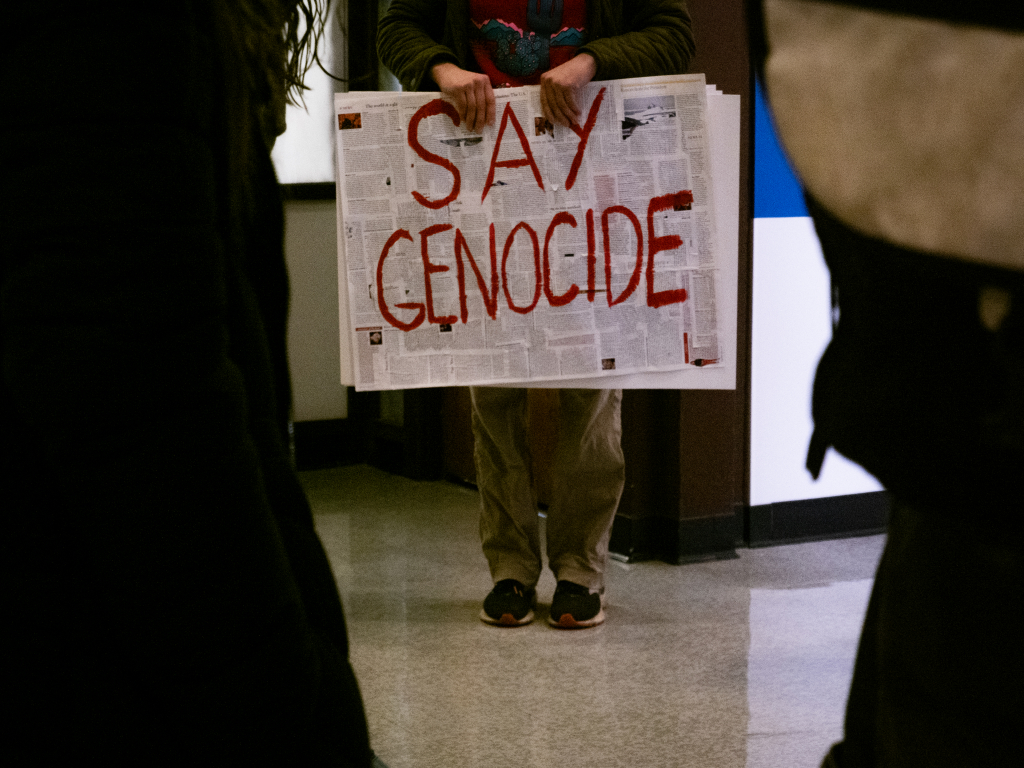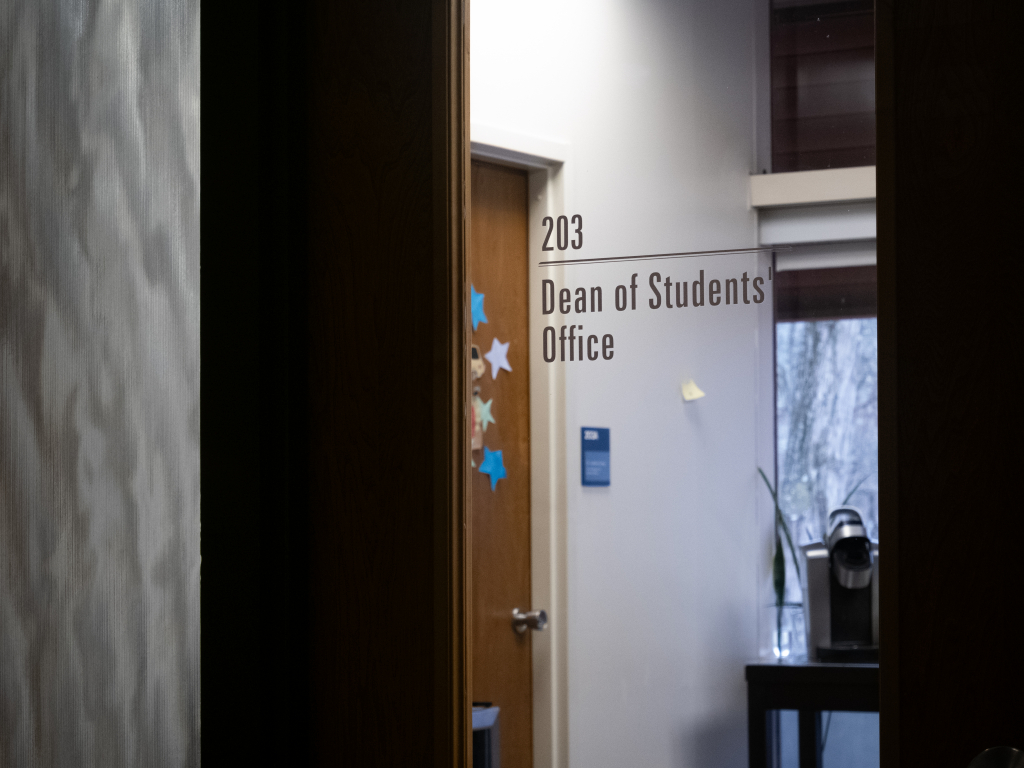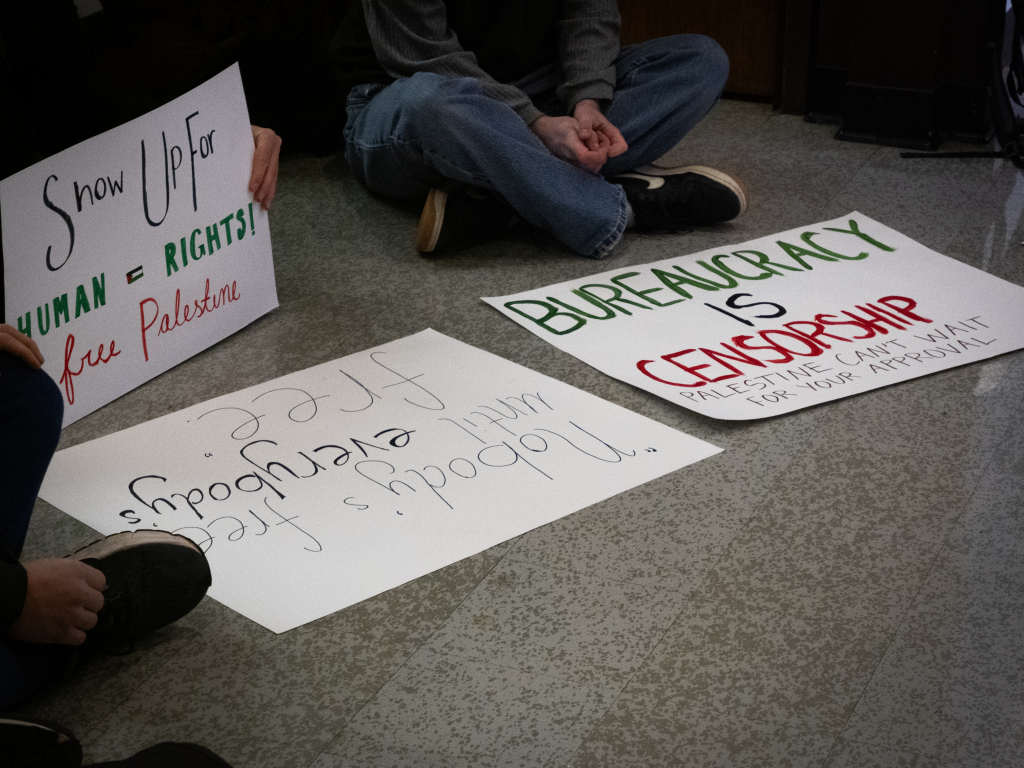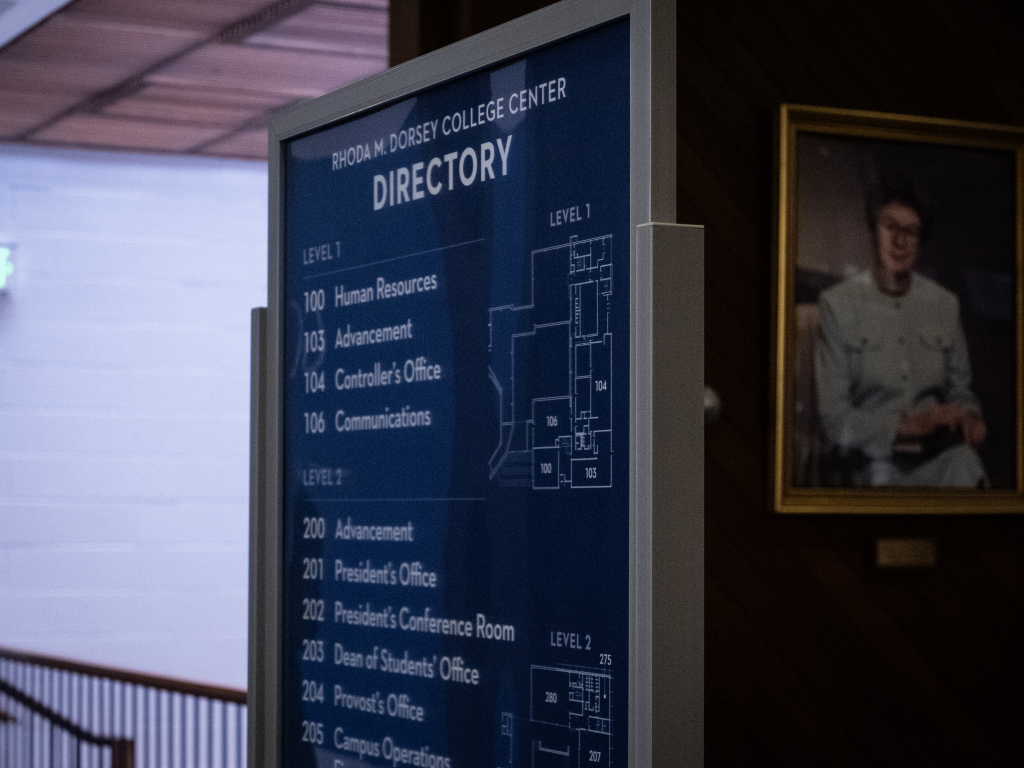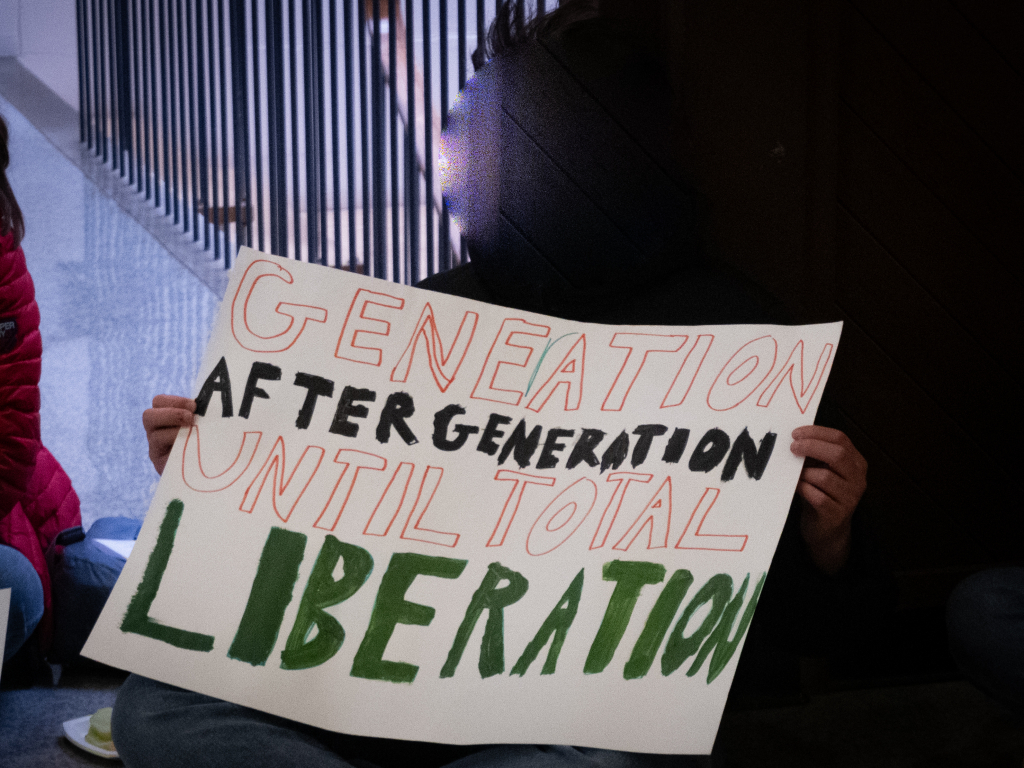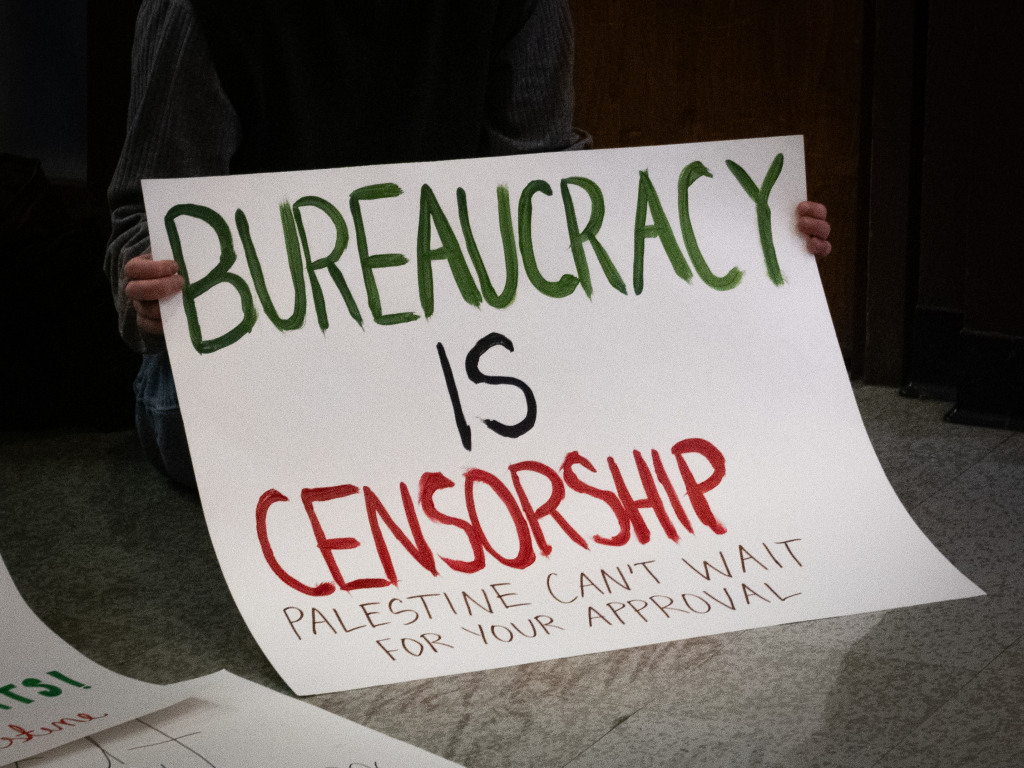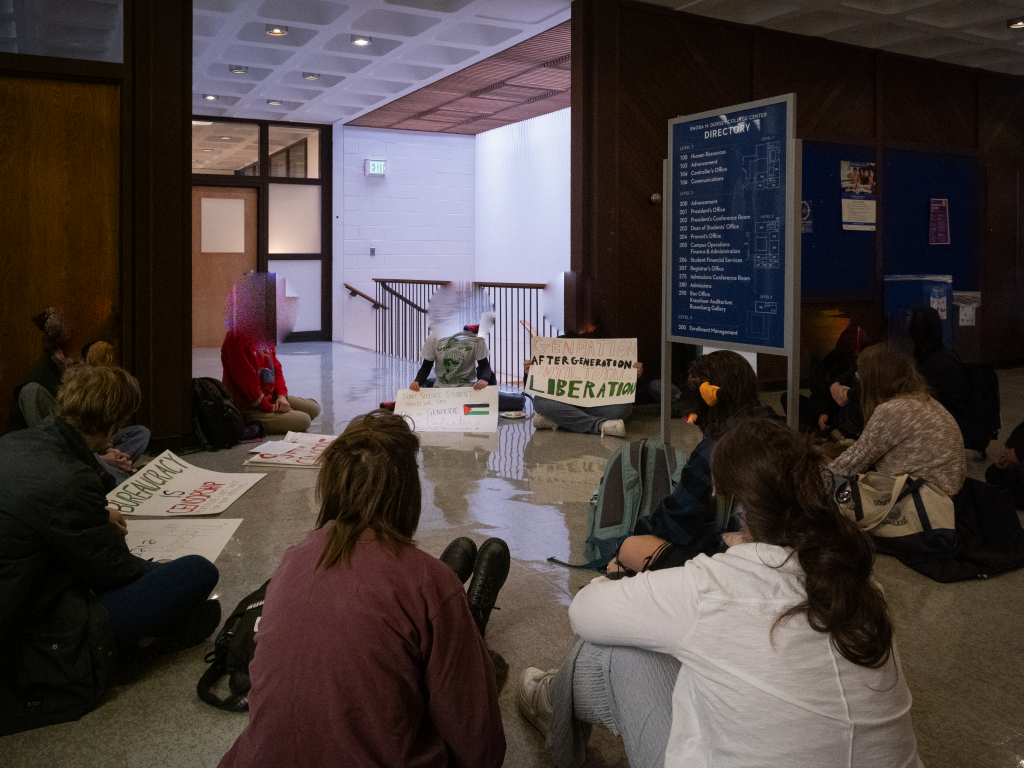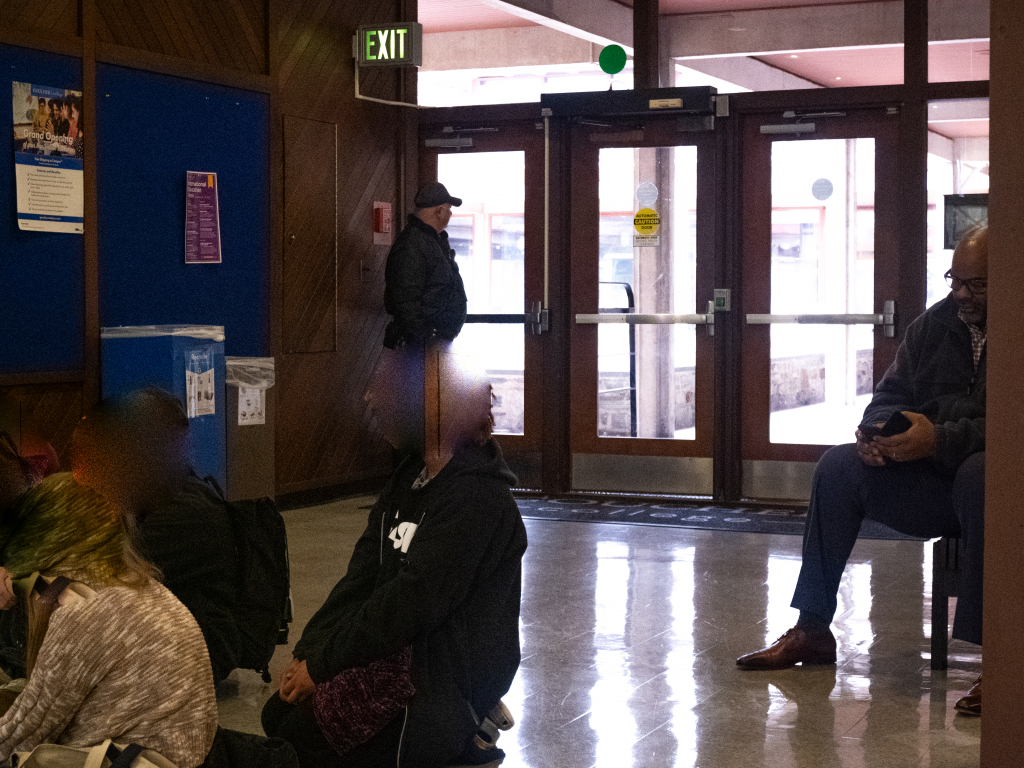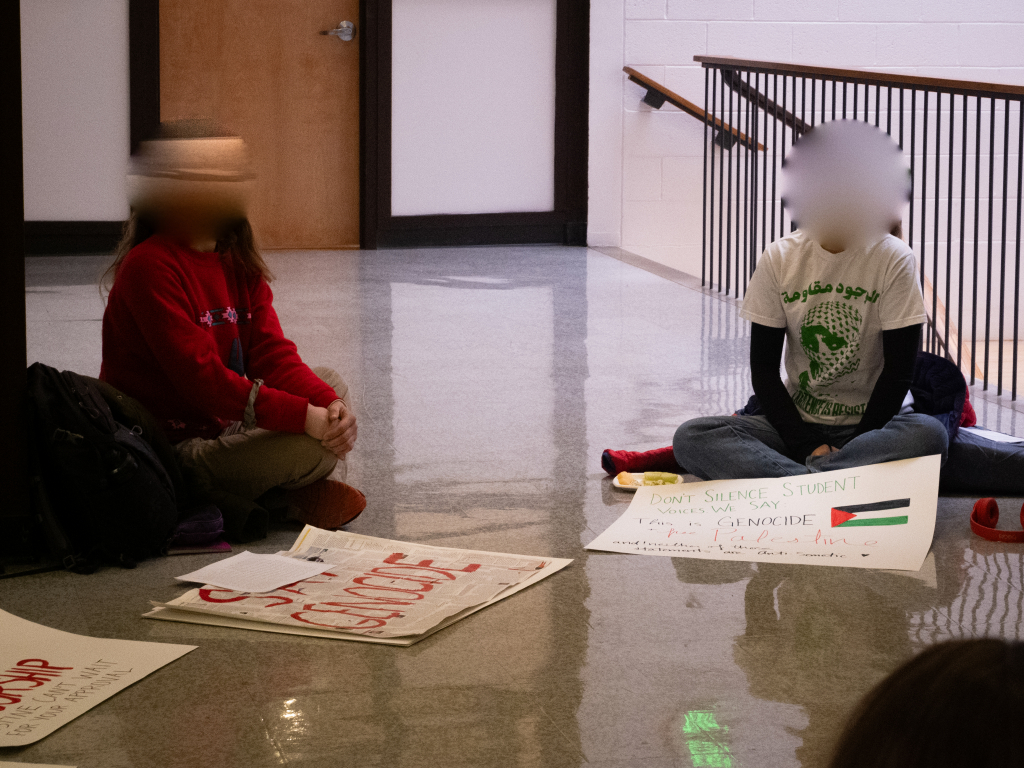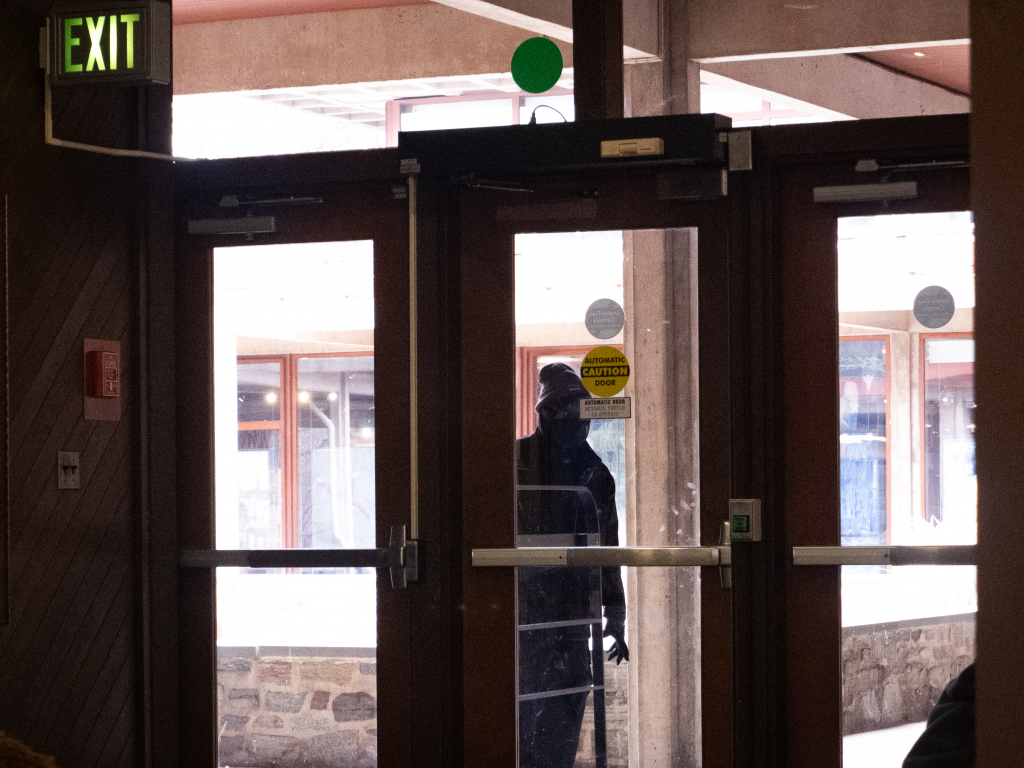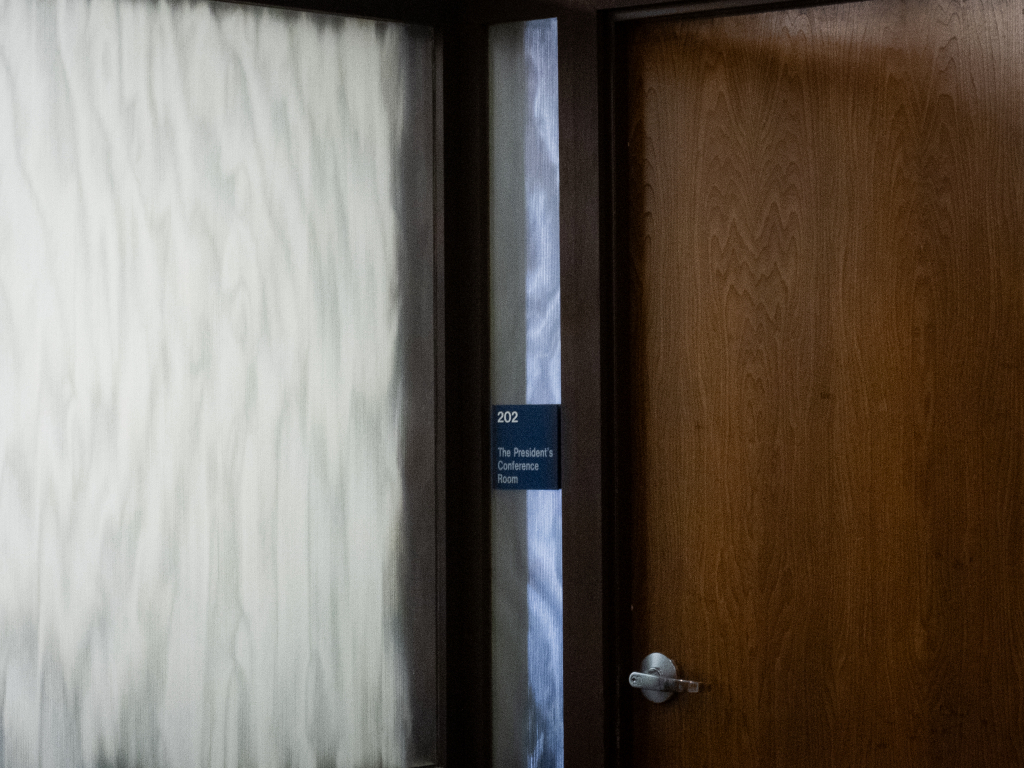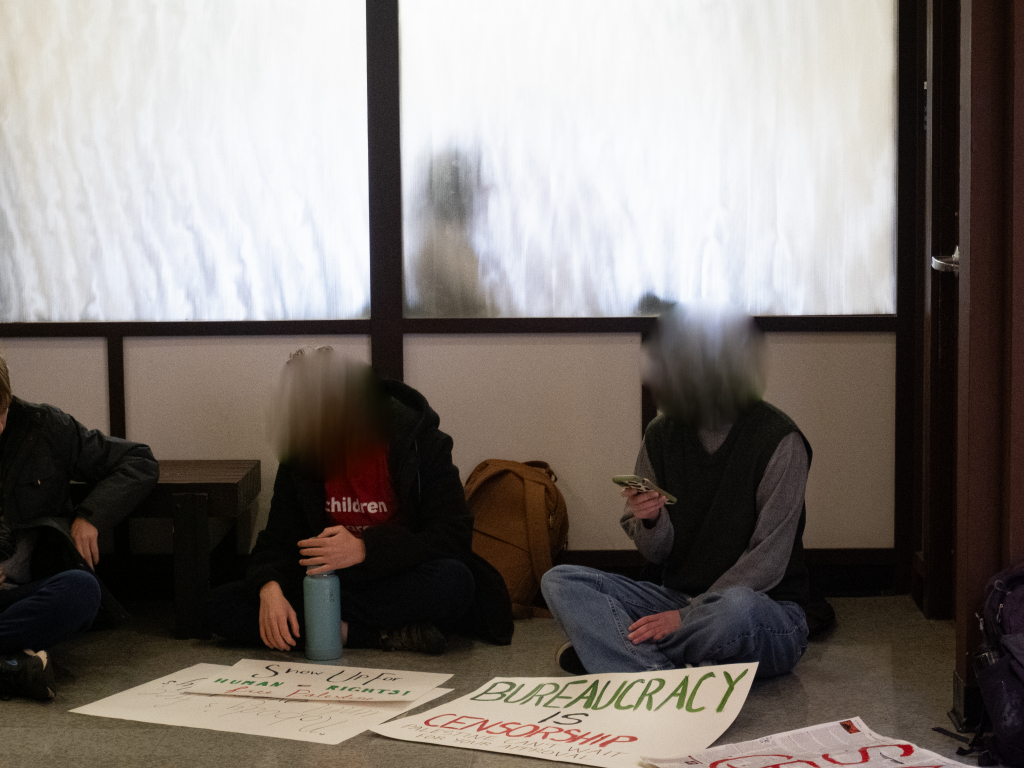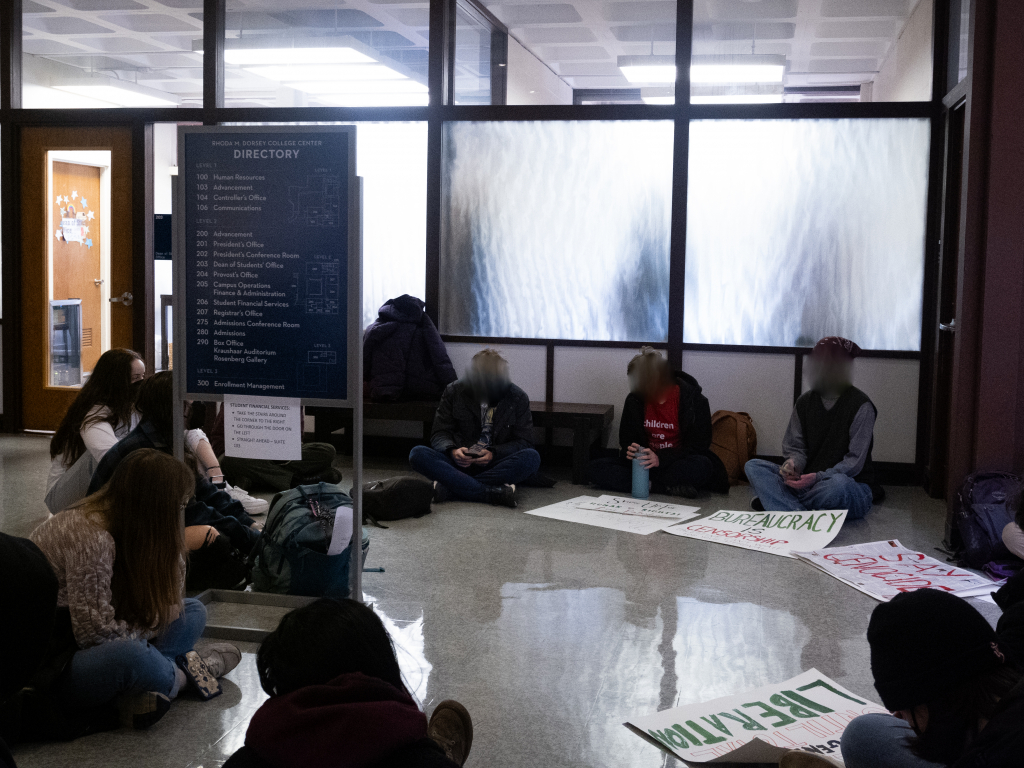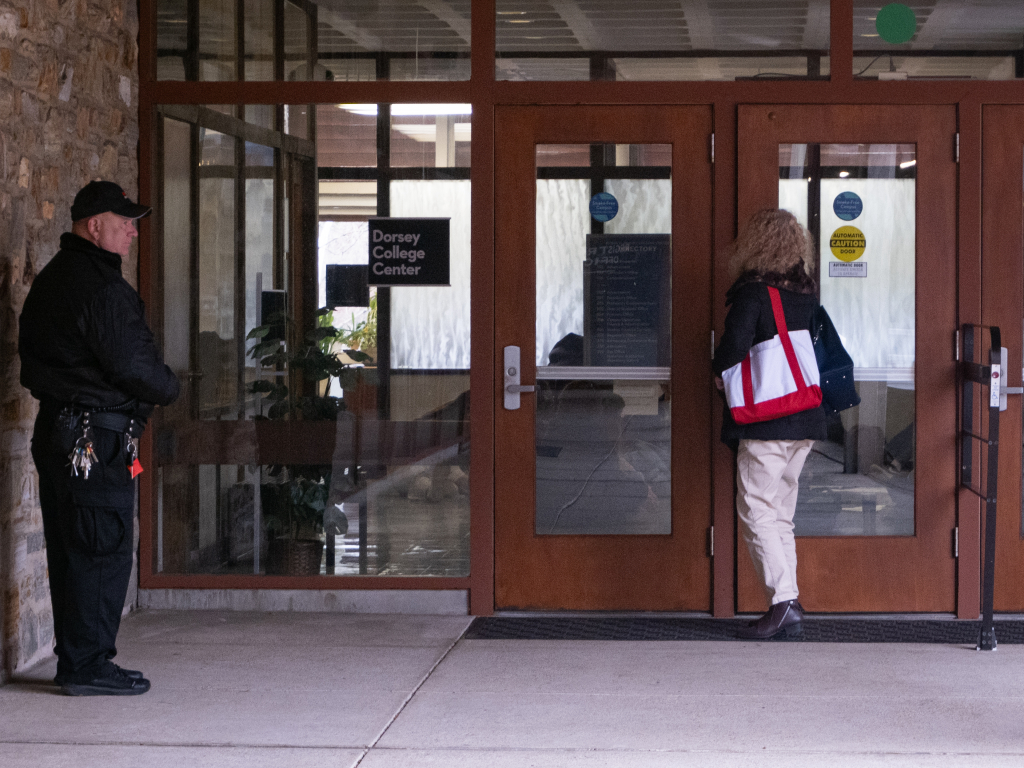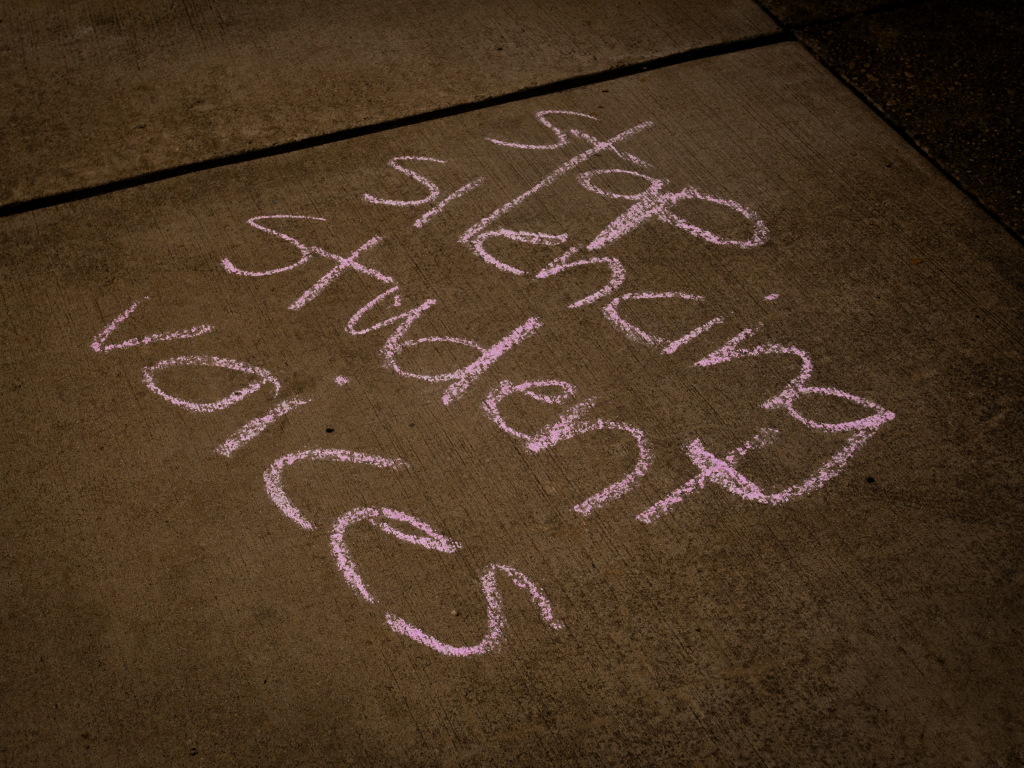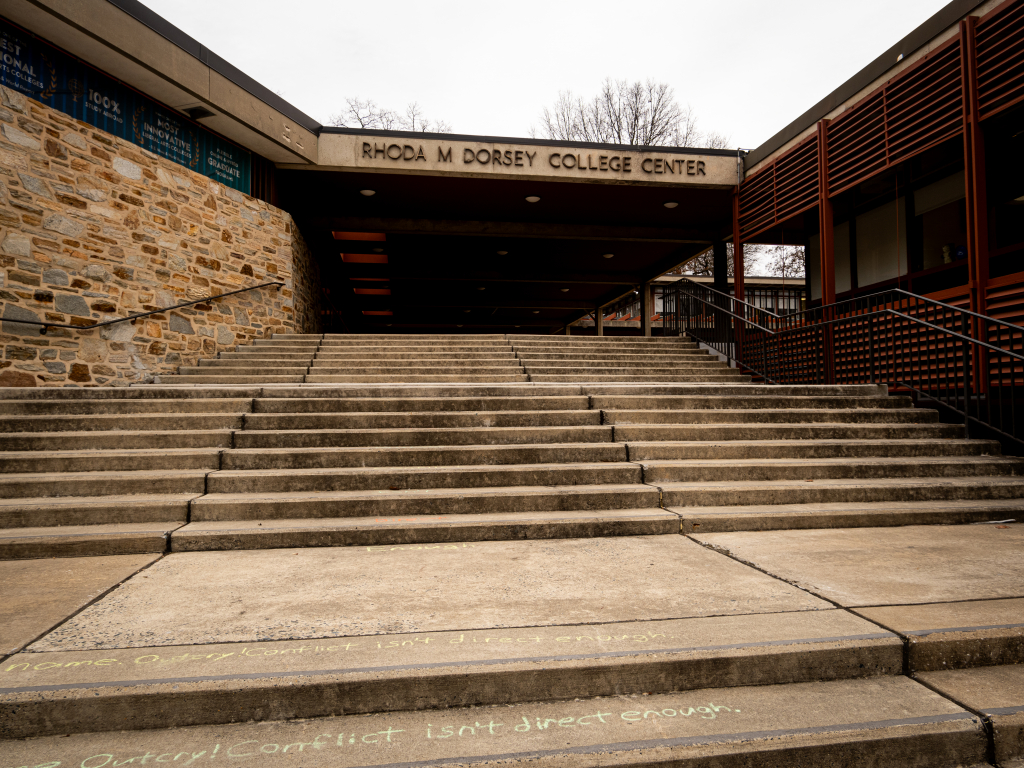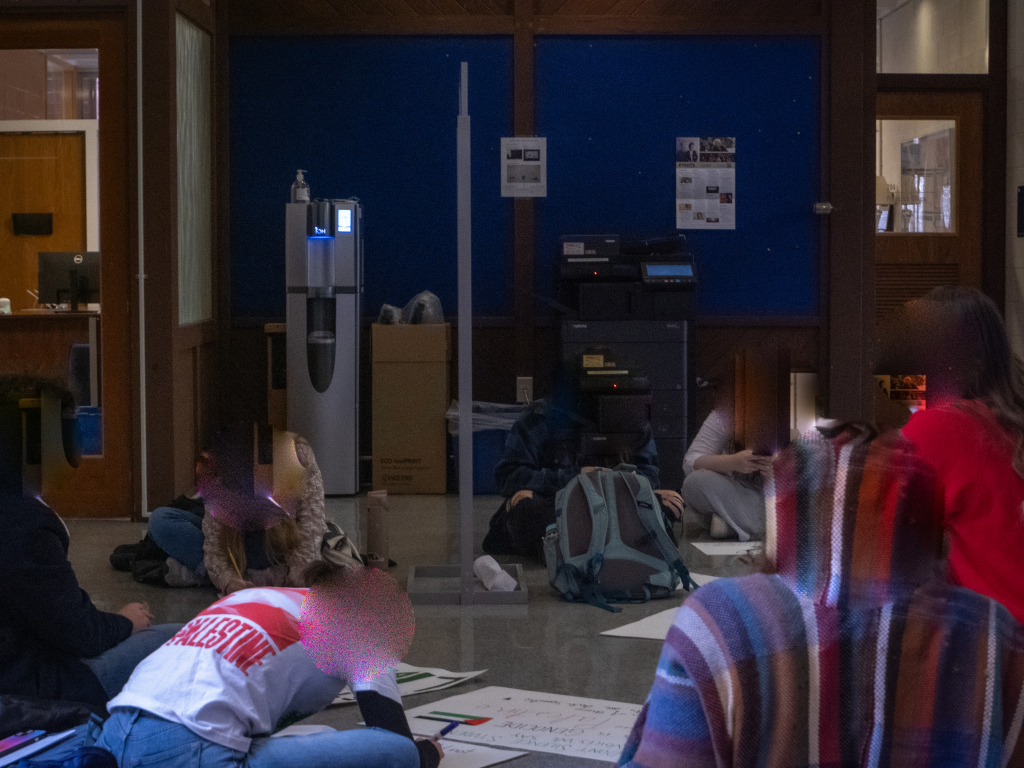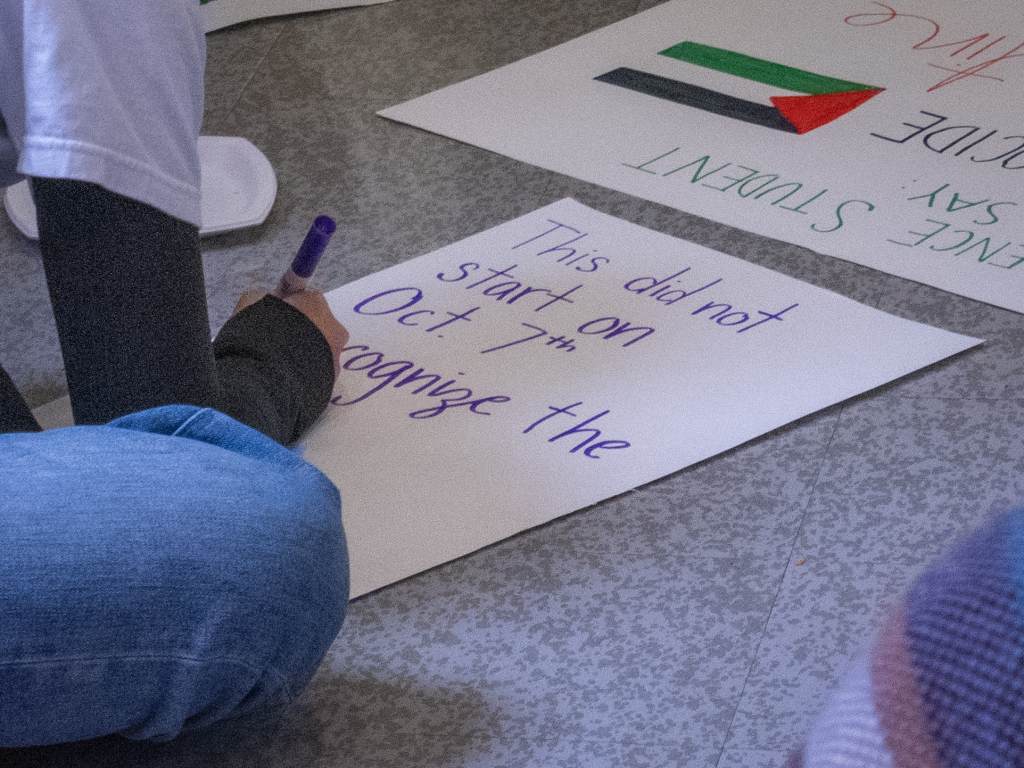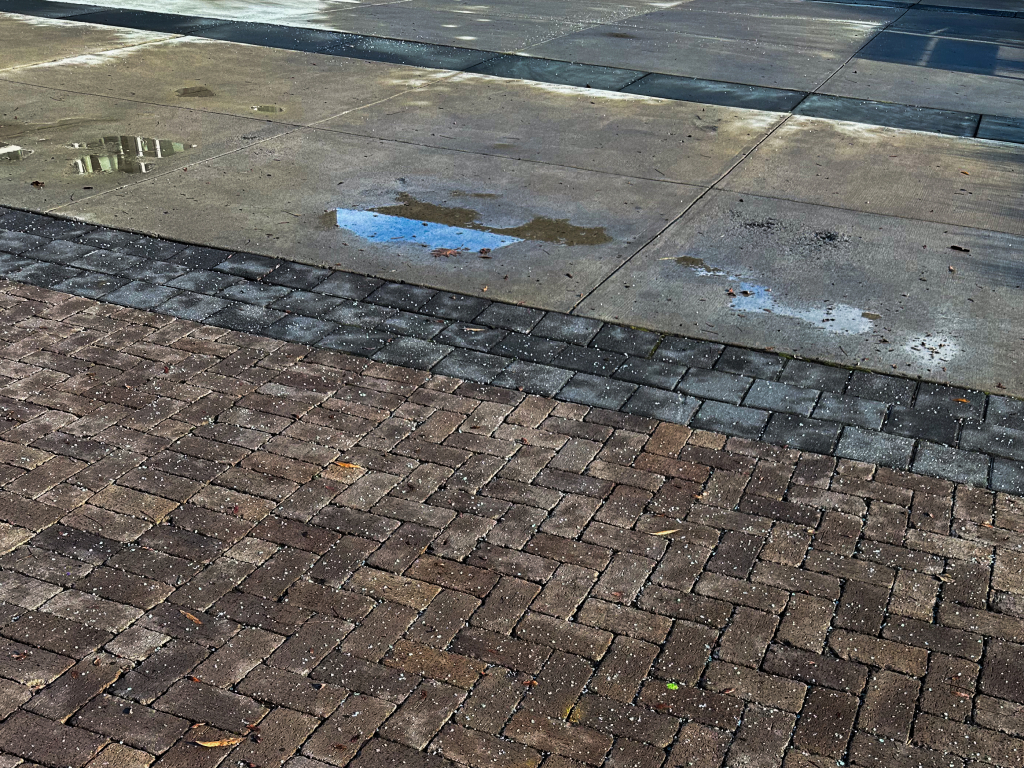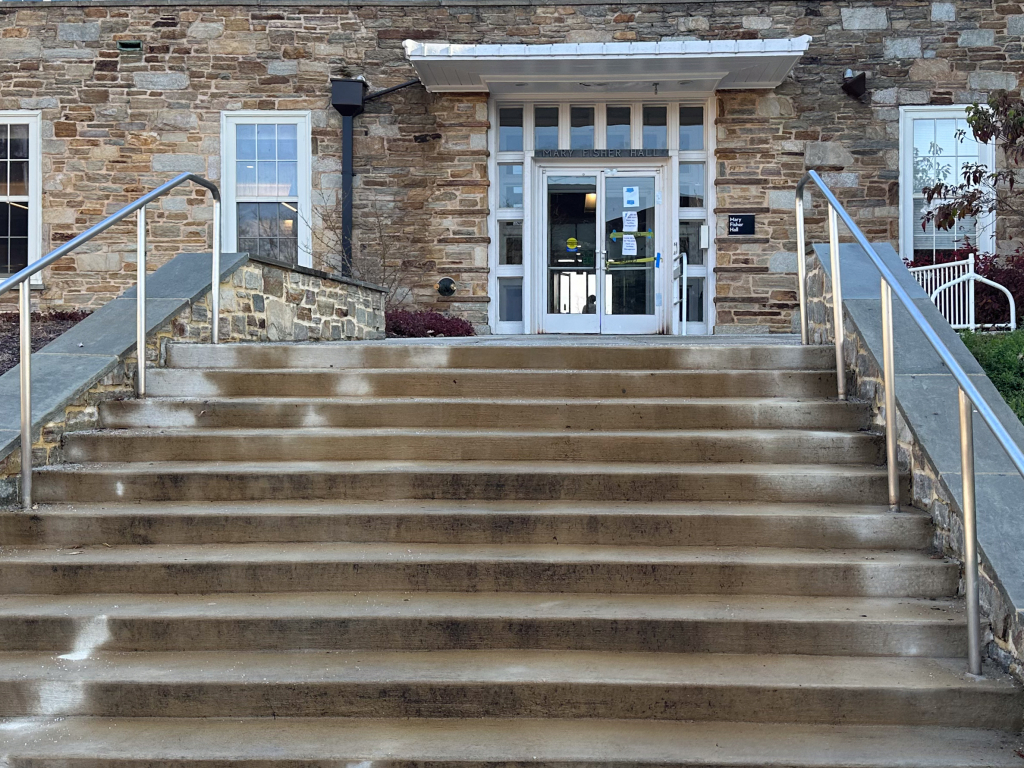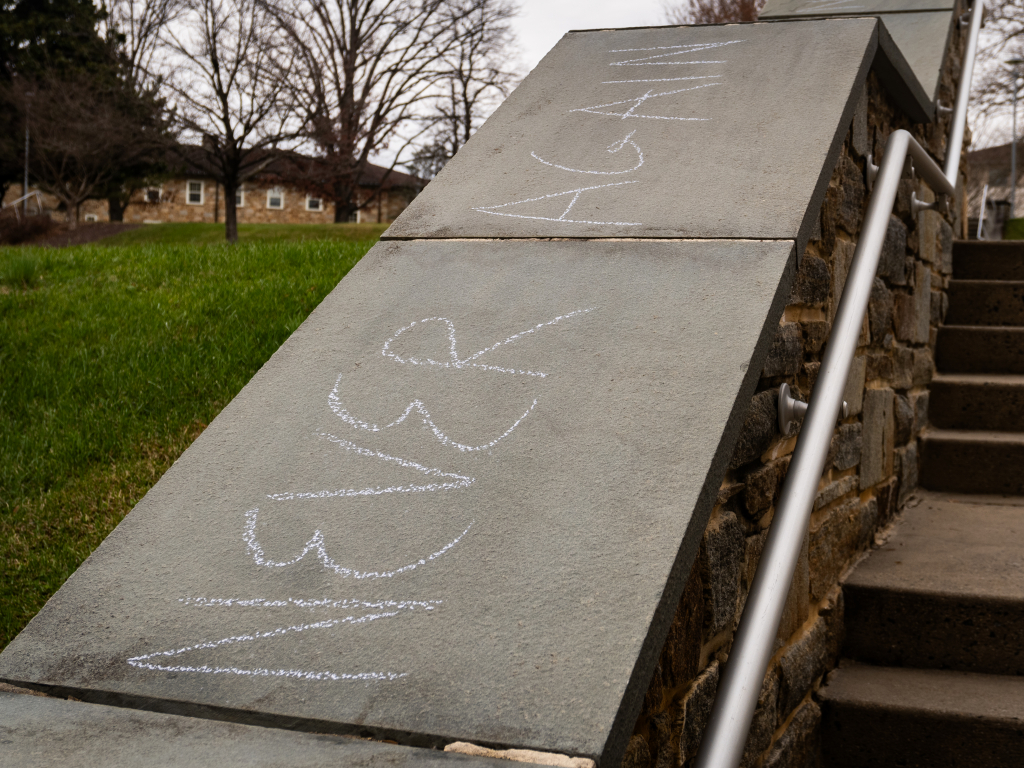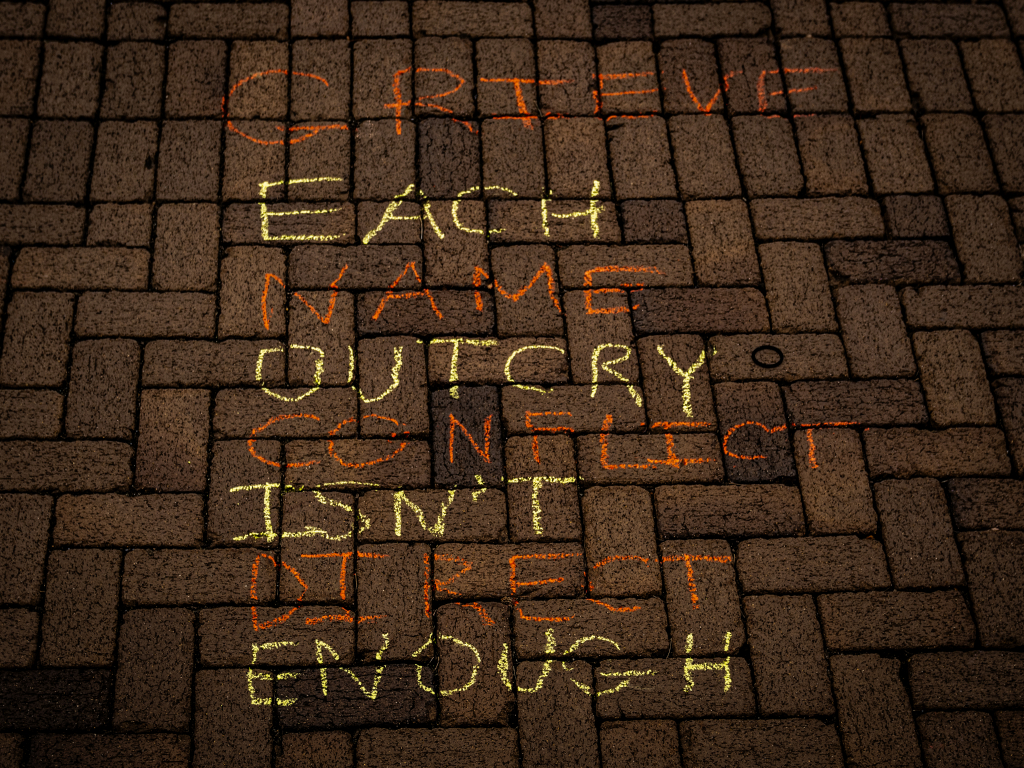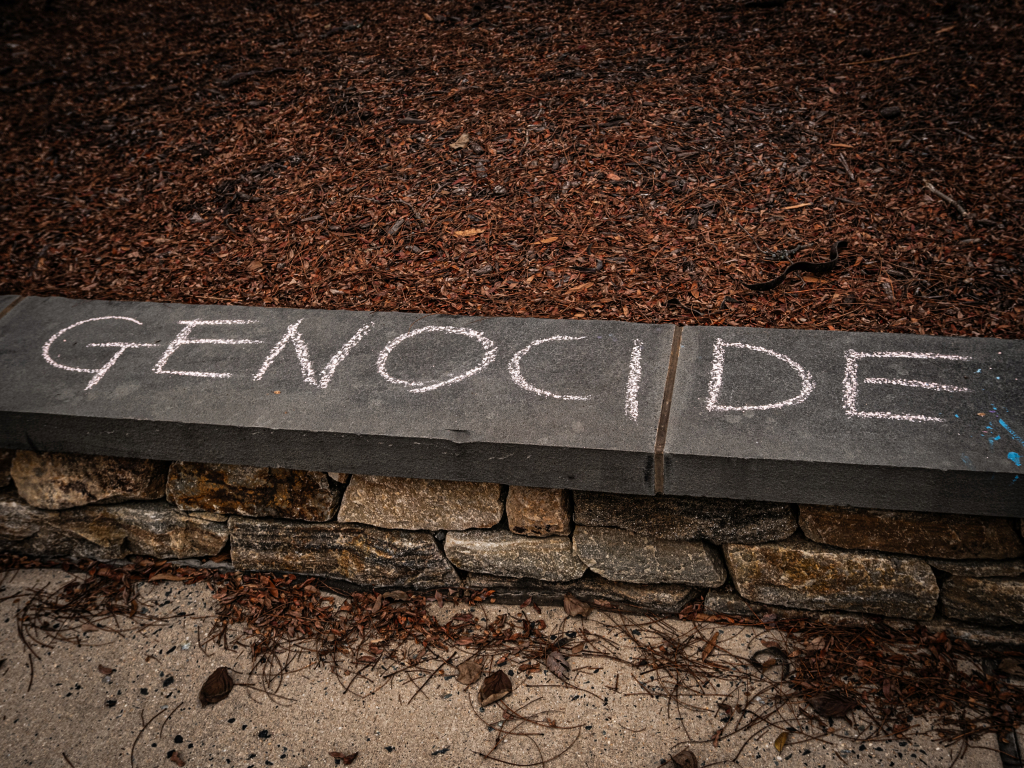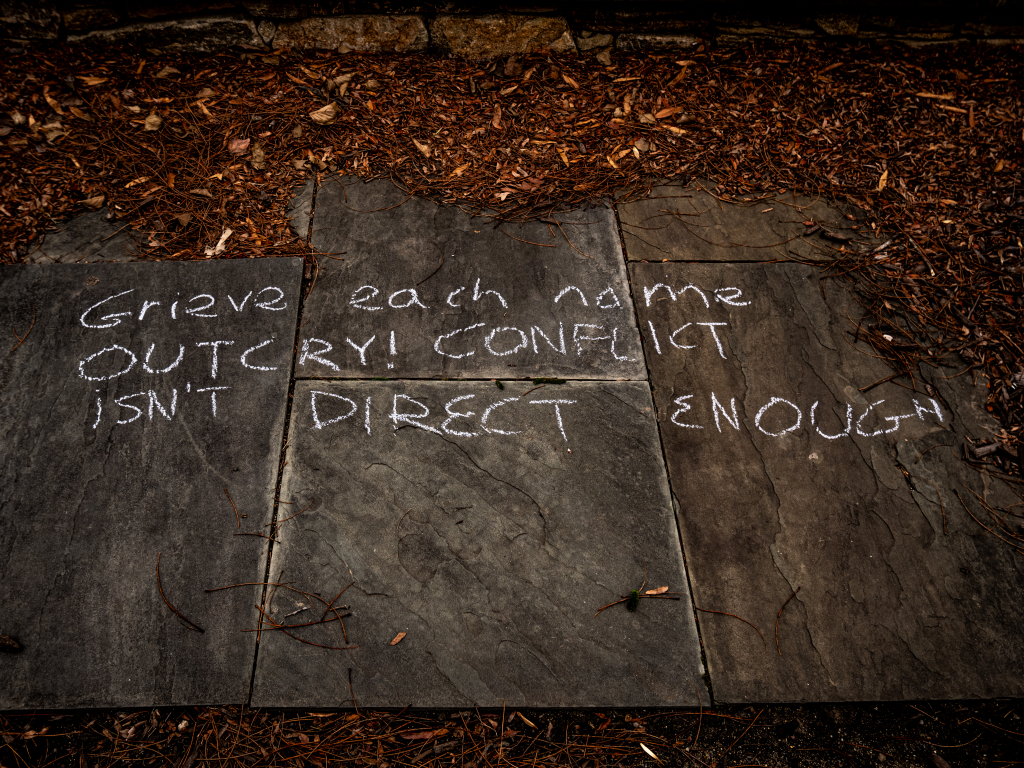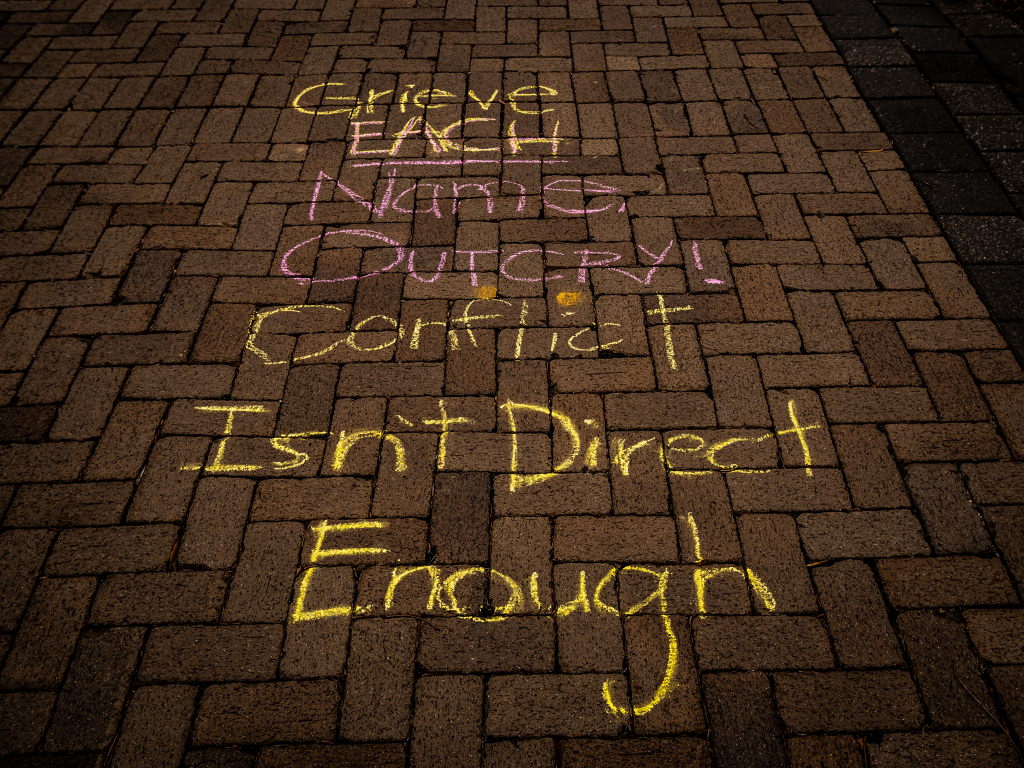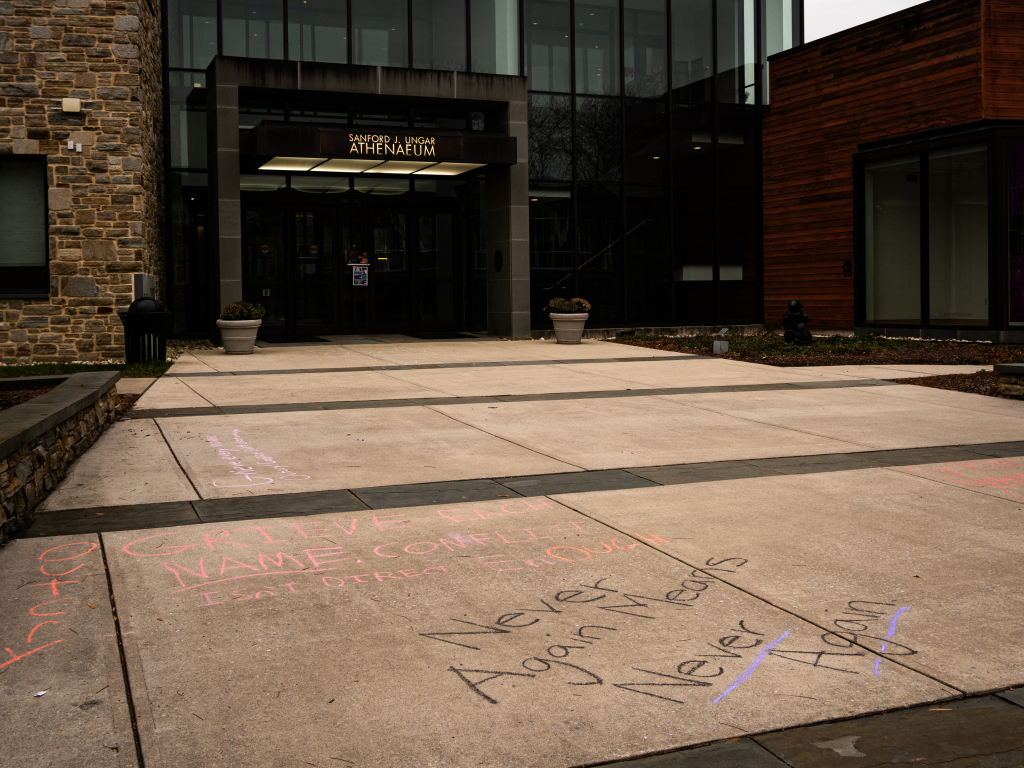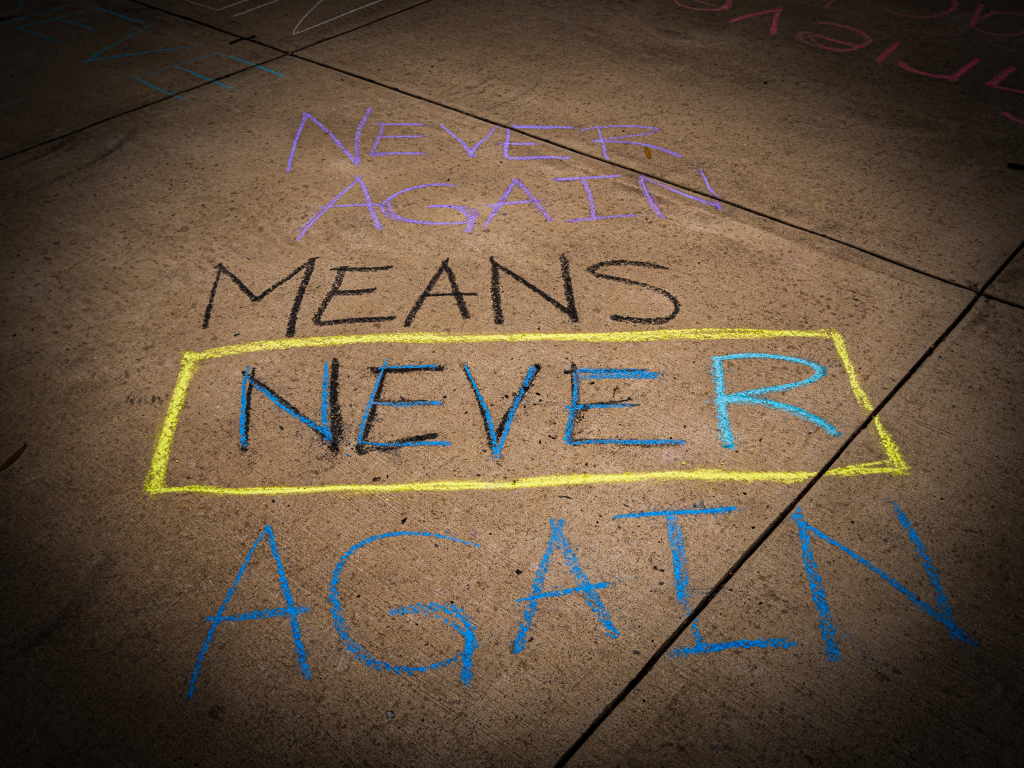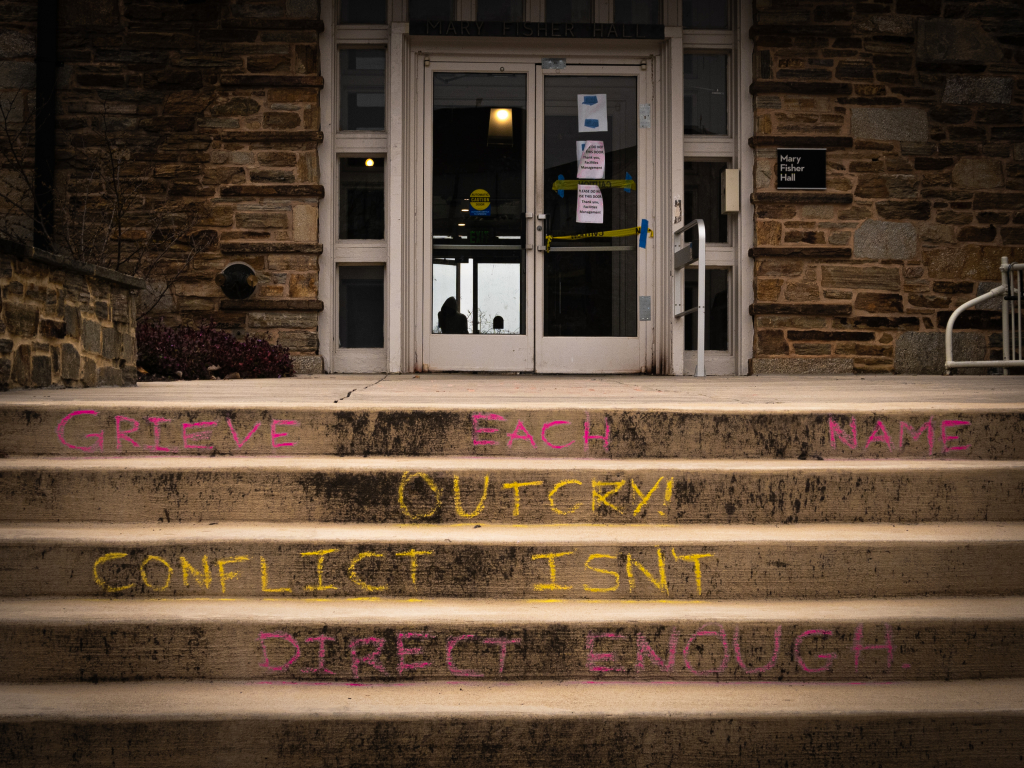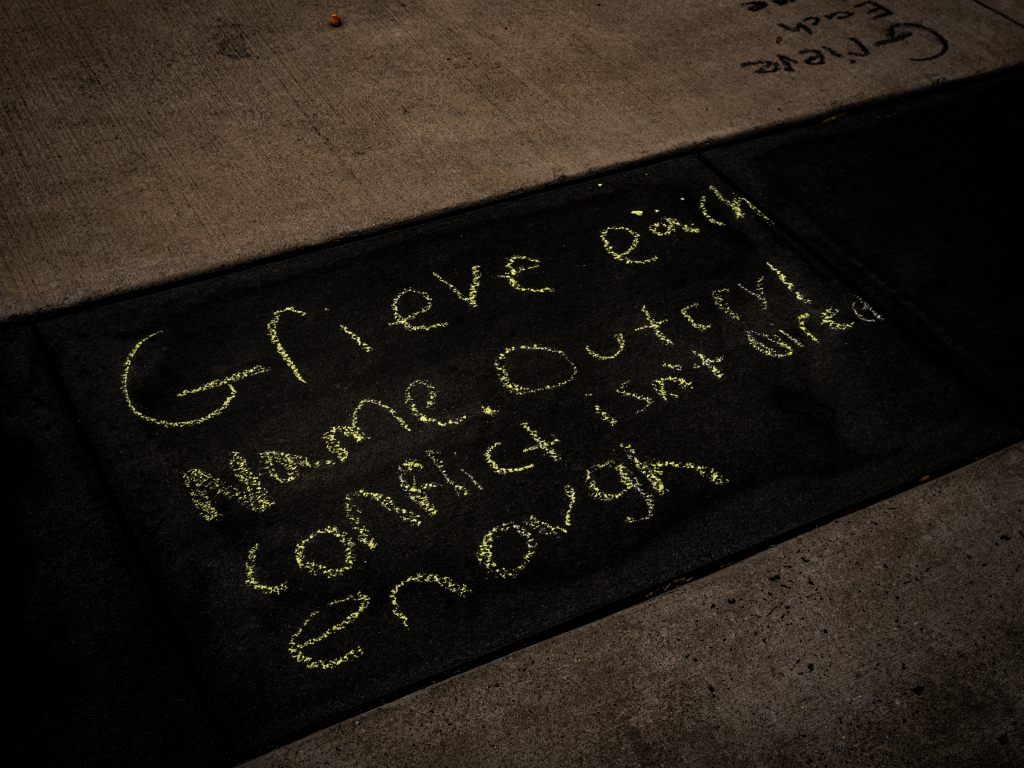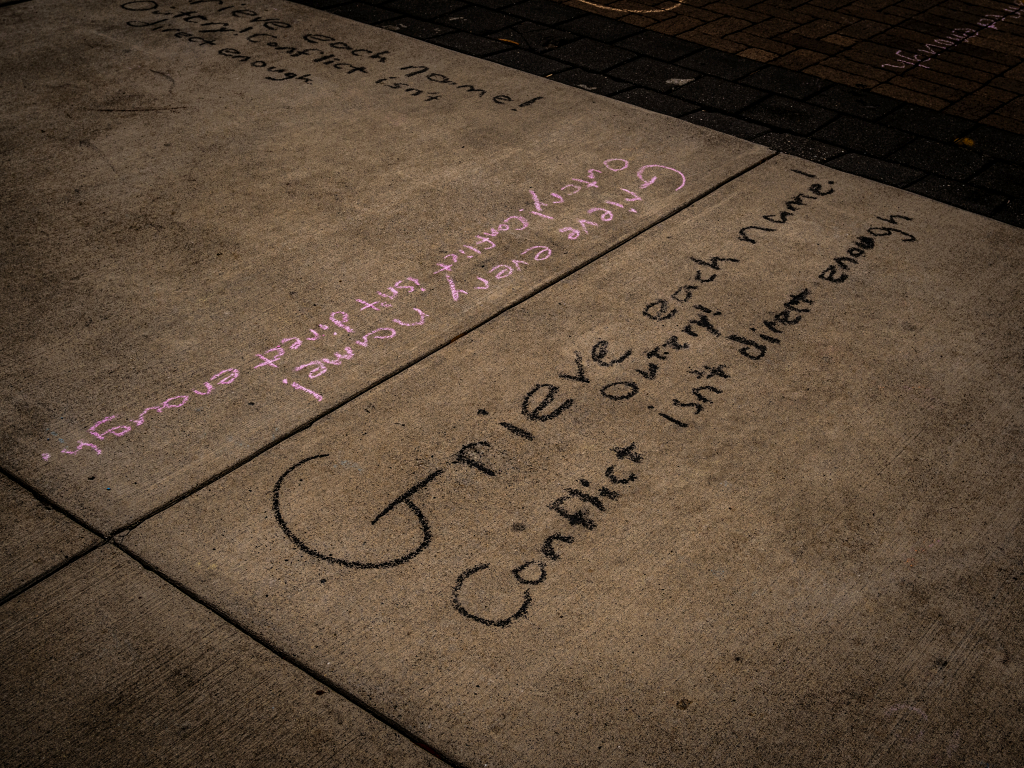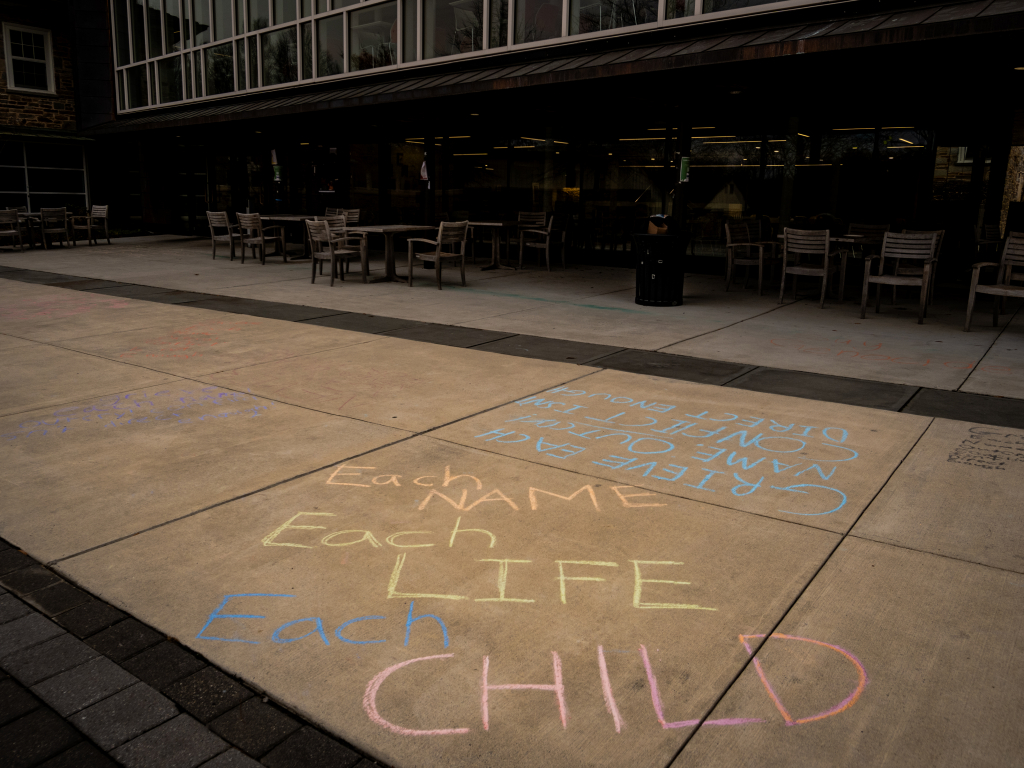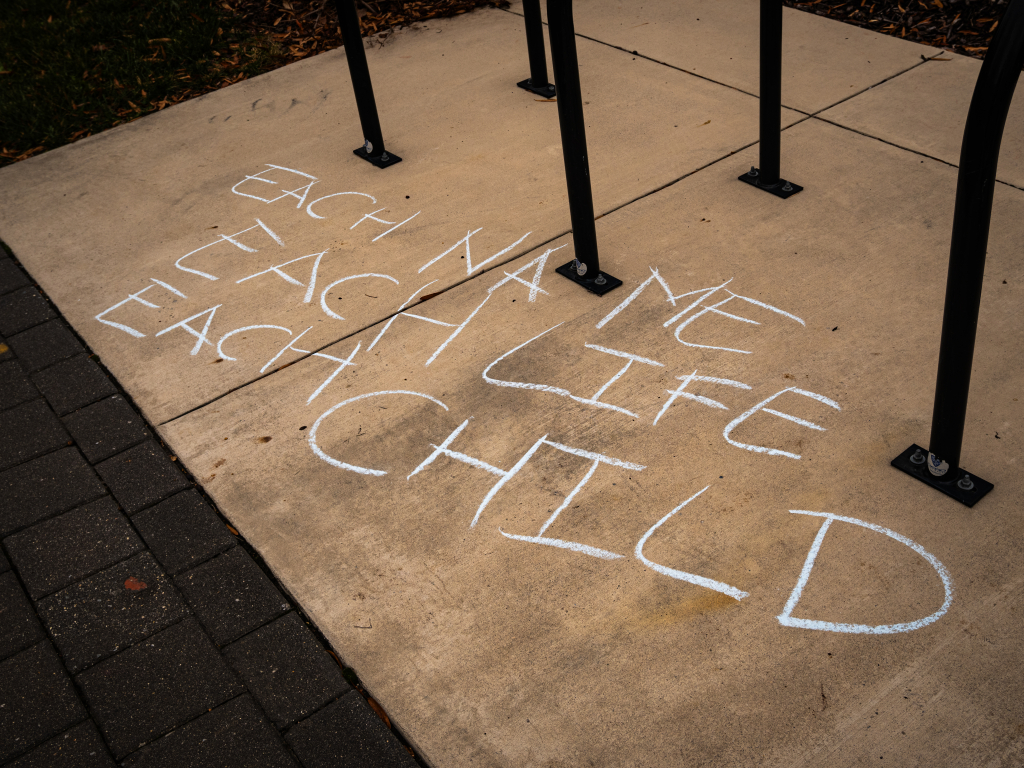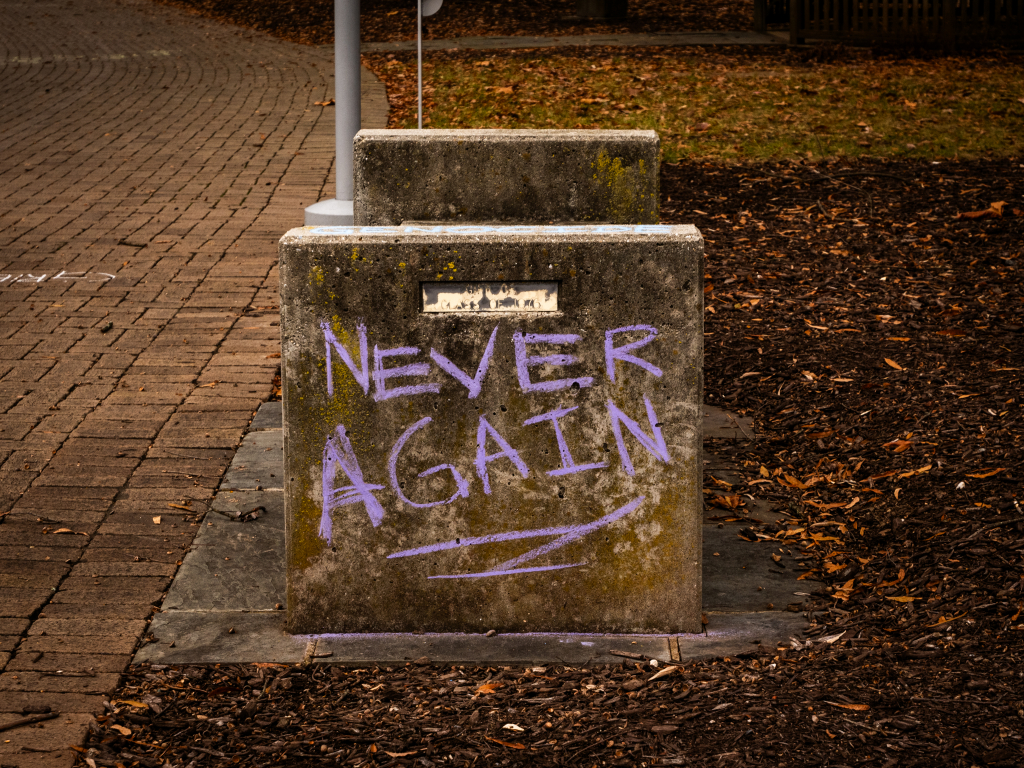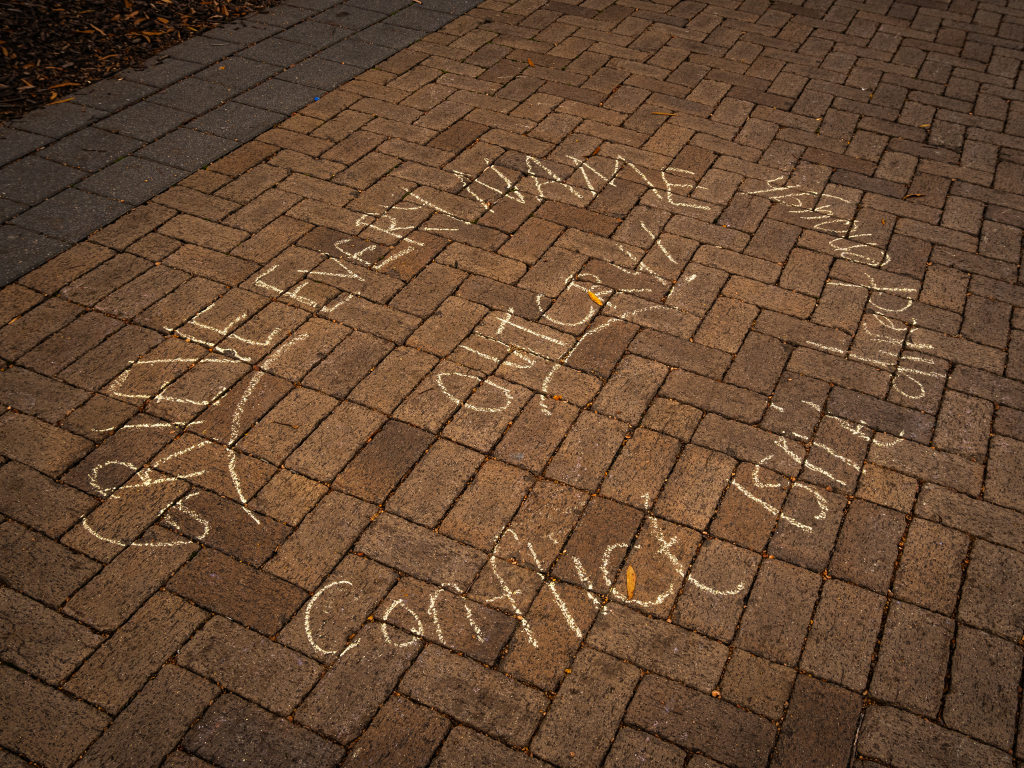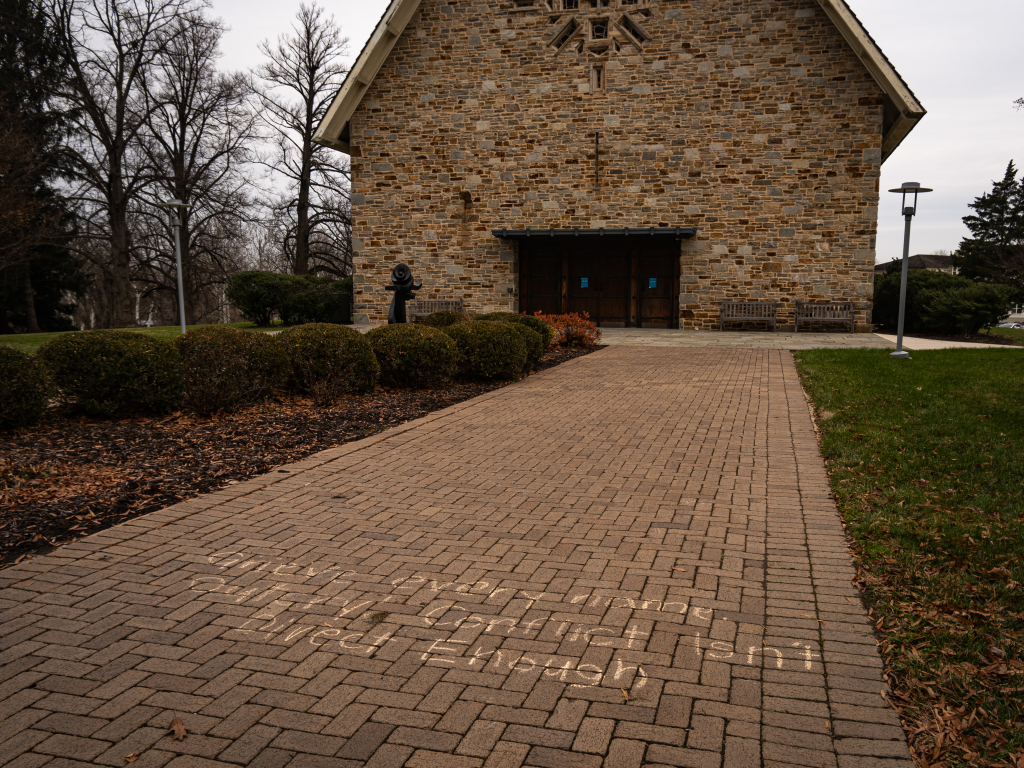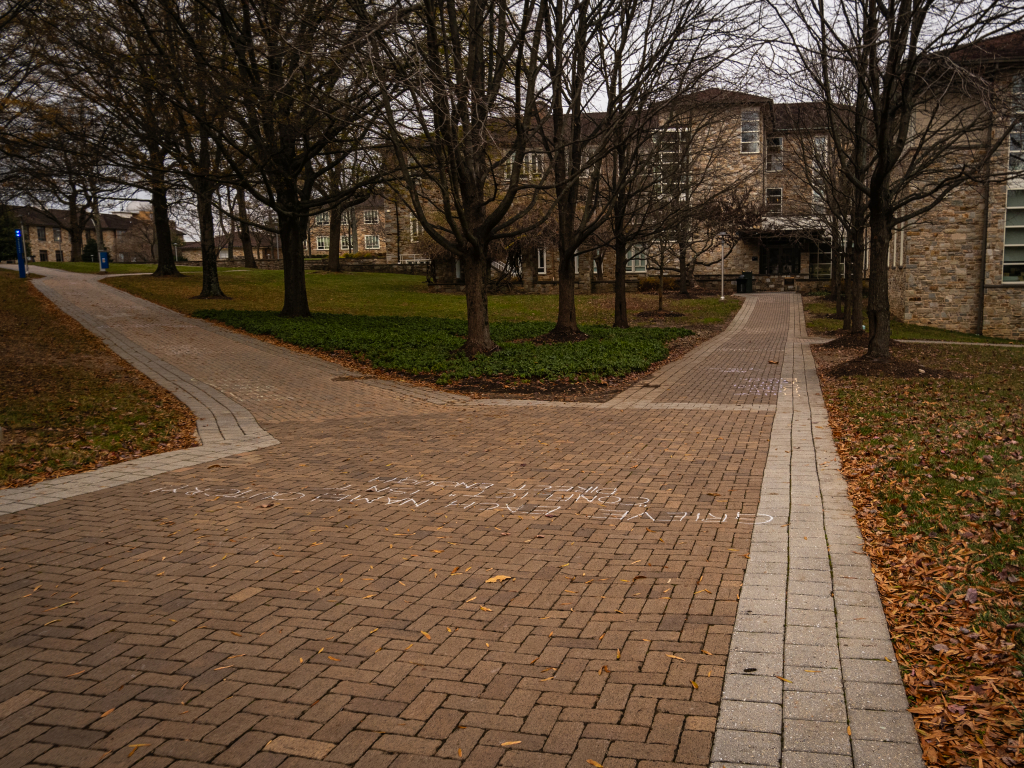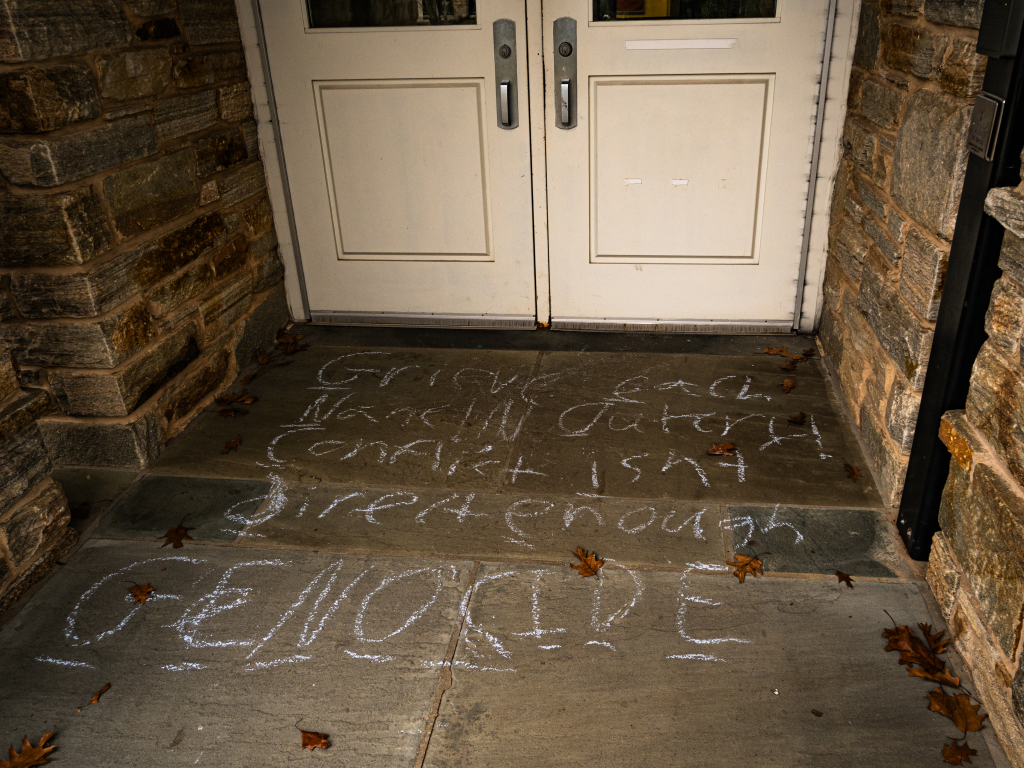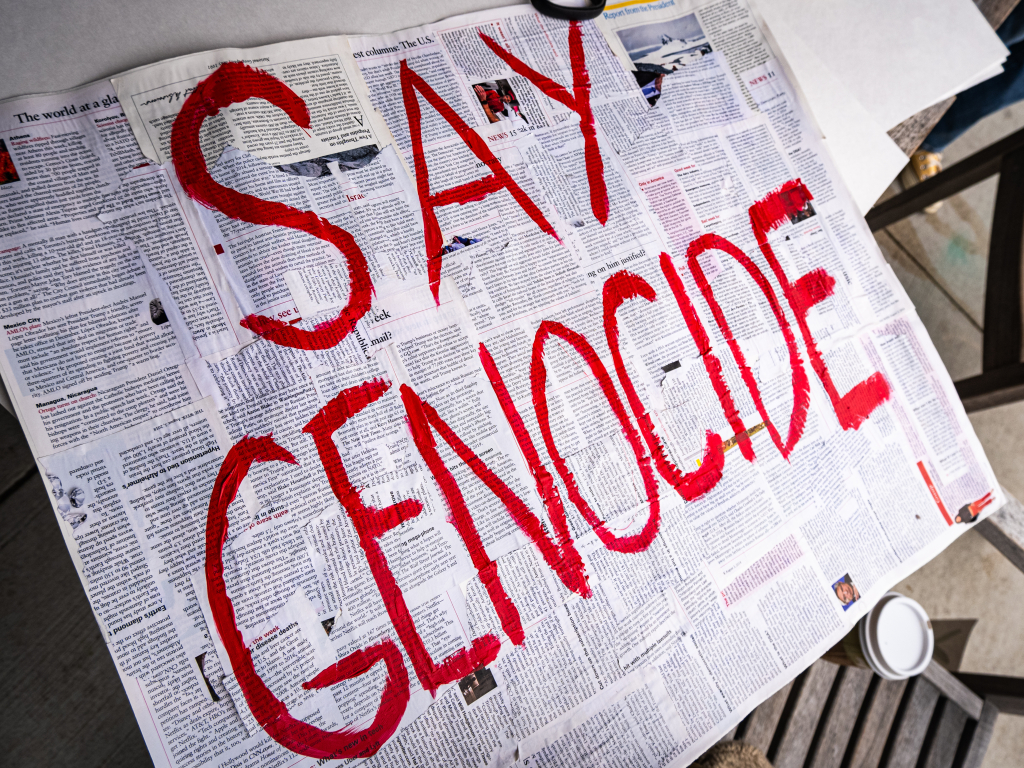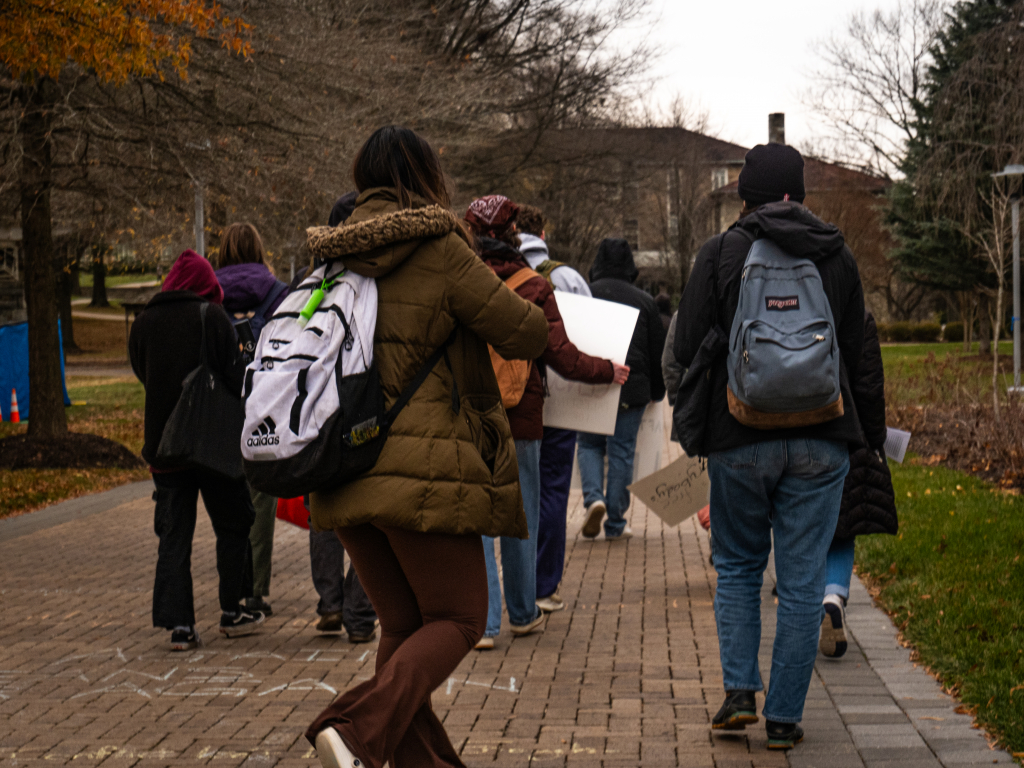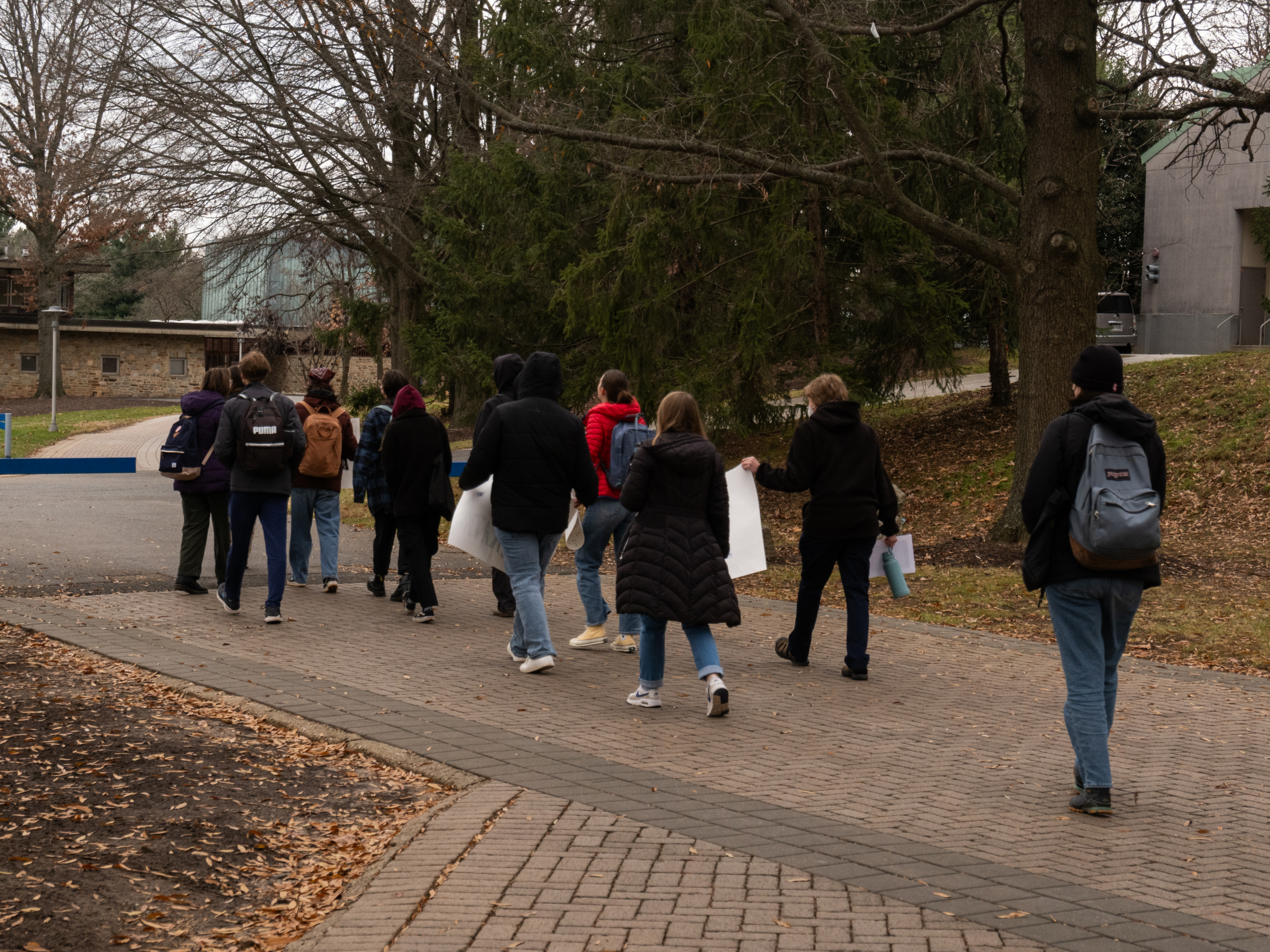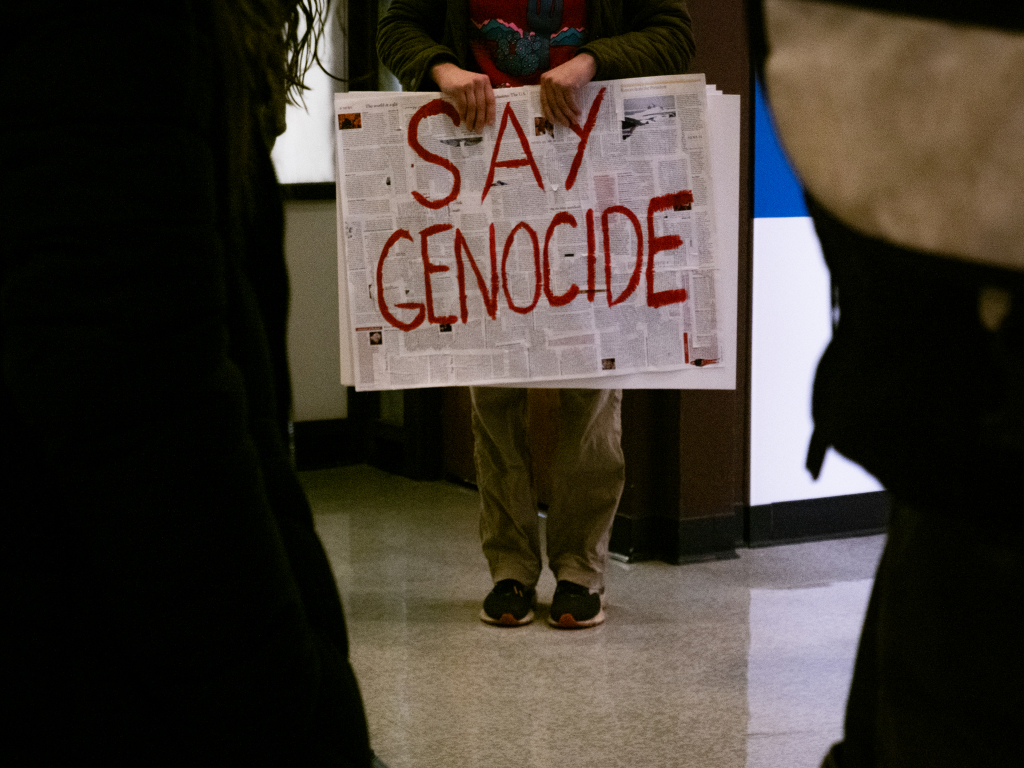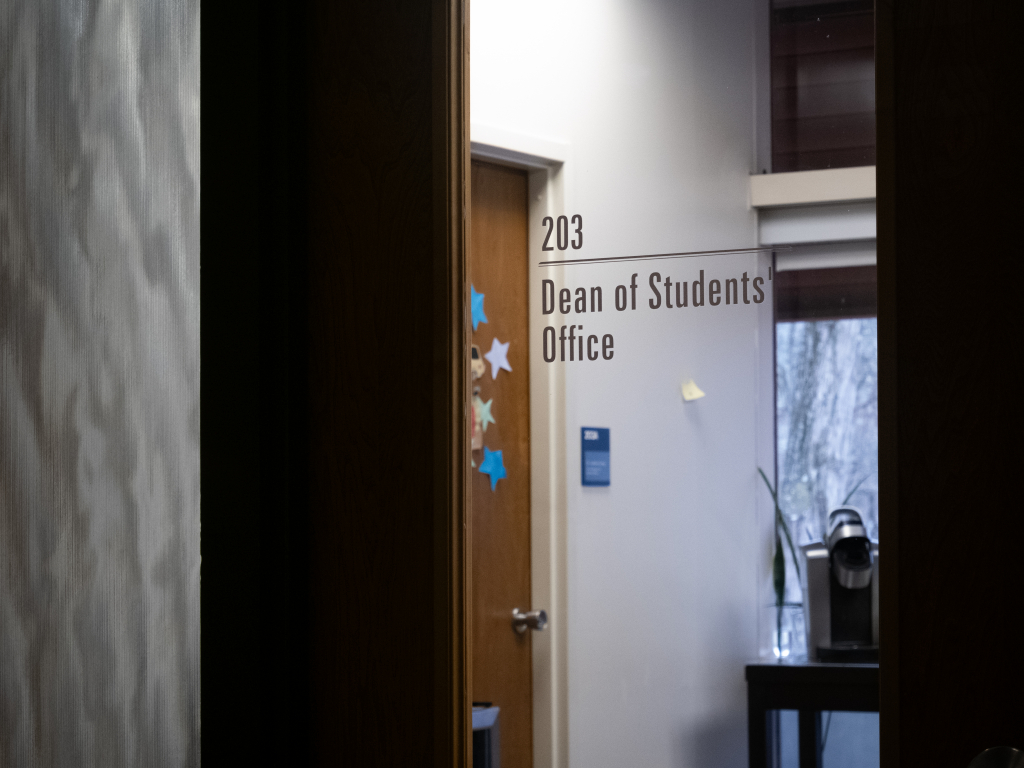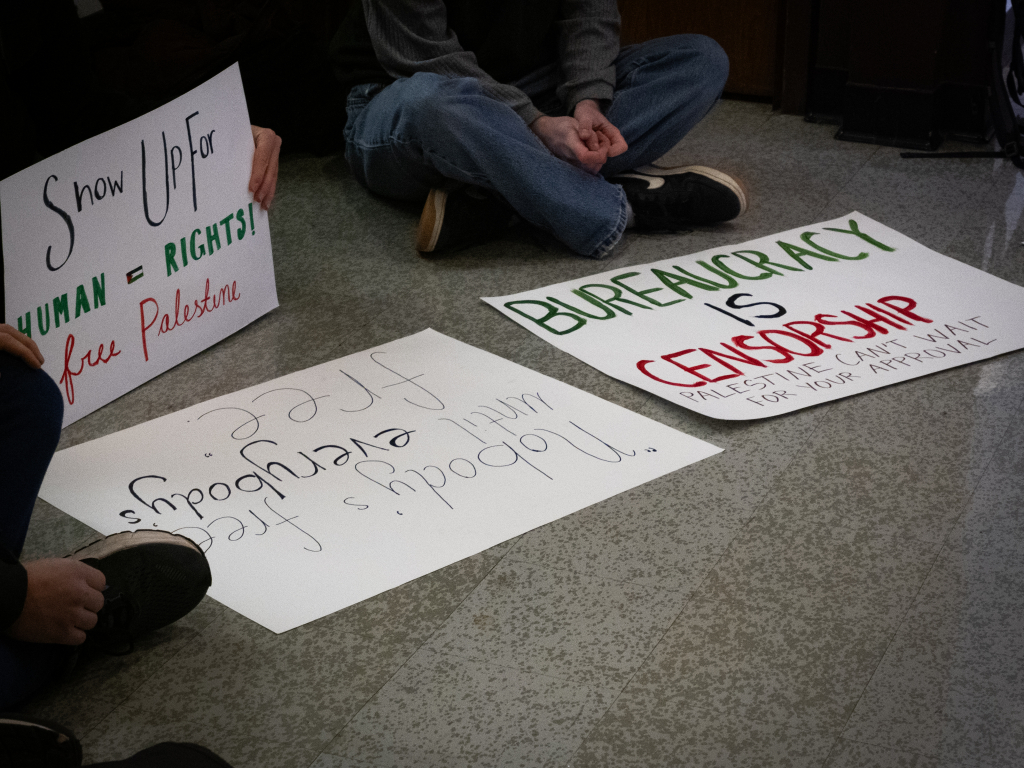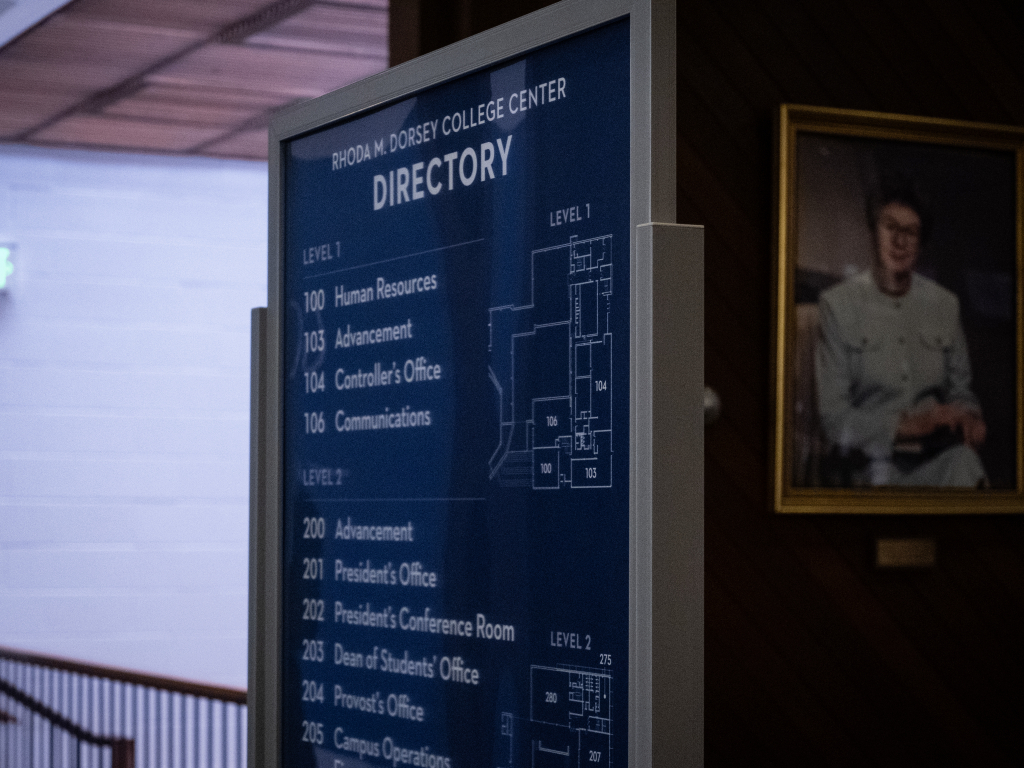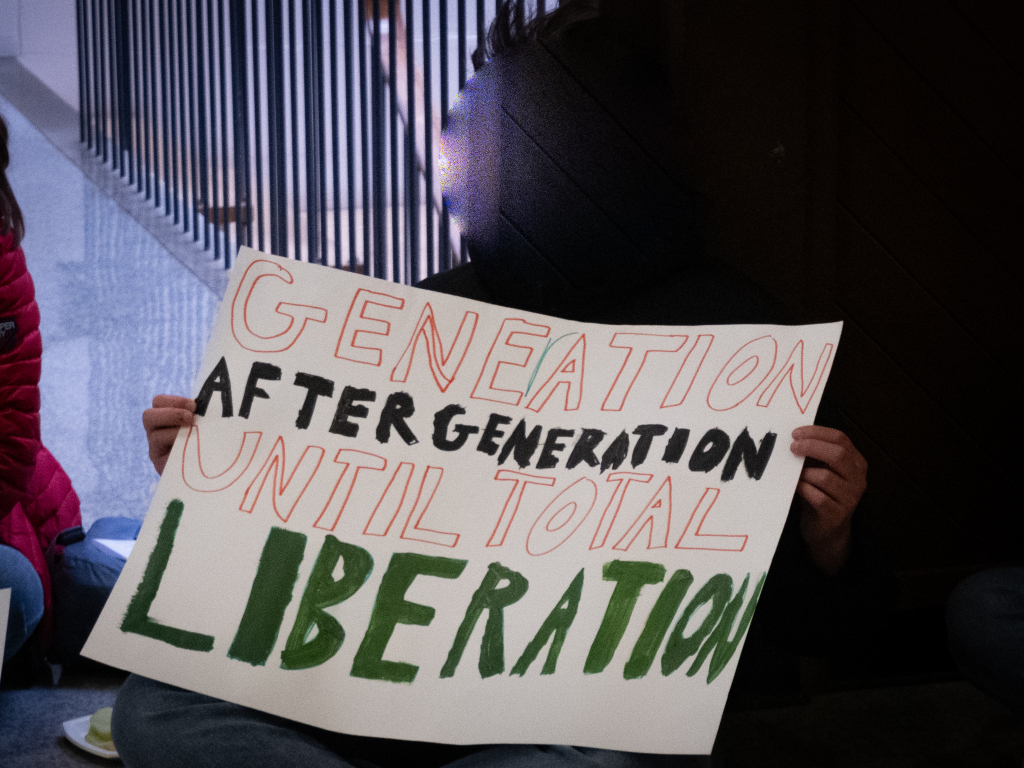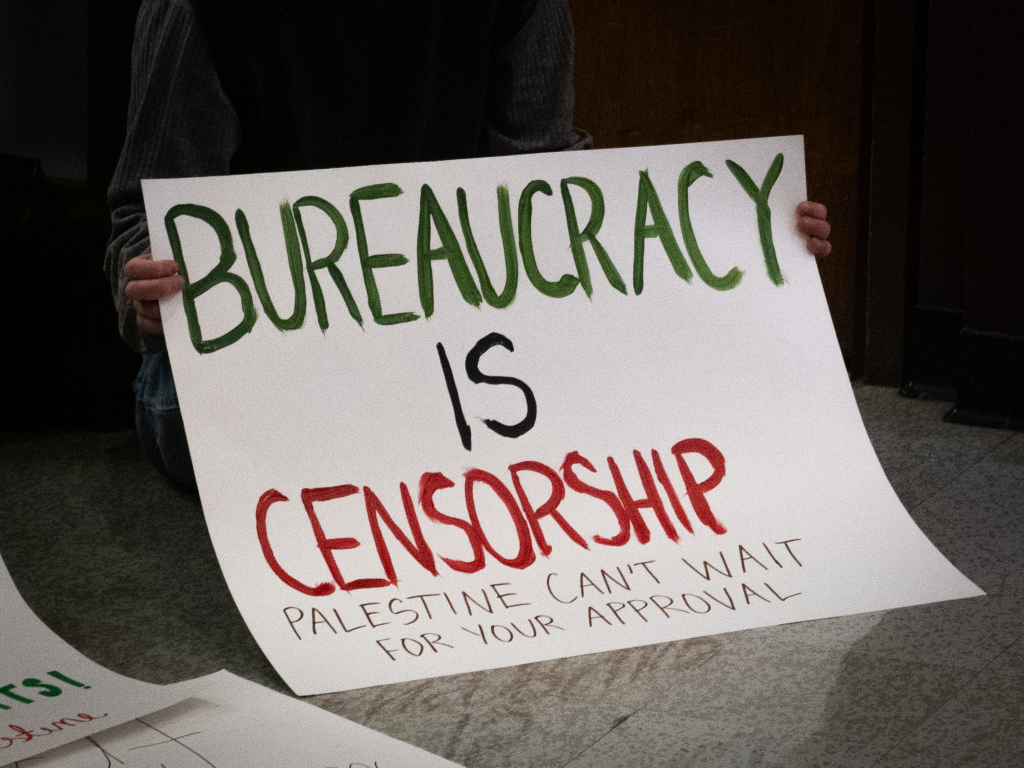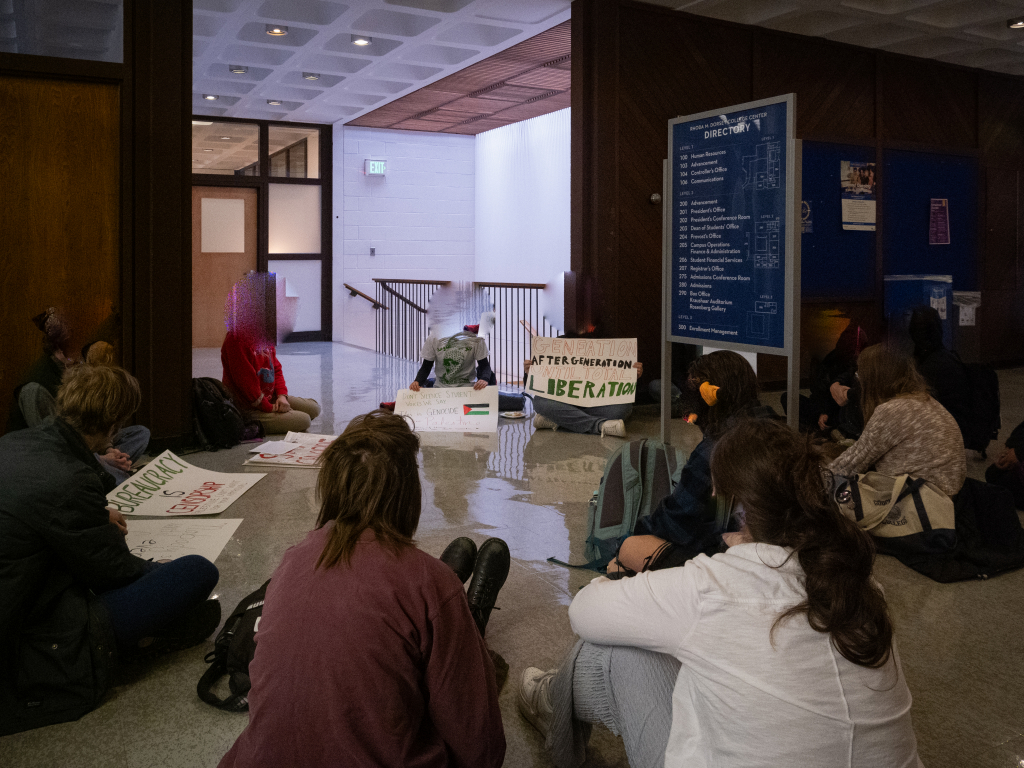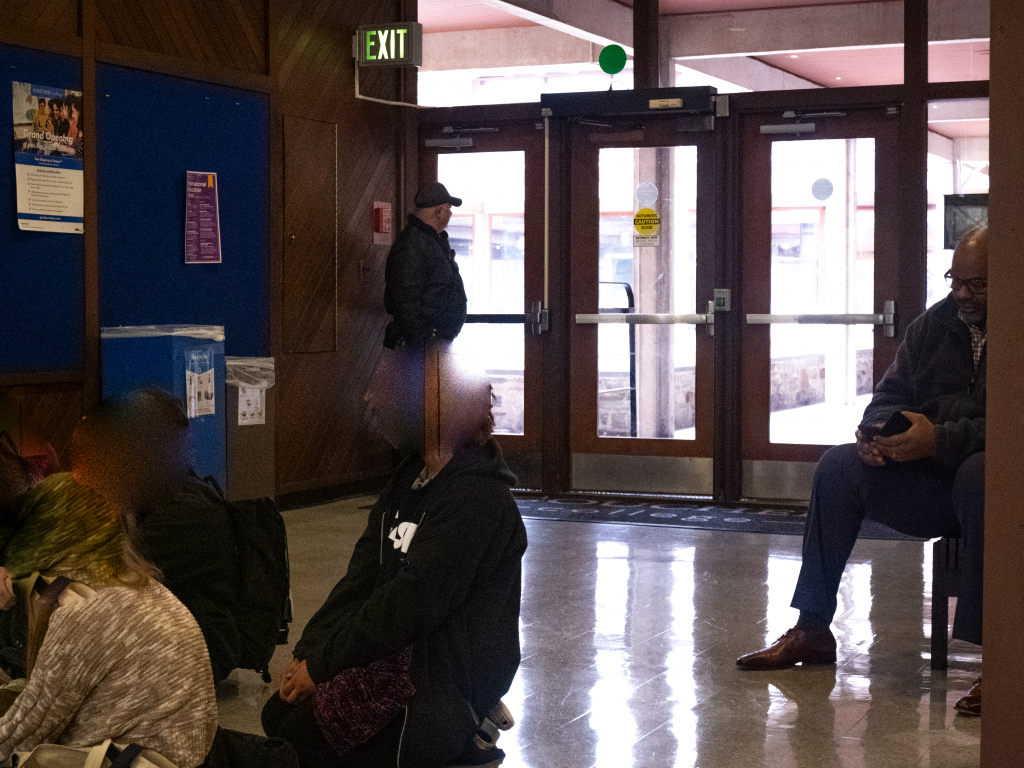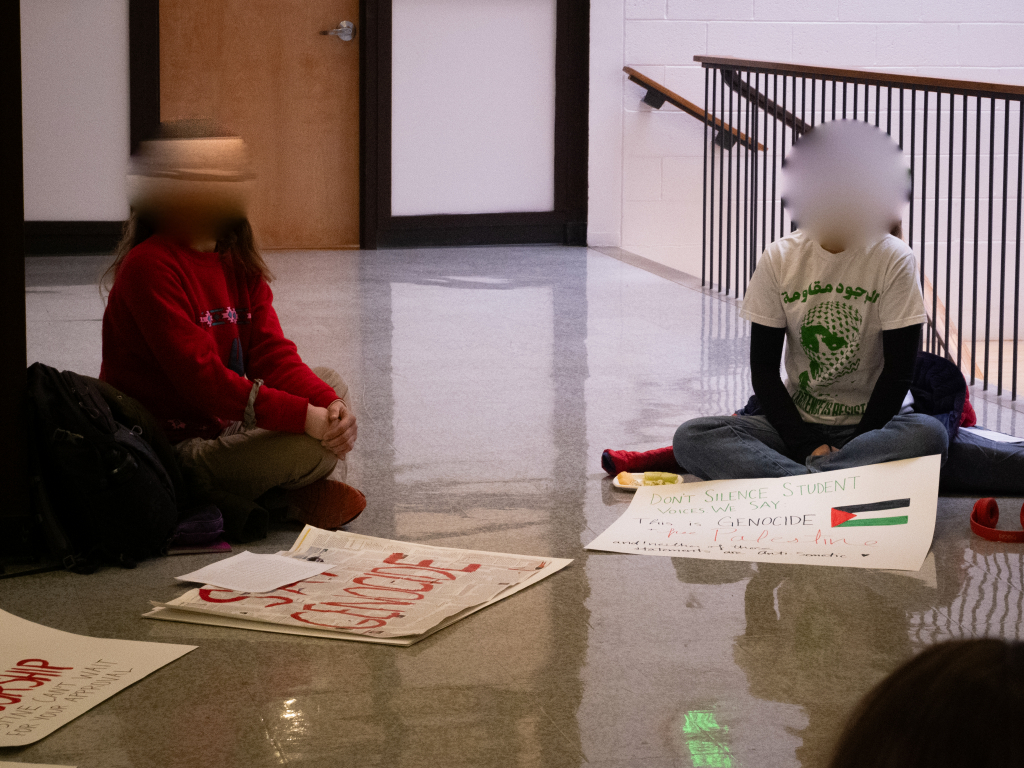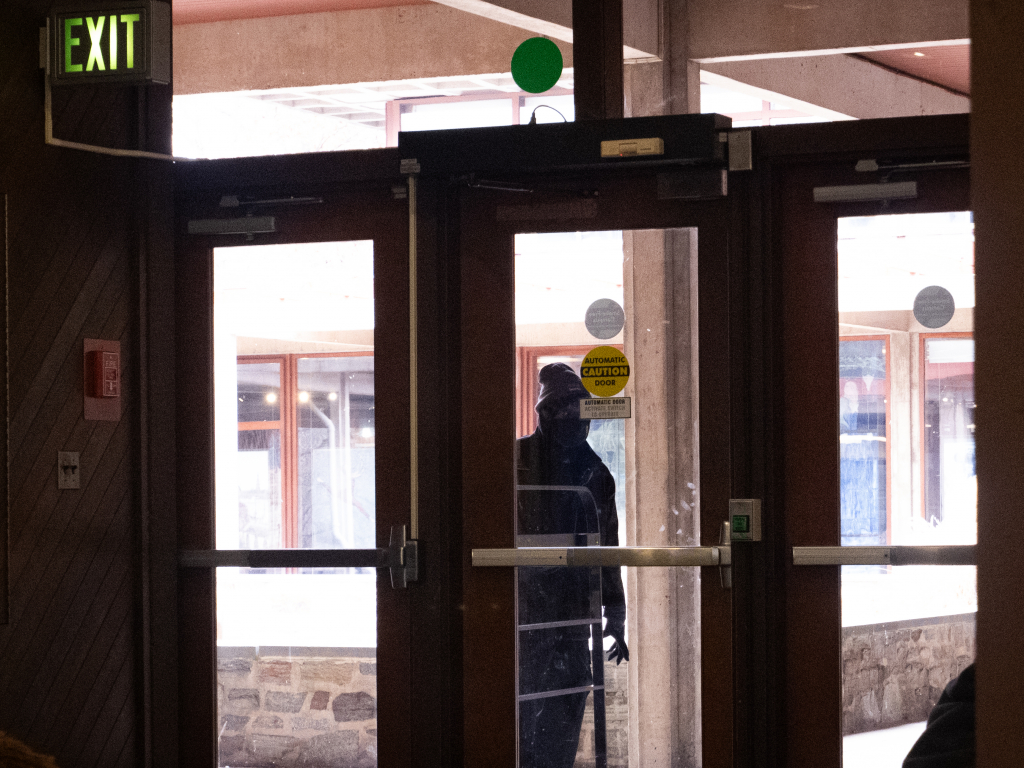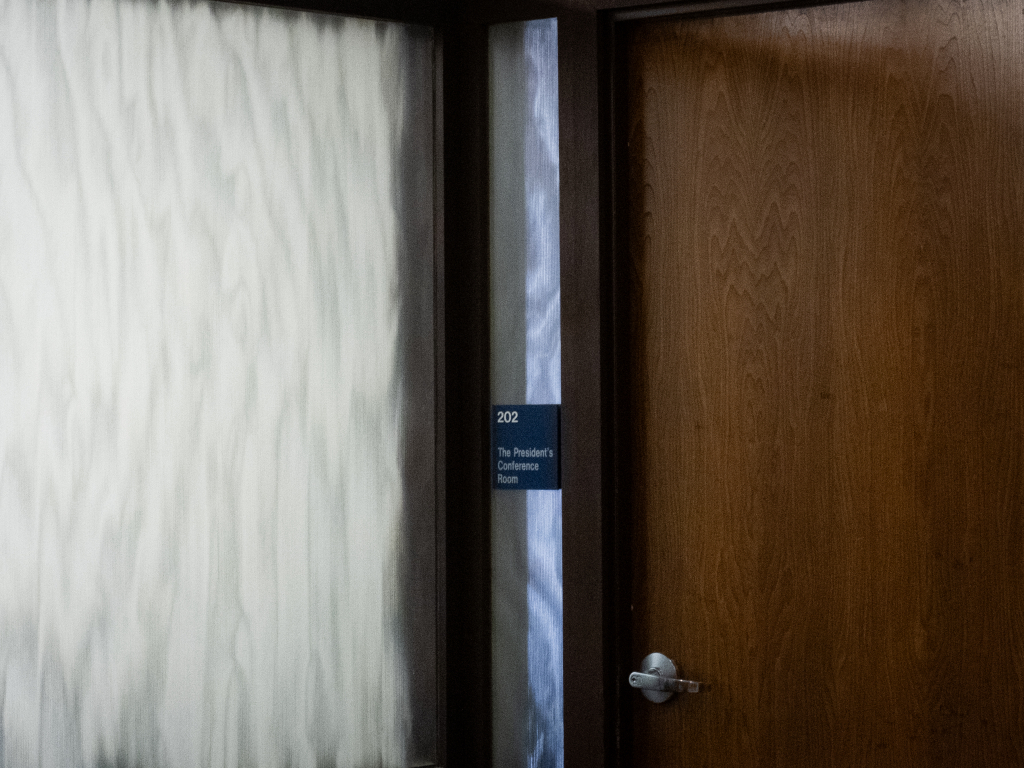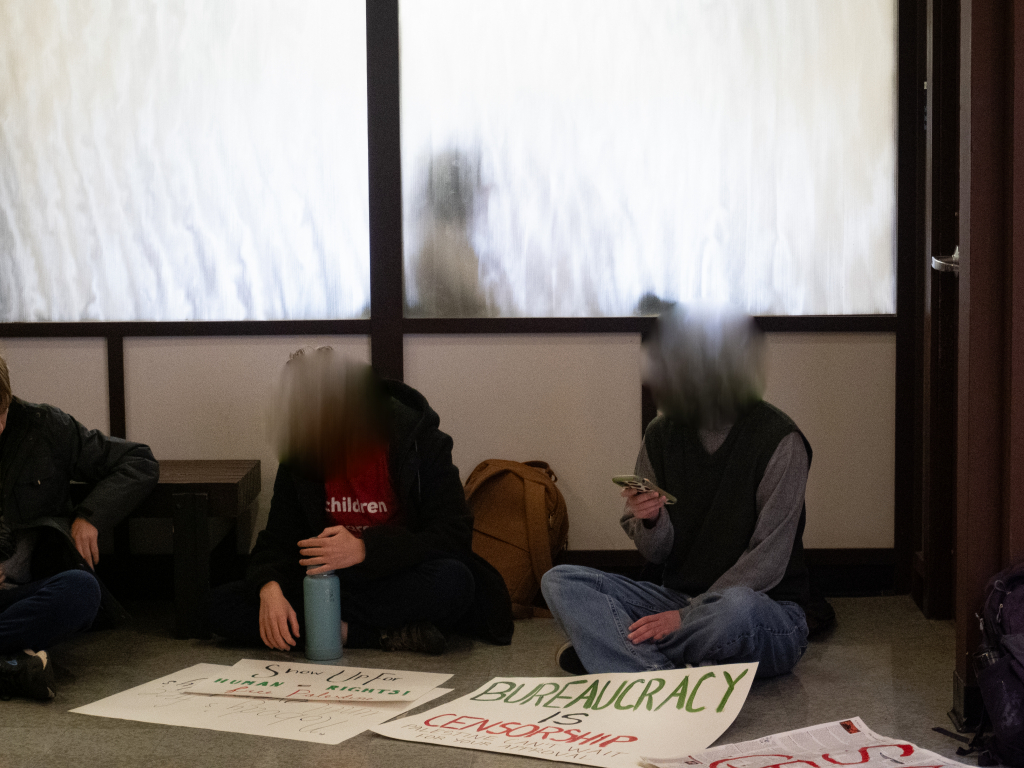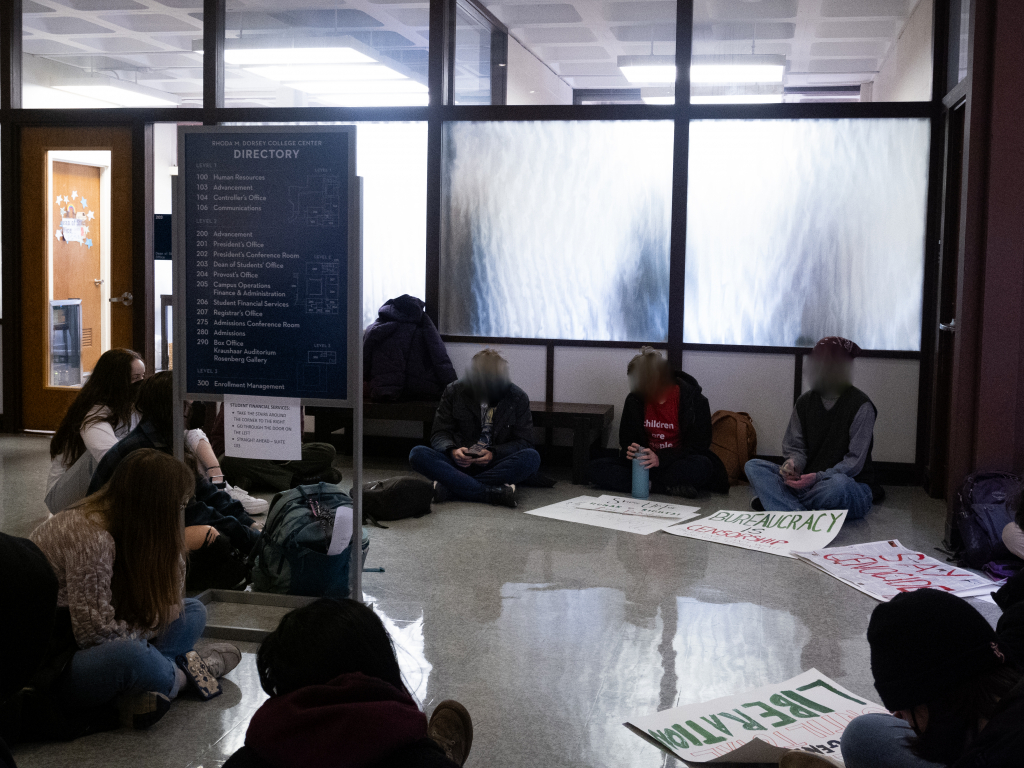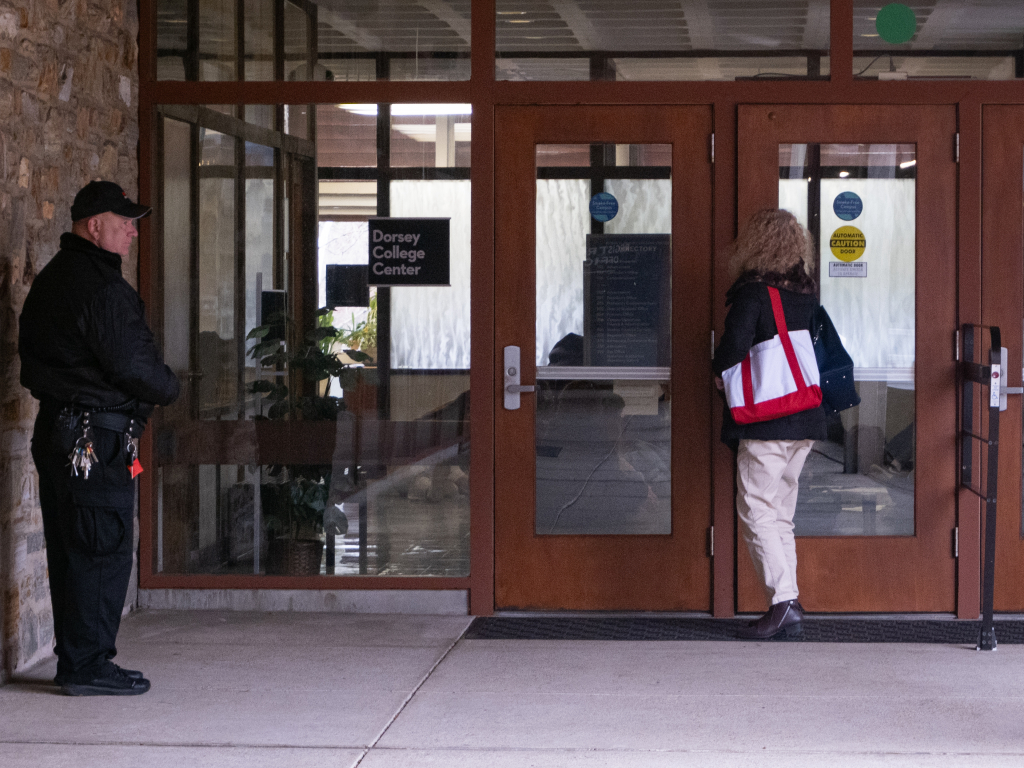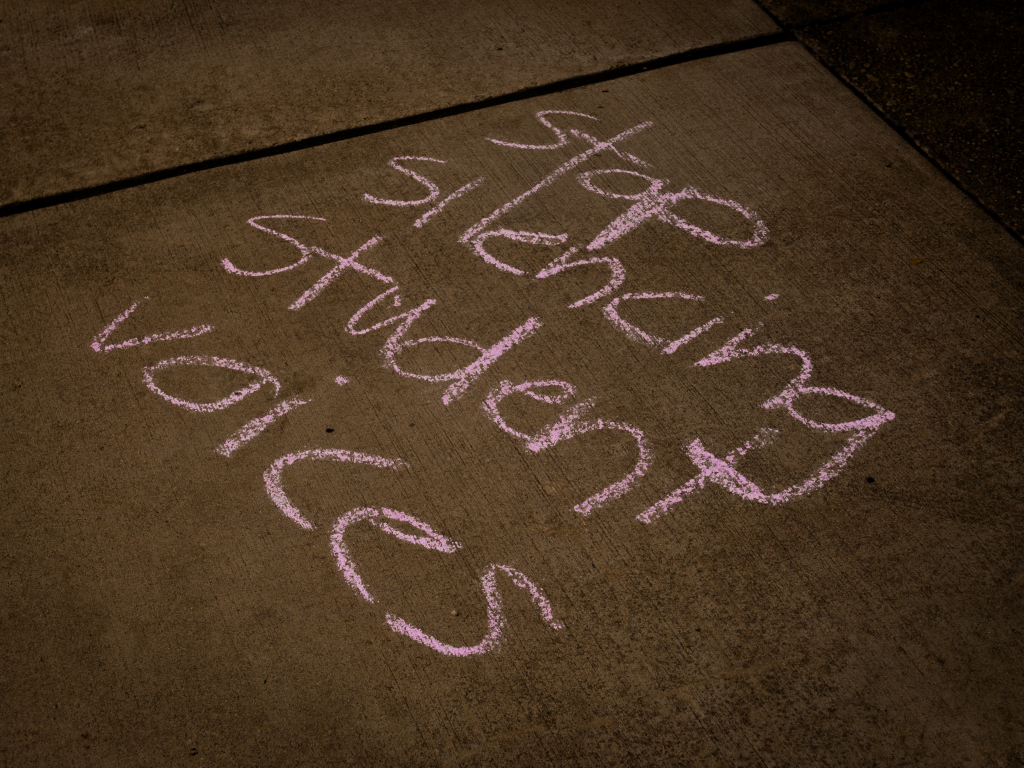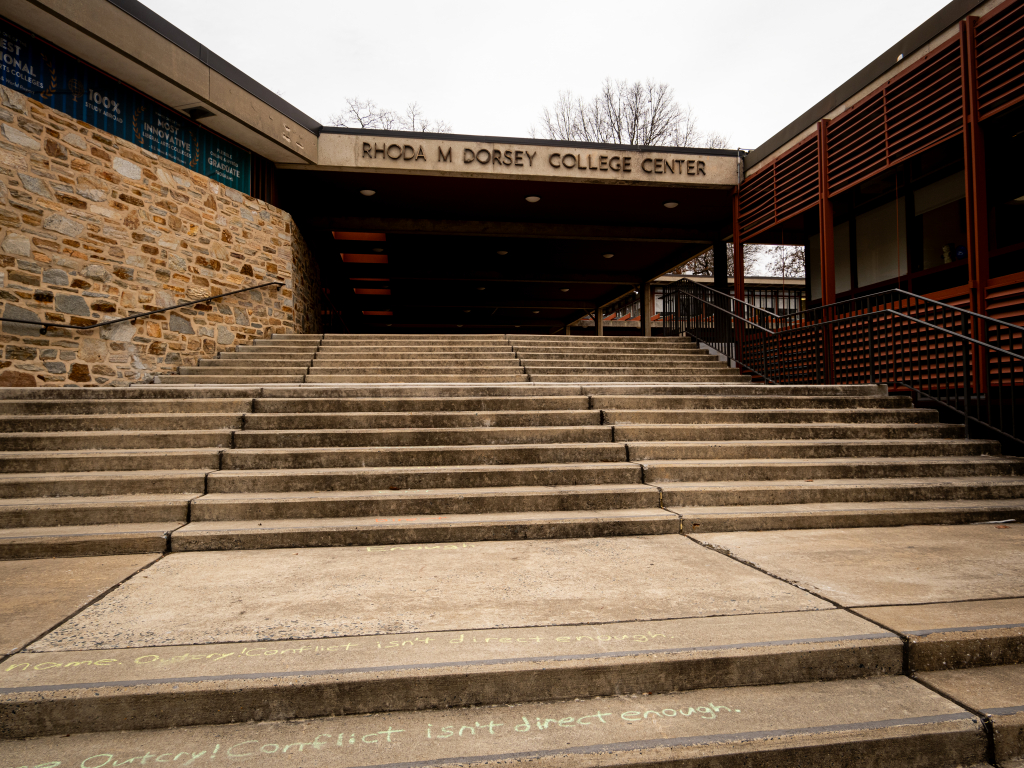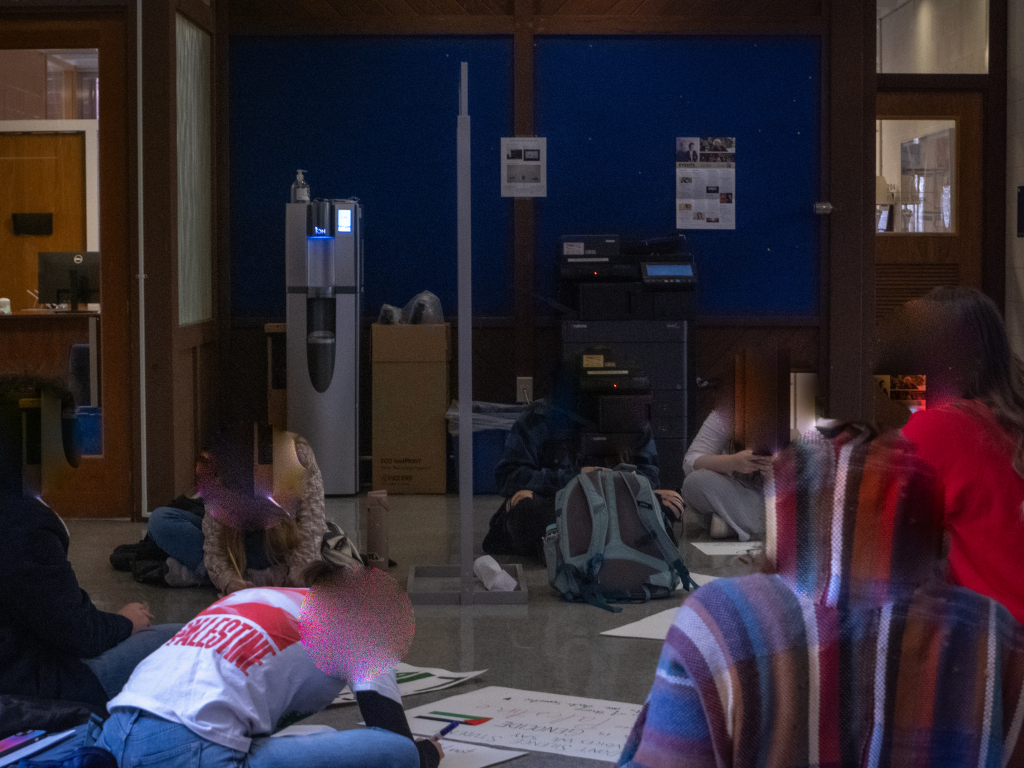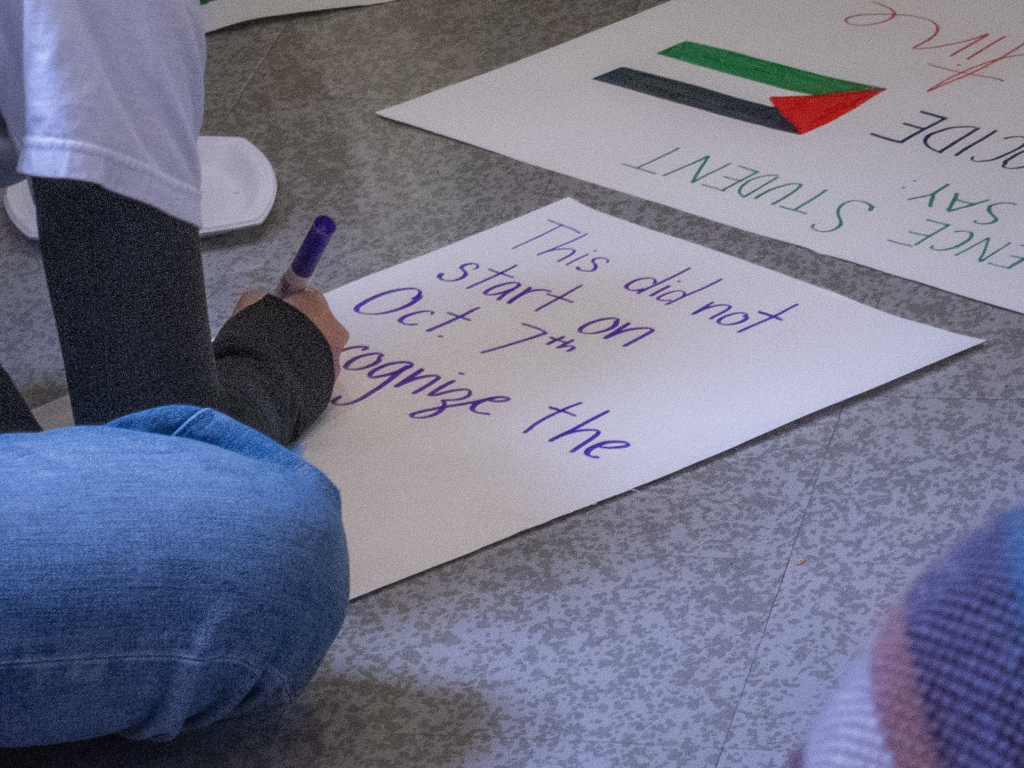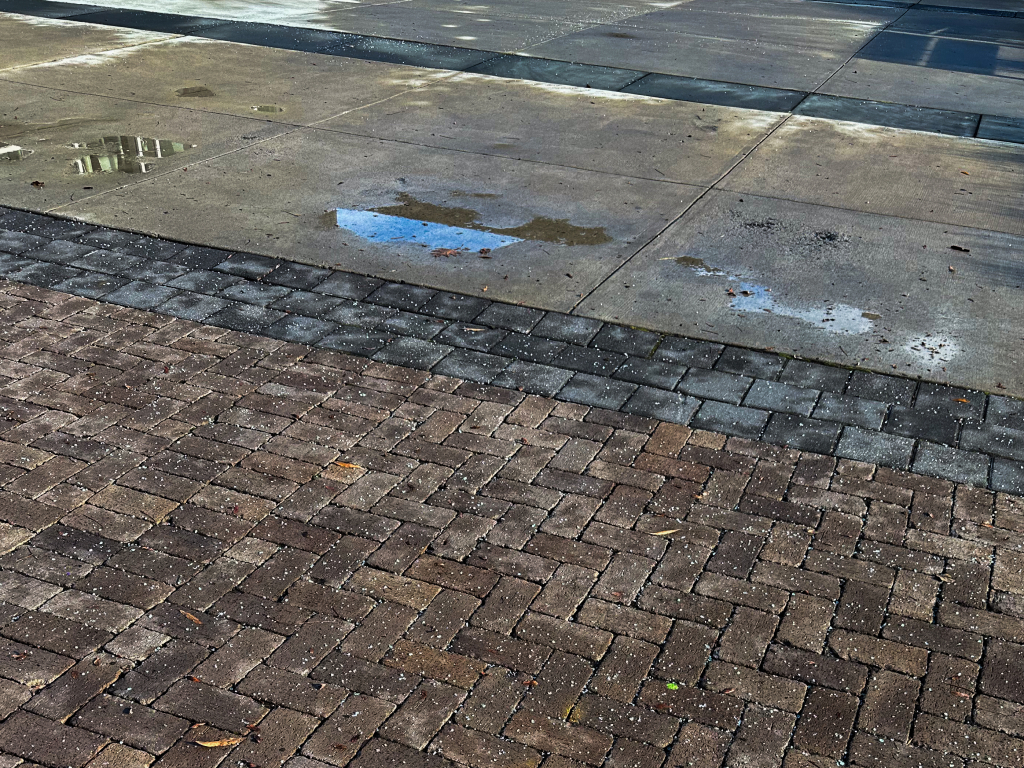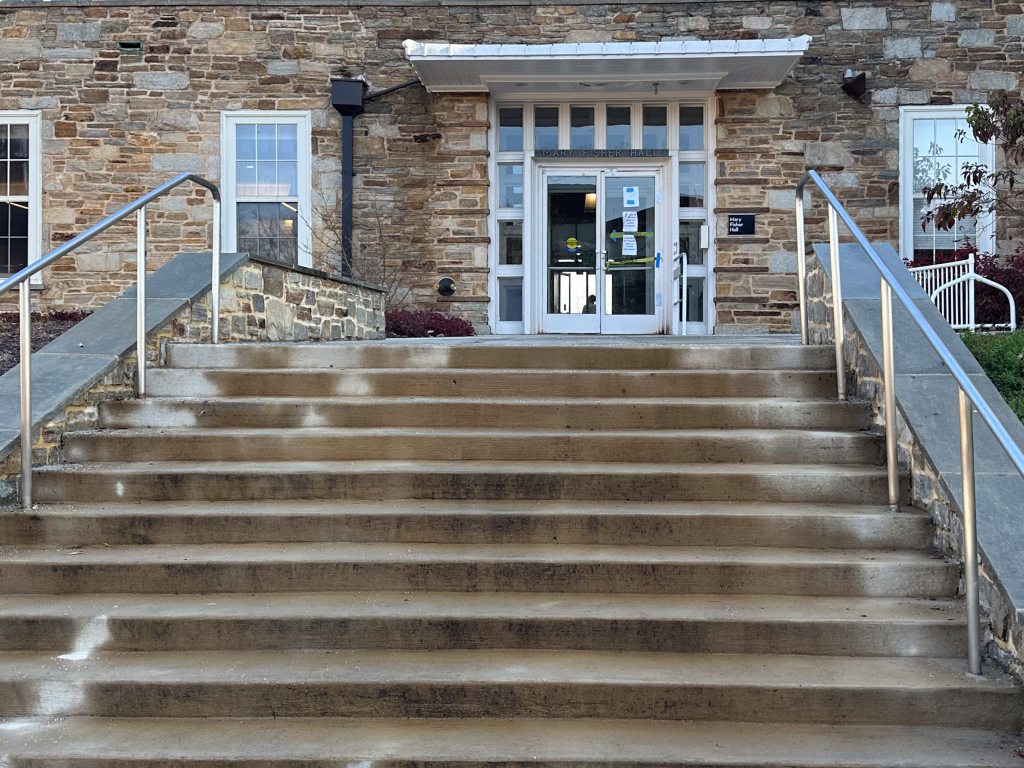I’ll Do It Tomorrow: A Fitting Start for the Season

The fall exhibition season for Goucher kicked off last Thursday, September 19th, with the opening of two exhibitions in both Rosenberg and Silber Art Galleries, as well as the Bond Exhibition Window. I’ll Do It Tomorrow, currently in the Silber Art Gallery, features works by both current and former Goucher faculty members from both the visual and the performing arts departments.
With mediums ranging from photography, painting, sculpture, printmaking, to theater costume designs, the exhibition serves as a showcase of the artistry of Goucher’s faculty, as well as the spirit of experimentation that Goucher embodies. When inquiring about the name “I’ll do it tomorrow”, Prof. Pamela Thompson, one of the featured artists, explained that I’ll Do It Tomorrow evoked a sense of procrastination, which rings especially true with the start of the semester and the rush to ‘set up’ for the months ahead for both students and faculty alike. While the actual reason for the naming of the exhibition remains open for further conversation, I’ll Do It Tomorrow also offers a chance of community-building, as Goucher faculty does not usually do group exhibitions together due to this variance of medium.”


With this variance in medium comes the variance in narration and portrayals. For example, you may see a capture of a real moment as it happens through the medium of photography. Such is the case with Teamsters Responds (2024) from Prof. James Year, which captures organized labor’s response to the use of A.I-driven trucks within California. Artists blend the real world with a touch of the fantastical, such as the portrayal of Baltimore, as recorded by Prof. Jason Austin in City Lights (2024). In the artist’s own words via the exhibition label, “The work is meant to capture the color, speed, and intensity of the city as I interpret it. Baltimore, like any city, never sleeps. The clouds forming shapes and lights below parallel a time lapse for how Baltimore keeps going 24/7 […] [My] aim is to welcome viewers into moments from my life that appear mundane and render it as something far more intriguing […] It could be the people I know, places I visit, or unexpected narratives I create from my imagination. […] This comes from my love of comic books, surrealism and pop art works from artists such as Roy Lichtenstein”.


Other works, such as Drift and Shepherd by Prof. Thompson and Miss You Ten by Prof. Dara Lorenzo, explore the human condition, and the (dis)connection between human and nature. While both go the abstract route, their realm of exploration varies: Miss You Ten portrays the connection between ritual, prose, sharing spaces and the juxtaposition of sensations; Drift and Shepherd, on the other hand, delves more towards the ecological. It investigates the sense of transition and tradition within humanity’s connection to the natural world through the use of the common, yet complex medium of wool. Through this lens, the contrast within the commonality can be thought of as one of the reasons for these works to be displayed directly across from one another within the gallery.
Some works may require more intuition from gallery goers, such as Prof. Rick Delaney’s Forgotten Heroes and the costume design archives from Prof. Allison Campbell (retired summer 2024). In observation and combination with material in the exhibition label, Forgotten Heroes asks, how does the excluded parts impact the composition? It does this through digitally altered photos of seemingly empty rooms of a USAF veteran from the Korean War. The artist statement noted that “although he had been digitally removed from the slides, there is also a sense that he had also been removed from history.”

Costume designs from the archives of Prof. Campbell explore the hypothetical inevitability of the metaphor of “sometimes you have to wash in blood.” This concept became one of the guiding threads for these designs, an interpretation of the conflicting groups within the tragedy of The Bacchae. The costume designs for Goucher’s production of Euripides’s The Bacchae in 2004 are featured in this piece.

Some, like Prof. Christina McCleary with Xenogenesis, and Prof. David Friedham with Fantastic Creature, delight gallery goers with their similarity in process. Xenogenesis speaks of the desire to create and communicate, and Fantastic Creature was based on drawing as “a way of looking and thinking” (according to Prof. Friedham’s artist statement). Both artists place a strong emphasis on both the sensual aspect of the creative process, as well as the inclusion of the element of play. When discussing the process, Prof. Friedham noted that “[some] things can only be thought with the hands.” When discussing the element of play, Prof. McCleary wrote in her exhibition label that “I strive to communicate with people not through words, […] but through the senses and the act of play. Play is disarming, engaging, thought-provoking, and fun. It is an underrated mechanism of communication.”


By Jamie Nguyen ‘25










